
In the Western Cape province of South Africa, you’ll find one of the oldest settlements in the country. Around 75 kilometres from Cape Town is Franschhoek, a small town with a population of not much more than 15,000. But despite its size and somewhat remote location, tucked in between the mountains of the Franschhoek Valley is an automotive gem.
The privately-owned Franschhoek Motor Museum is home to an amazing collection of cars, motorcycles and automotive memorabilia, spanning over a century. At any given time you’ll find around 80 cars on display in the museum, but this collection is actually home to more than 200 vehicles spread over four dehumidified buildings and a total floorspace of 2,700m².


Some of the cars that weren’t on display during this visit include a 1994 McLaren F1, the original Rothmans Porsche 956 driven to victory by Jacky Ickx and Jochen Mass in the 1983 Group C World Endurance Championship, as well as an original Ford GT40P – chassis #1048 to be exact – which was the last genuine GT40 to have competed at the 1971 Le Mans race. Add to that a Mercedes-Benz 300SL, a McLaren M6GT and a March 78B, and you’ll have some idea of just how impressive this collection is.
The museum is split into a few different sections. There’s Antique, which focuses on vehicles built before 31 December, 1904; Veteran, for vehicles built between 1 January, 1905 and 31 December, 1918; Post-Vintage, which covers the period 1 January, 1931 through 31 December, 1945; Post-45, for vehicles built between 1 January, 1946 and 31 December, 1960; and then finally Post-60 for everything newer.
The First Automobiles
Even the oldest vehicles in the collection are kept in pristine condition. Above is the museum’s 1903 Model A, a beautiful example of the first car ever produced by the Ford Motor Company, as well as a Oldsmobile Curved Dash, which was built in 1904 and hailed as the world’s first mass-produced car with over 19,000 units built. It’s crazy how these first cars were basically horse carts with a steering wheel and an engine…
The museum is also home to a 1911 Ford Model T, a car that brought many advancements to motoring, like a multi-disc clutch and a torque tube drive to the rear axle.


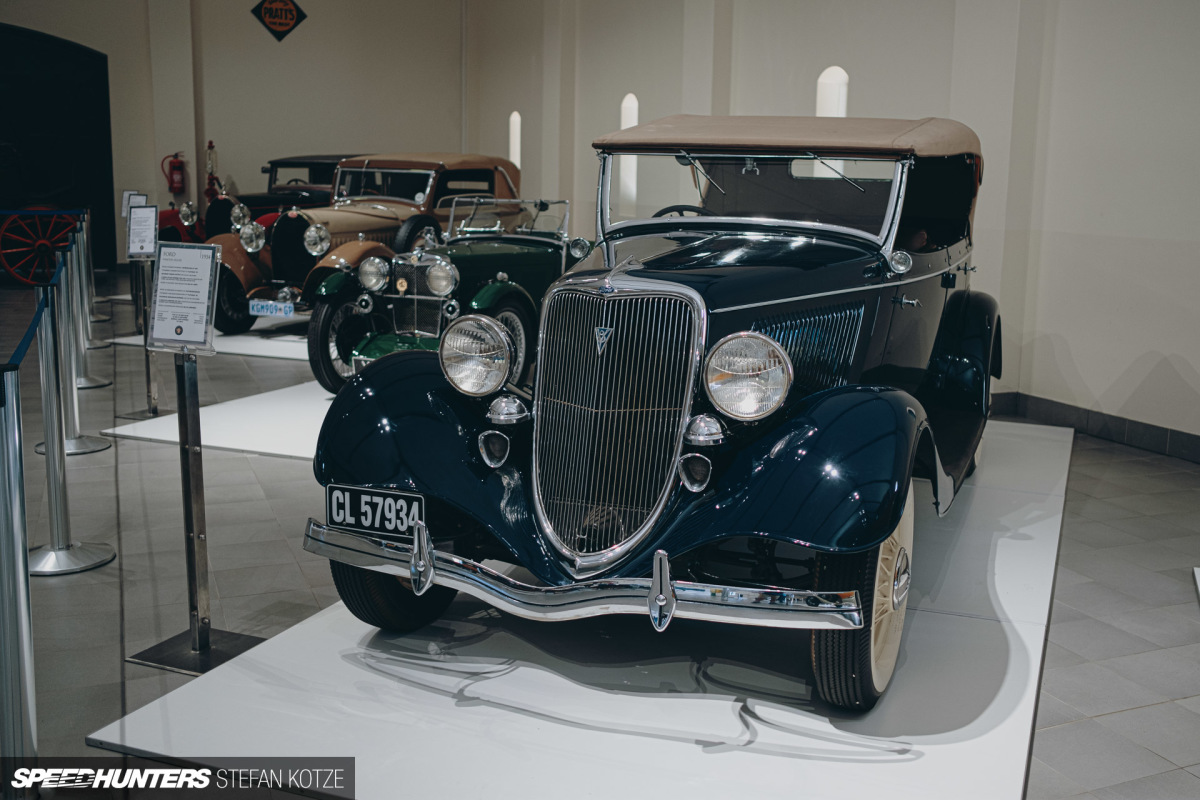
Although I don’t really fancy vintage machines, I still find it interesting to compare them to their modern counterparts, just to see how far the automobile has come.
That beautiful blue Bugatti is a Type 23, and it was developed from the 1910 Type 13 race car – the first ever Bugatti built at Molsheim. After finishing 1-2-3-4 at the 1921 Italian GP for Voiturettes in Lombardy, it became known as the Brescia. Its engine was also one of the first overhead cam designs.
There are many other stunning vehicles in the collection, including a 4.5L Bentley 4 1/2 – a model that could do 150km/h – and a Rolls-Royce Silver Ghost from 1915. Similar examples of the navy blue 1934 Ford Phaeton Deluxe have sold for upward of US$60,000 in recent years, but something like that Bugatti Type 23 is far more valuable with auction prices of US$200,000 achieved.

When you’re done looking at the cars themselves, there’s plenty of memorabilia and little scale model cars to check out too.
The Bigger Is Better Era
The 1930s to 1950s era was a really interesting one for cars. Manufacturers were going big and bold with oversized panels, larger lights and lots of chrome. They weren’t afraid to take risks and push the boundaries.
Take this 1936 Cord 810 convertible for instance. It had a distinct coffin-shaped bonnet, big pontoon fenders, hidden headlights, front-wheel drive, independent front suspension, and even an electrically-operated semi-automatic transmission – real revolutionary stuff. This was also the time when cars started running superchargers and using large eight cylinder engines.


I don’t need to say much about that Alfa Romeo 6C, except that it is quite beautiful. I wonder if it has the same reliability issues that Alfas have become so well known for…
The silver Lancia Aprilia was one of the very last cars designed by Vincenzo Lancia, and he died just before it was put into production. The Aprilia’s body design didn’t just come from the pen; a wind tunnel was used to make it as aerodynamically efficient as possible.
Towards the end of the 1950s, cars were becoming a little more compact again. The 1959 Auto Union 1000 had a small 980cc engine, while the 1950 Opel Olympia featured a 1.5L unit.

You can’t chart automotive history without mentioning the Volkswagen Beetle/Type 1, which was built from 1938. This particular car is a 1952 example.
That little yellow number is not known by many people, but in 1957 the Protea became South Africa’s first production car. Only 20 were ever built and they utilized Ford 100E running gear.
Moving Into Modern Times

Moving into the 1960s, we start to see more recognizable cars, like an Alfa Romeo Spider and Volvo 122S.
The baby blue roadster is a GSM Dart, which was another South African car. The Dart was GSM’s first production model and used a variety of engines including those from the Ford 100E and 105E. A few were even specced with 1.3L Alfa Romeo units nestled into a ladder-type chassis with transverse springs at the front and coil springs at the rear. The Dart featured an open two-seat fibreglass body, but a hardtop version with reverse-slanted rear window – which later Fords also exhibited – became an option.
The Studebaker Avanti is a weird-looking car made famous for breaking 29 records on the Bonneville Salt Flats.

Not many people know of this ultra-cool car, but you might’ve seen a Ford Mustero on Fast N’ Loud as Richard Rawlings of Gas Monkey Garage owns one. Just 50 examples of the Mustero (a Mustang-Ranchero hybrid) were built, all conversions being carried out by Beverly Hills Mustang.
This specific ’66 car was restored with a Shelby GT350 specification in 2007, complete with a stroked version of Ford’s small block V8. It also won the Cartier ‘Style Et Luxe’ category at the 2014 Goodwood Festival of Speed.
Three different green machines, but each one unique. The Morris Cooper S 1275 is a little pocket rocket famous for winning the Monte Carlo rally three times. As a side note, some of these cars were assembled in Blackheath, South Africa by Leyland SA.
The Jaguar E-Type needs no introduction and was even dubbed by Enzo Ferrari as “the most beautiful car ever made” upon its release in 1961. It was also really quick with a 150mph top speed and a 0-60mph time of under seven seconds.
When you think of a big old Cadillac Coupe de Ville, you immediately think of the lowrider scene. Snoop Dogg owns a customised one called the Snoop de Ville.


Here’s some more Alfa Romeo splendour, this time in the form of a GTV 1750 and the very odd-looking Montreal, which had a stunning 2.6L V8 tucked away under the bonnet. It might be an unusual Alfa, but it has also become quite collectible over the years, with some examples already having been sold at auction for over US$100,000.
The Ford Capri Perana was also quite a special car. It was built by Basil Green Cars, who took standard Capris and beefed them up by adding, among other things, a Ford Windsor V8. Officially, the Capri Perana was only sold in ‘Bright Yellow’ and ‘Piri Piri Red’, but some cars were painted in different colours. Basil Green’s own Perana was, naturally, green. Around 20 of these cars were built, so they’ve also become quite valuable over the years.

Although a few of the collection’s racing cars weren’t on display at the time I visited, these three beauties were.
The first car is a proper one-off creation built by Don Tout – a 1953 Peugeot Hillclimb Special built on a 1930 Peugeot 402 chassis. It has a 2,142cc engine and its supercharger is a modified cabin blower from a World War II Merlin 76 aircraft engine. It has a Cotal electric preselector gearbox, and many of the car’s components were sourced from other makes.

Then there’s the gorgeous Team Gunston Chevron B25/3, fitted with a Cosworth-developed 1.8-litre FVC engine. B25 chassis #3 was purchased new by the South African Rembrandt Group and was one of three similar cars used by Team Gunston in local racing driven by Ian Scheckter, John Love, Roy Klomfass and Guy Tunmer. John Love was quite a famous local racing driver from neighboring Rhodesia (now Zimbabwe), most notably as a six-time South African Formula One Championship (not to be confused with the F1 championship) winner.
Pictured in the display case are Love’s driving gloves, as well as the bent steering wheel from his accident on 7 August, 1971 in the Surtees Ford T9 during the Sporting Club’s 25th Anniversary Trophy at Kyalami.
Lastly, there’s the Ford Tyrrell 007/1. This car, chassis #1, was driven at the 1974 Spanish GP by South African Jody Scheckter. In the following races, Scheckter won the Swedish and British GPs and set the fastest race laps in France and Germany. He finished third in the Drivers’ World Championship, and the team finished third in the Constructors’ Championship.
The car was then sold to Lexington Racing for Jody’s brother Ian to drive in the 1975 South African F1 Championship, during which he won six of the nine races to take the title.


This DB2/4 Mk.2 Spyder, the second of only three ever made, is one of the most beautiful Aston Martins I’ve ever come across. It was shown at the 1956 Paris Motor Show and its Superleggera (super lightweight) bodywork was built Carrozzeria Touring. Engine-wise, it runs an enlarged version of the Lagonda 2.6-litre. This particular car is a multiple concours d’elegance event winner in the US.

There was also another stunning Aston Martin on display – the DB4 GT, of which only 75 were produced – along with a immaculate Alfa Romeo 2000 Spider Touring. A trio of Porsches were shown: A 1965 912, 1979 930 Turbo, and one of the best modern Porsches ever made, the Carrera GT.
How about some ’80s nostalgia with a DeLorean DMC-12.



No proper collection could be complete with a few Ferraris, and the Franschhoek Motor Museum has a number of them.
And yes, it includes an F40 and a 288 GTO. You also can’t forget the Enzo, which was pretty much as close as you could get to an F1 car for the road when it was launched. Any car that carries the company founder’s name can only be special.


The F50 never really received the cult status that the F40 achieved, but it’s actually an amazing car. The 4.7L V12 is absolutely sublime.
599 GTOs are worth a ton of money today, and are basically a road-going 599X. Ferrari has produced only two other models with the GTO designation: the 1962 250 GTO and the 1984 288 GTO.
Then there’s the one with the very odd roof design, the 575 Superamerica. The electrochromic glass panel roof which rotates 180° at the rear to lie flat over the boot is not the nicest looking thing.

When you’re done drooling over all the beautiful machinery at the Franschhoek Motor Museum there’s an on-site café where you can grab a snack and look over more memorabilia, racing posters and vintage racing books.
If you plan on making a trip to Cape Town in the future, it will definitely be well worth your time to make a turn at this museum. And while you’re heading there, be sure to skip the freeway and take the route via the Franschhoek Pass. This is the epic road that Mad Mike drifted his BADBUL Mazda RX-8 on for Red Bull’s Conquer The Cape film.
Stefan Kotzé
info@stefankotze.com
Instagram: stefankotzephoto
www.stefankotze.com















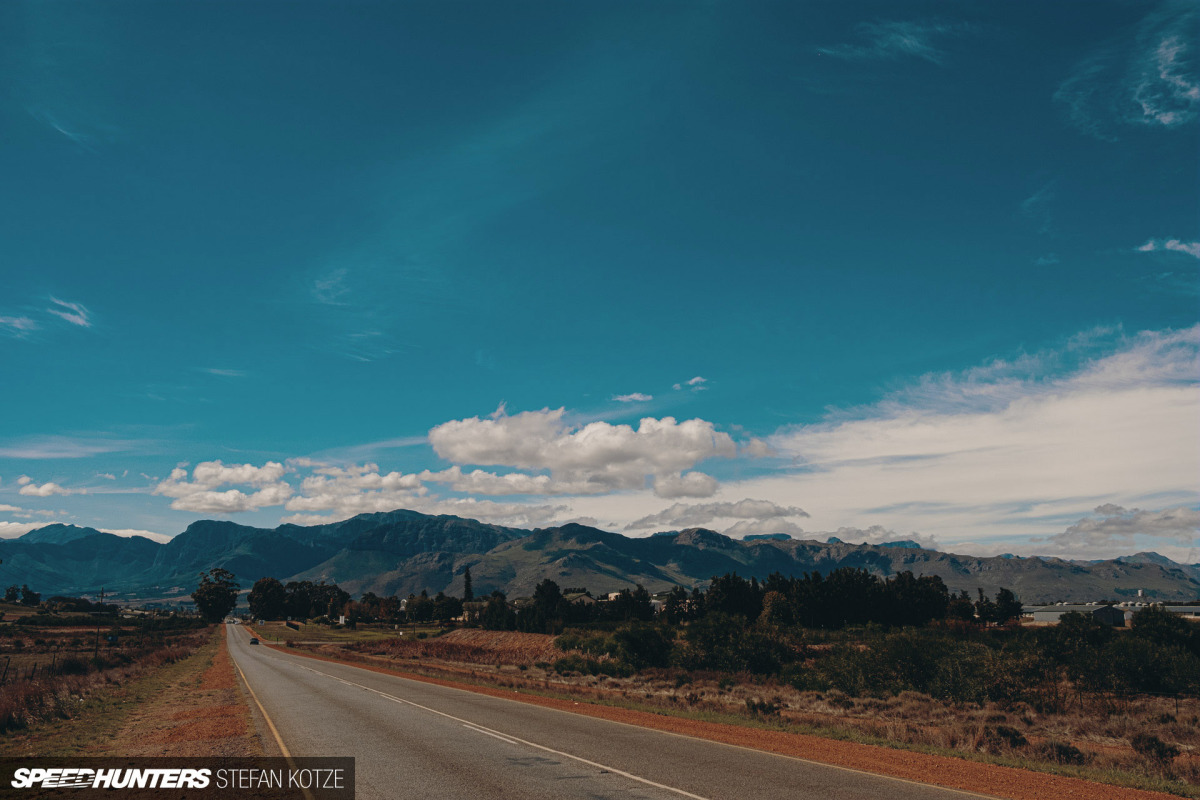
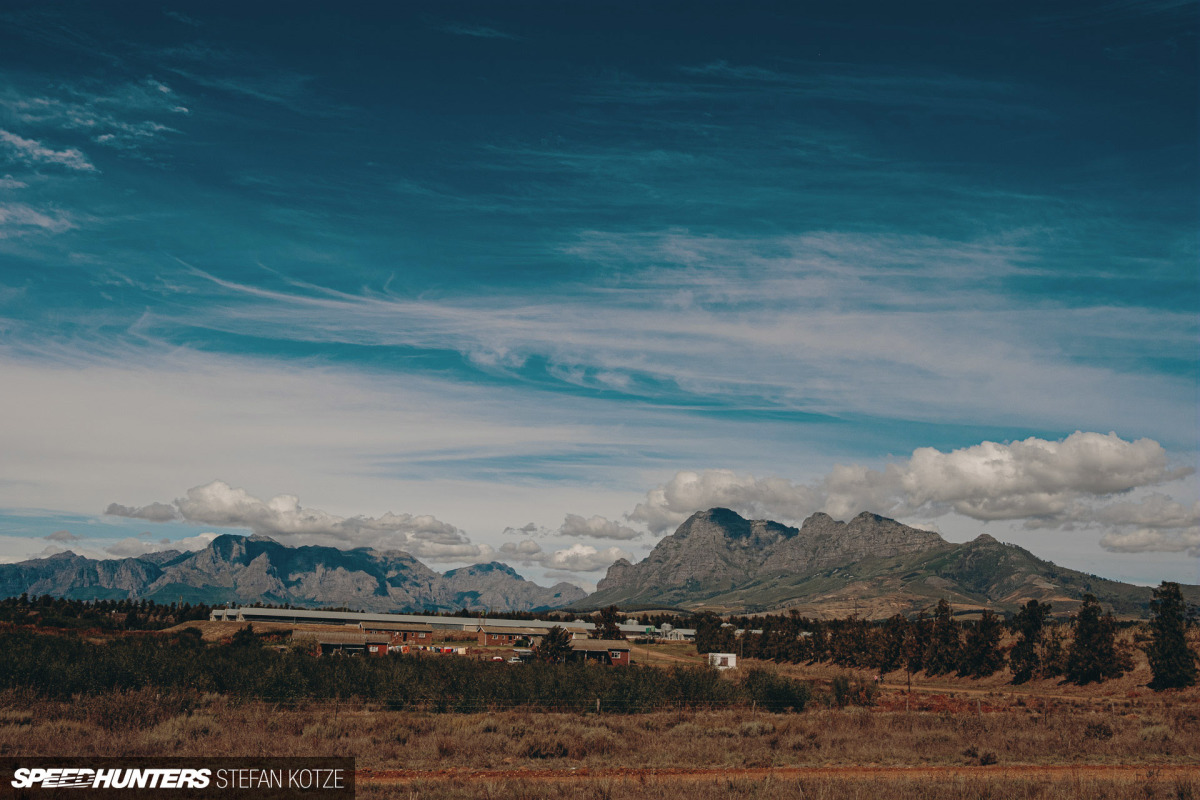
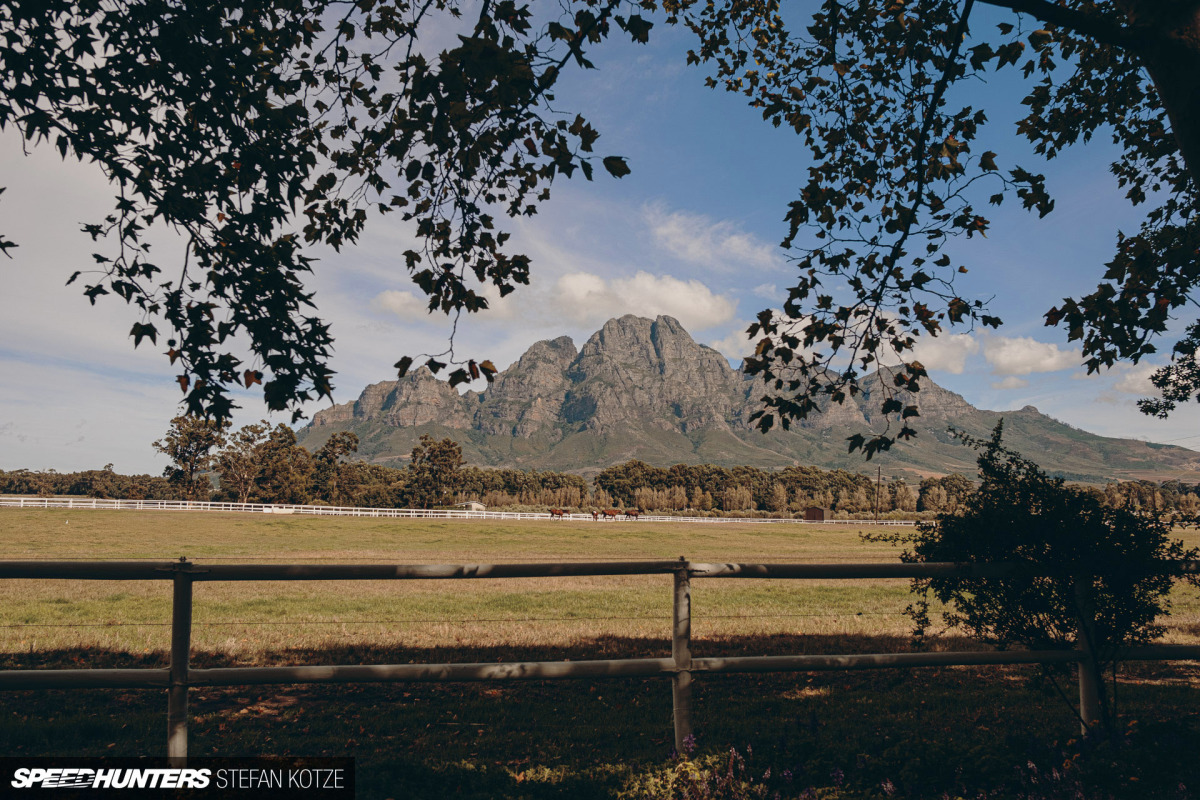
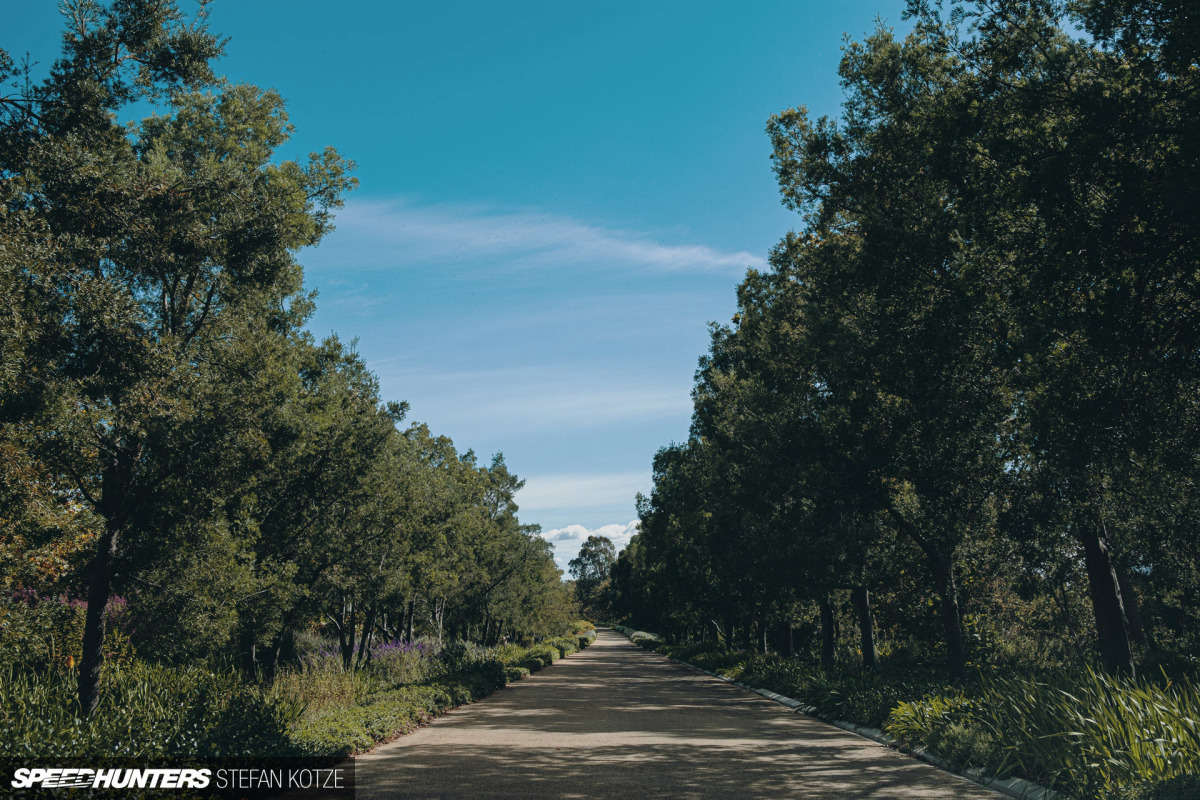
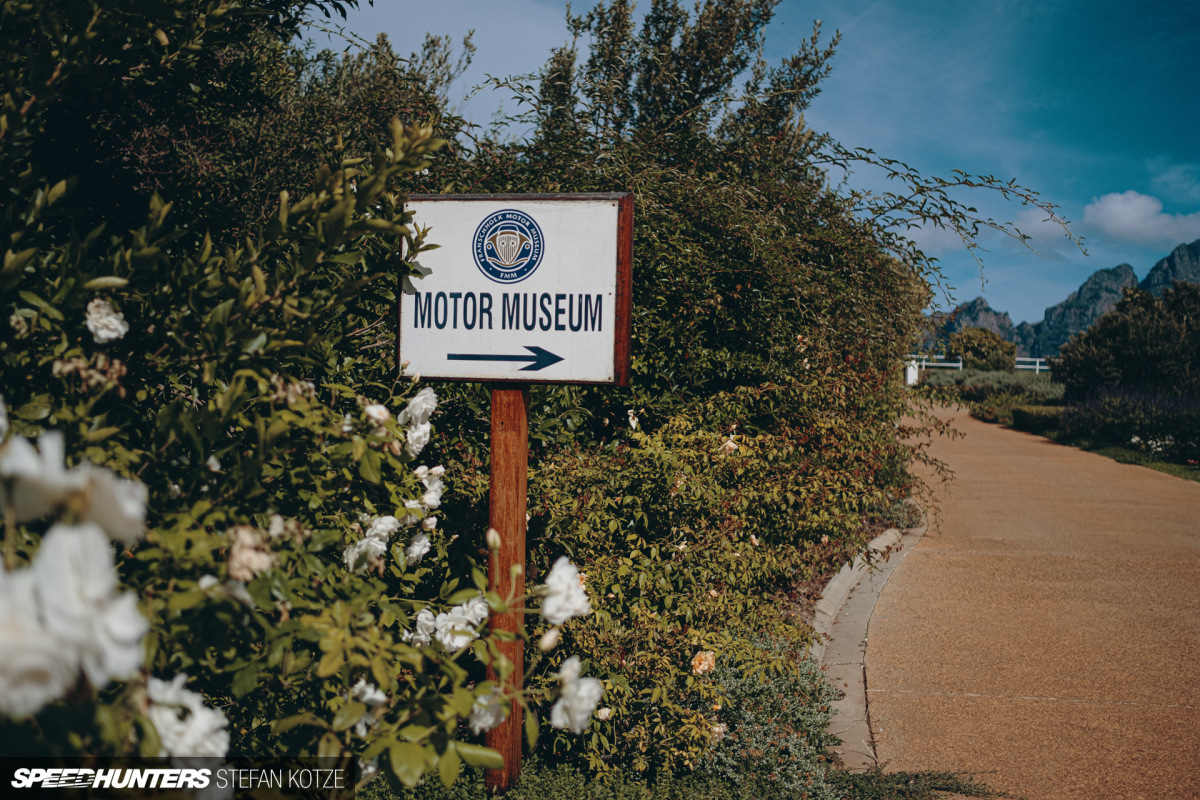
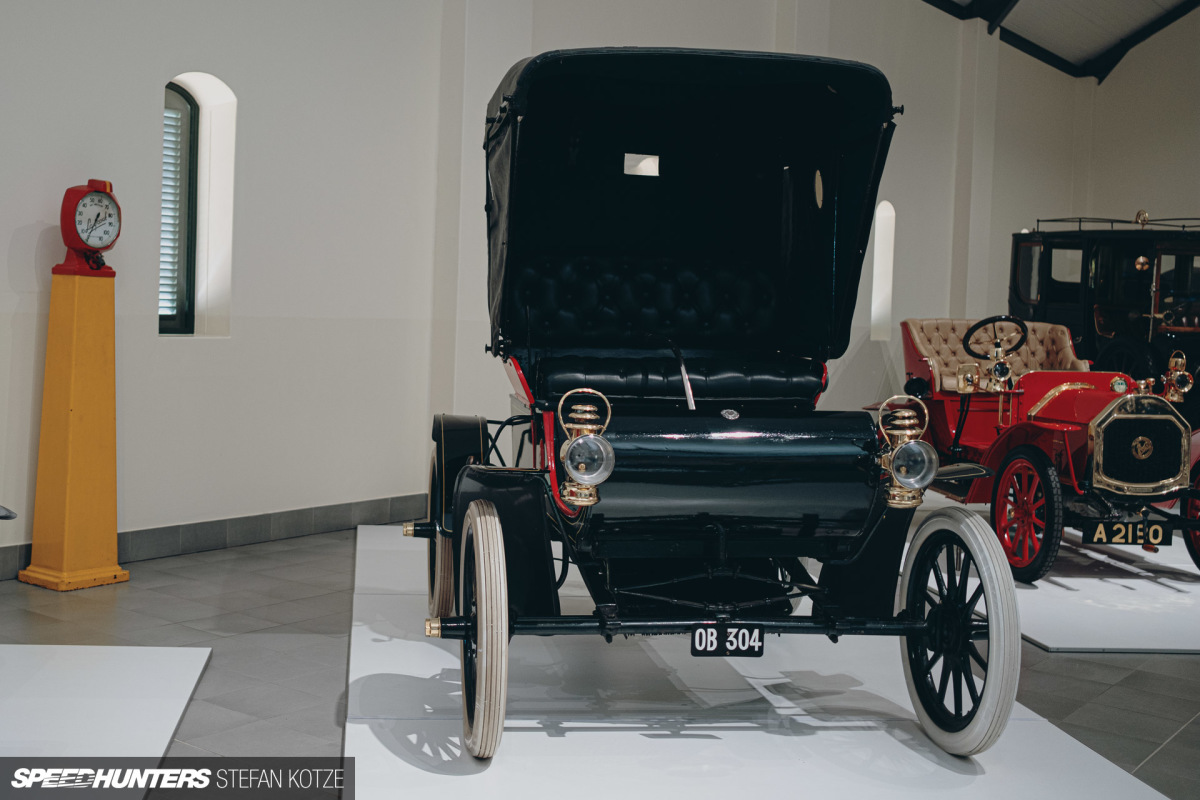
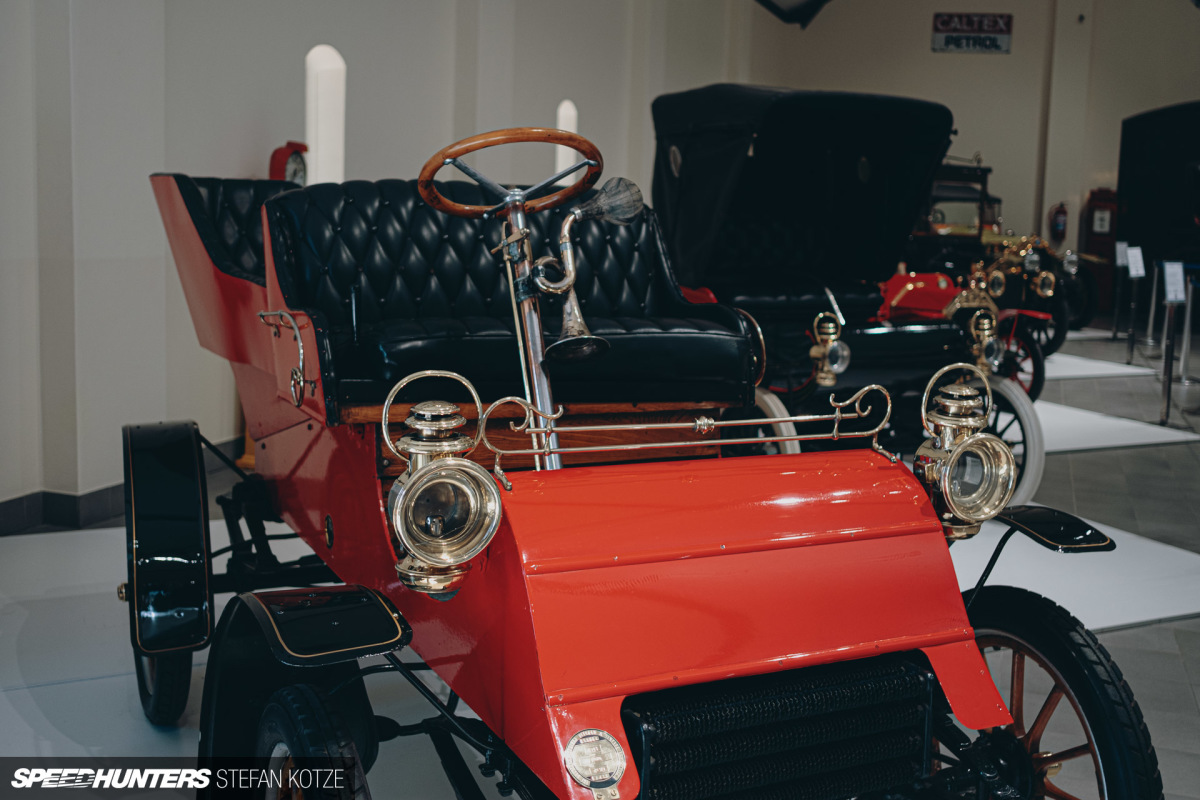
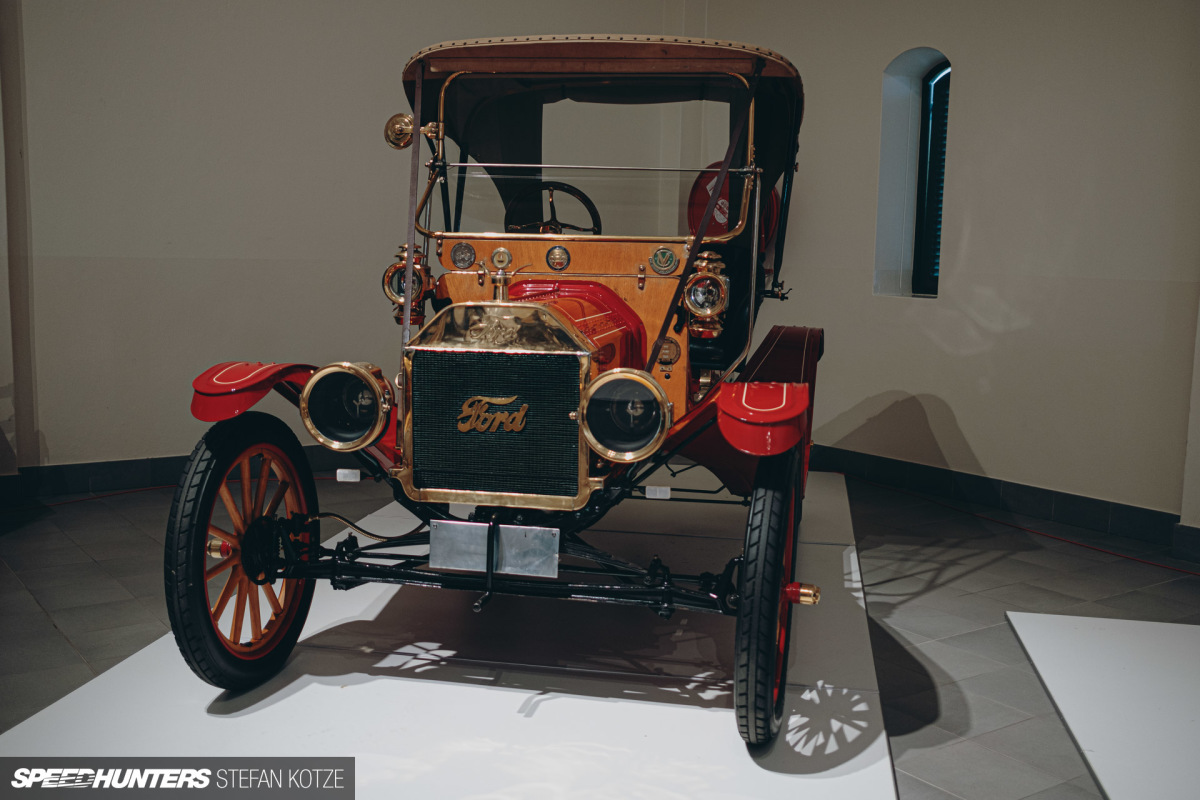
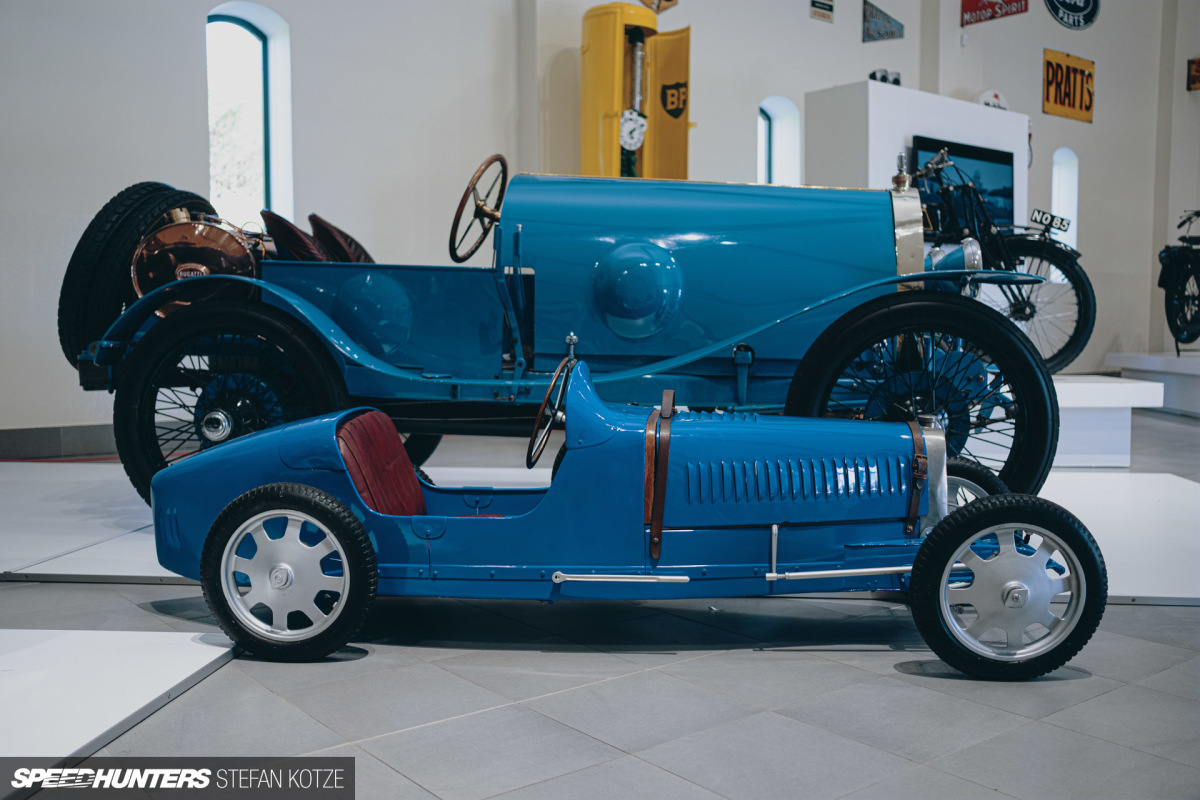
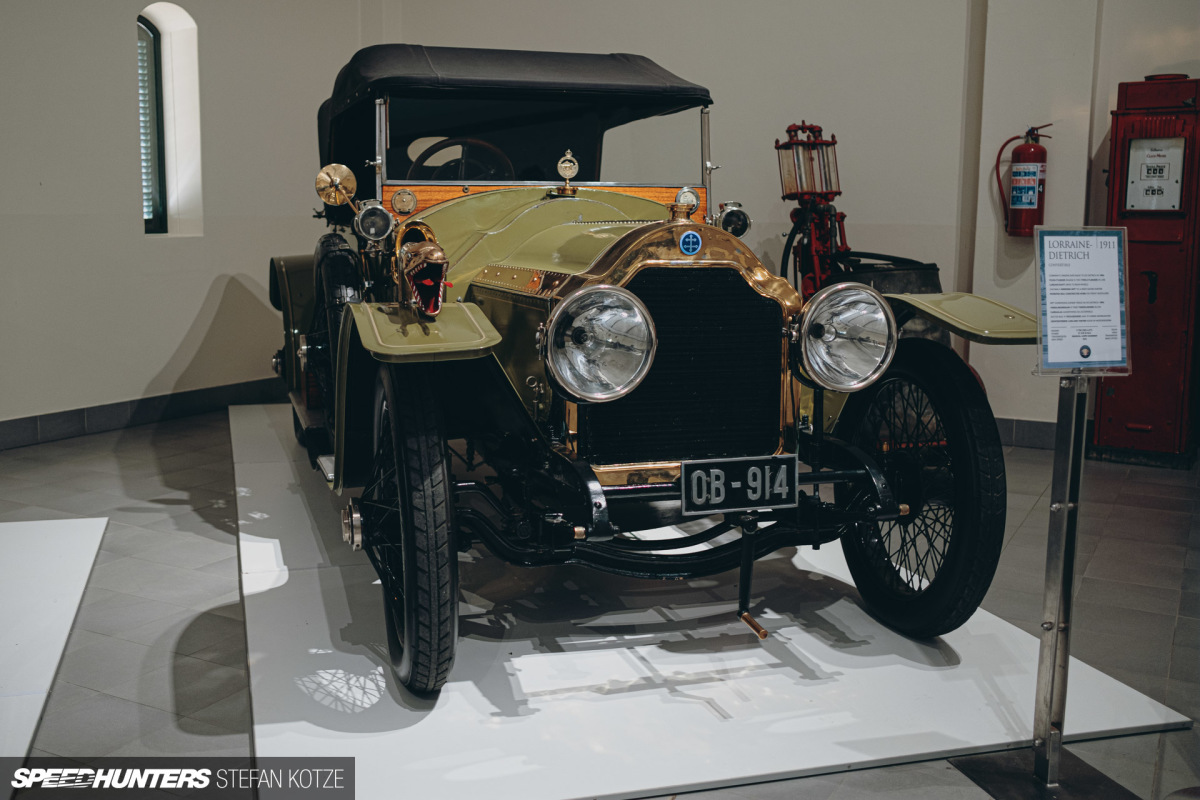
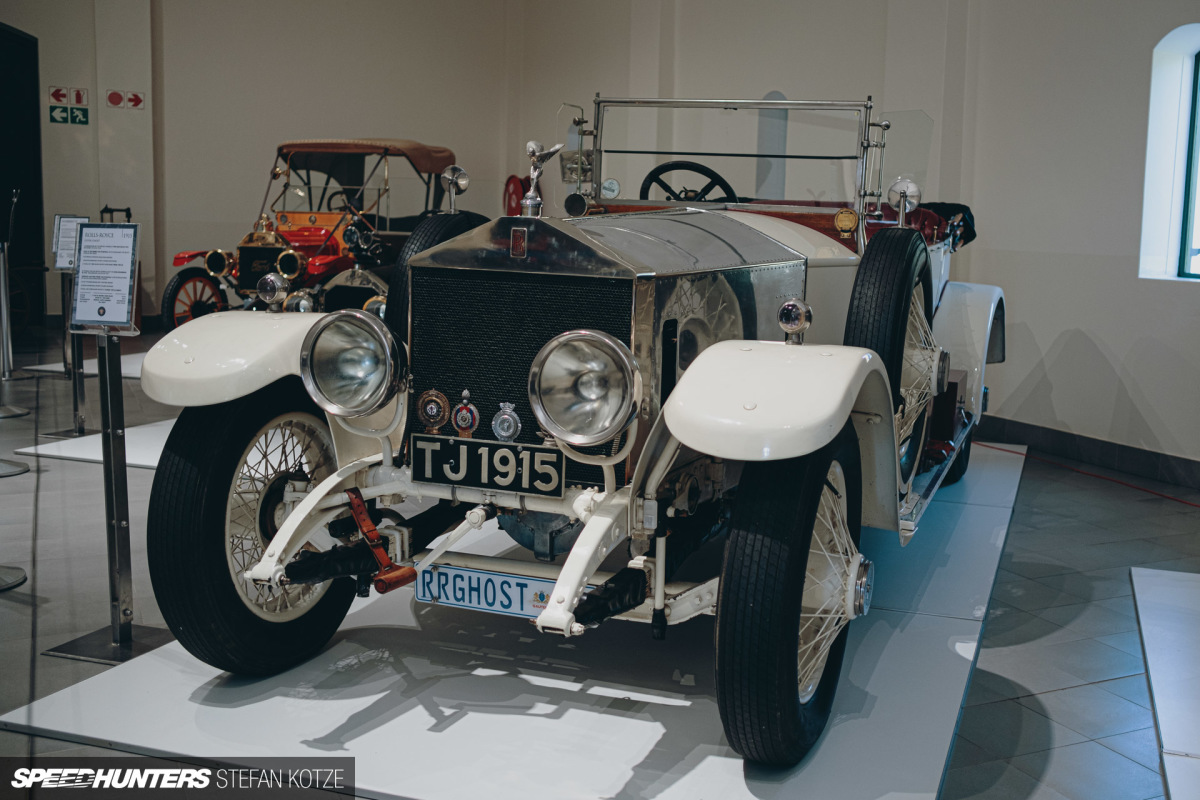
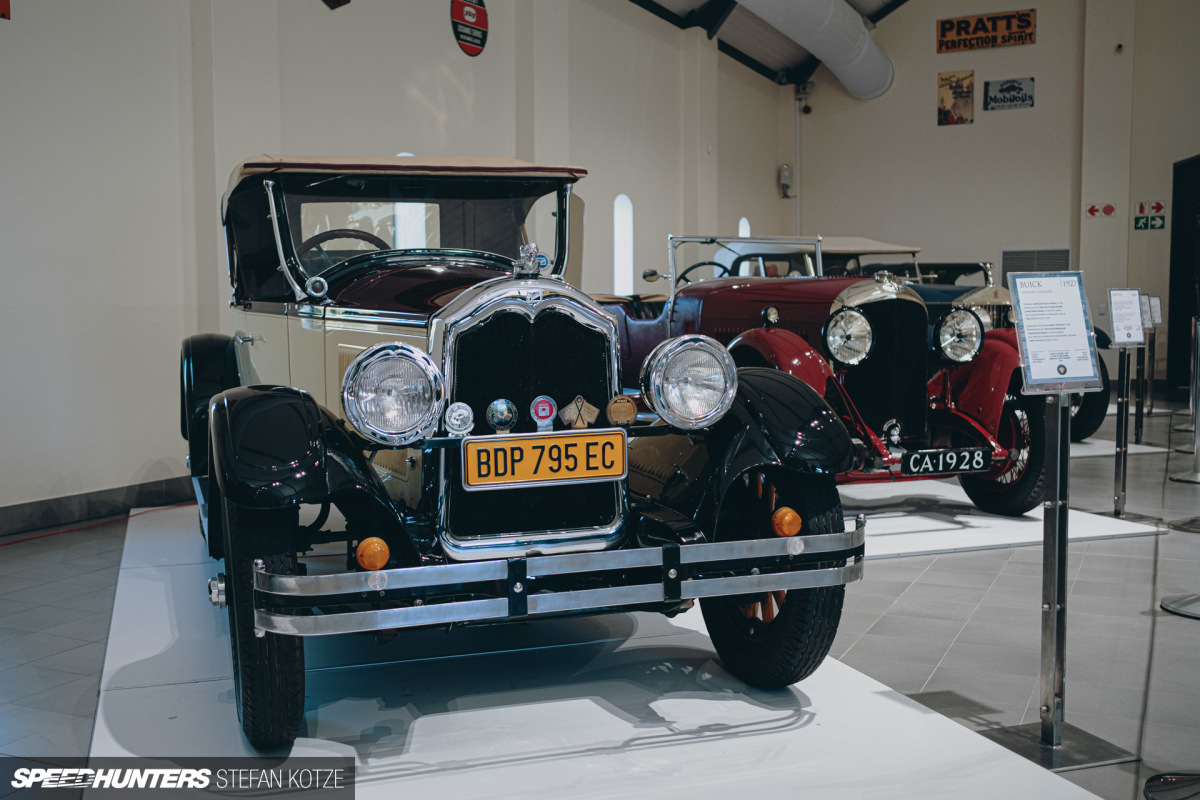
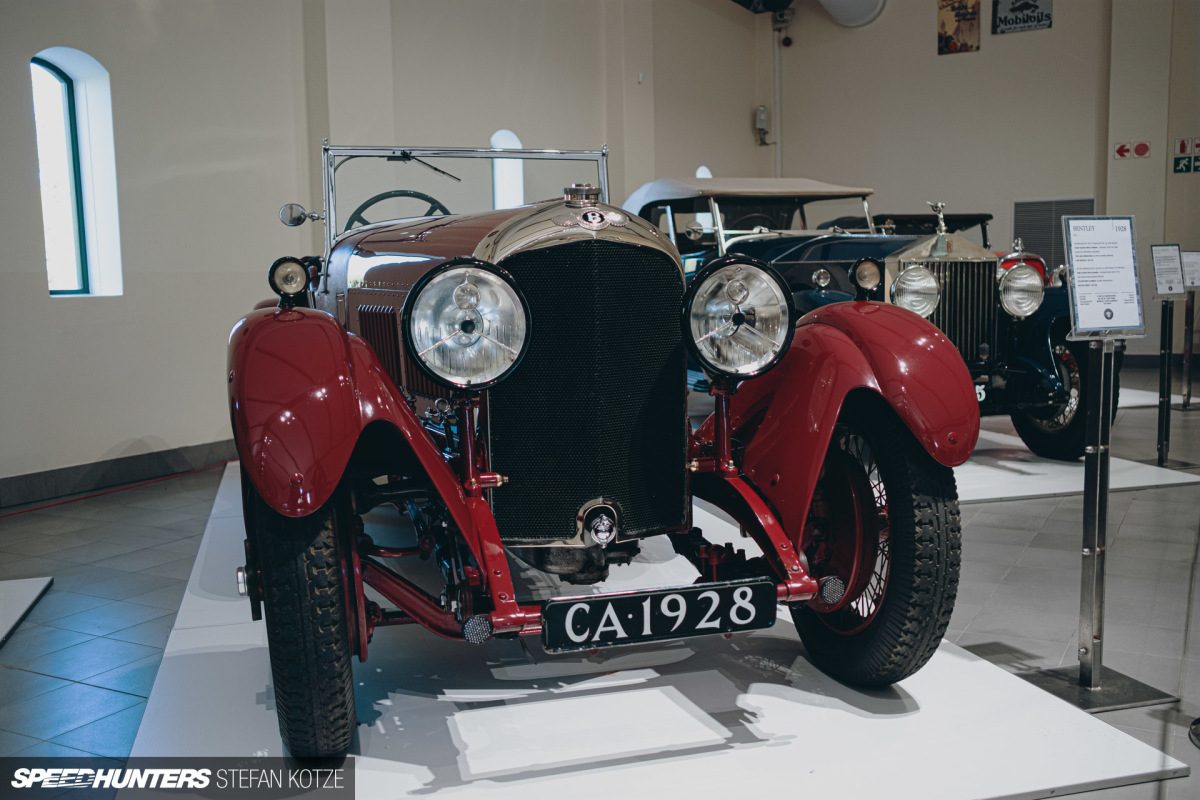
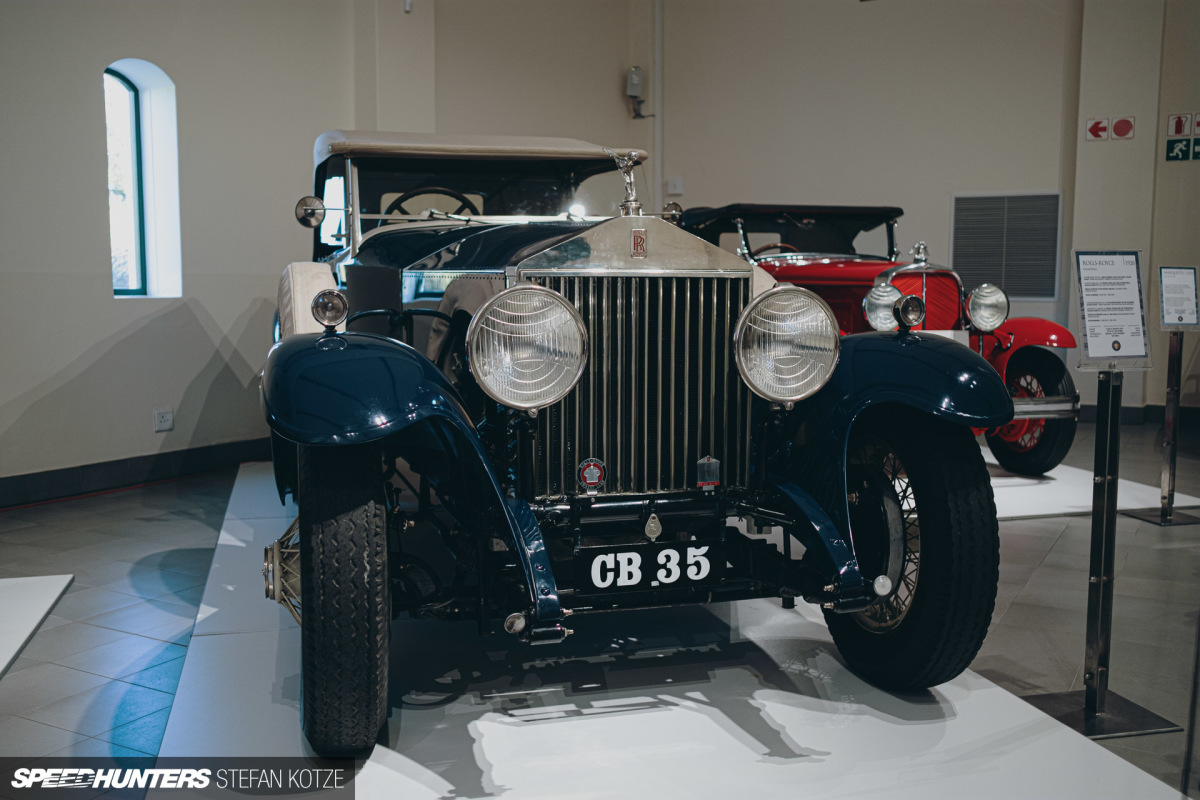
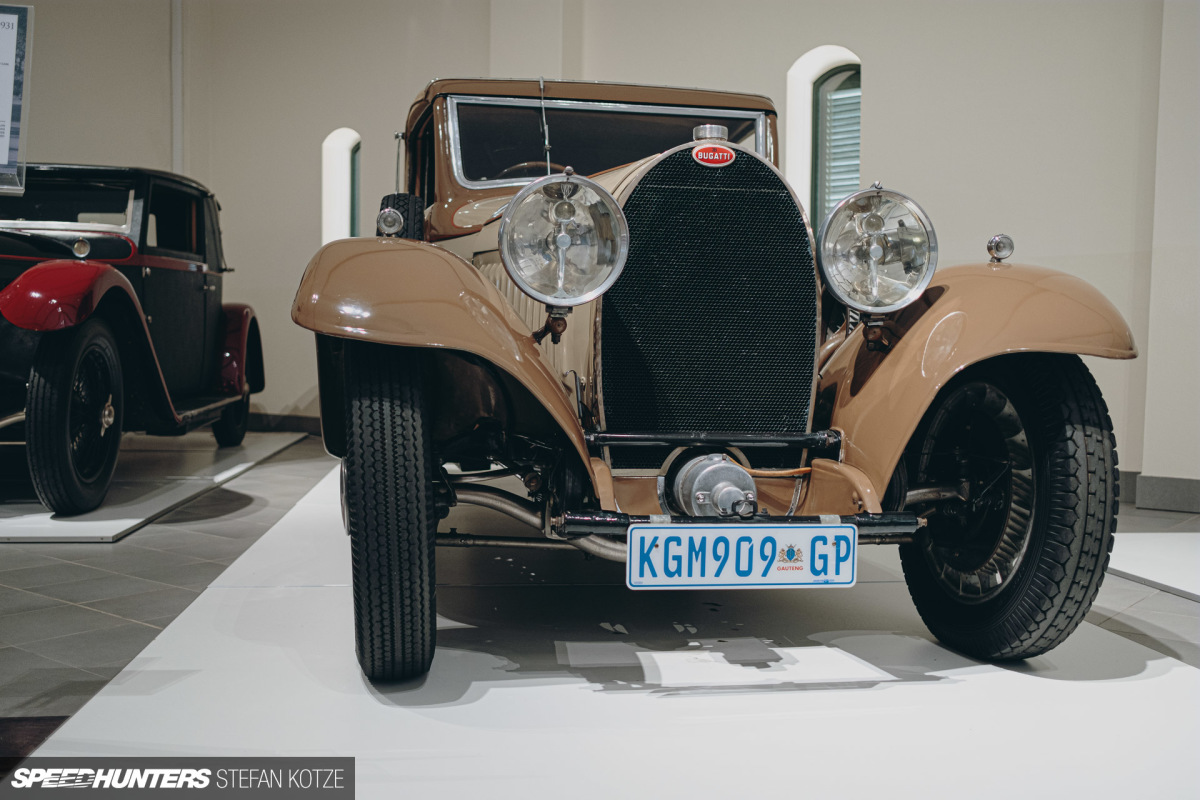
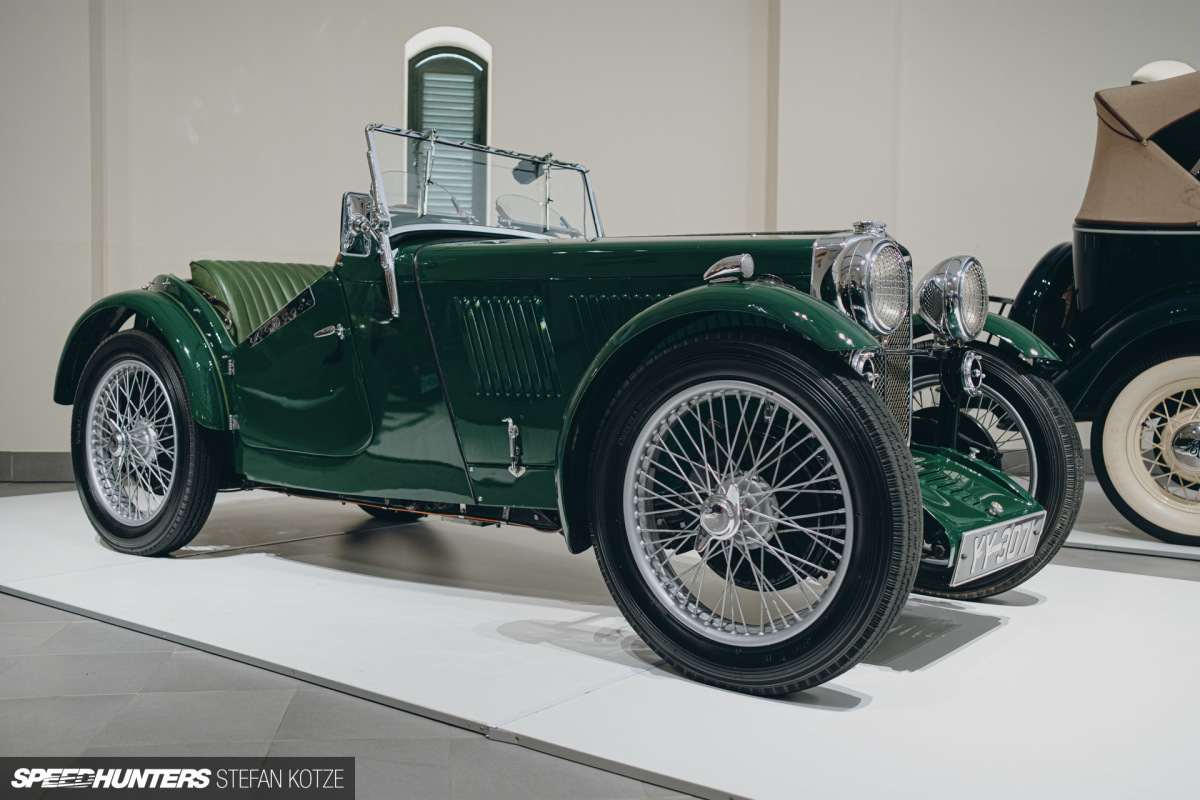
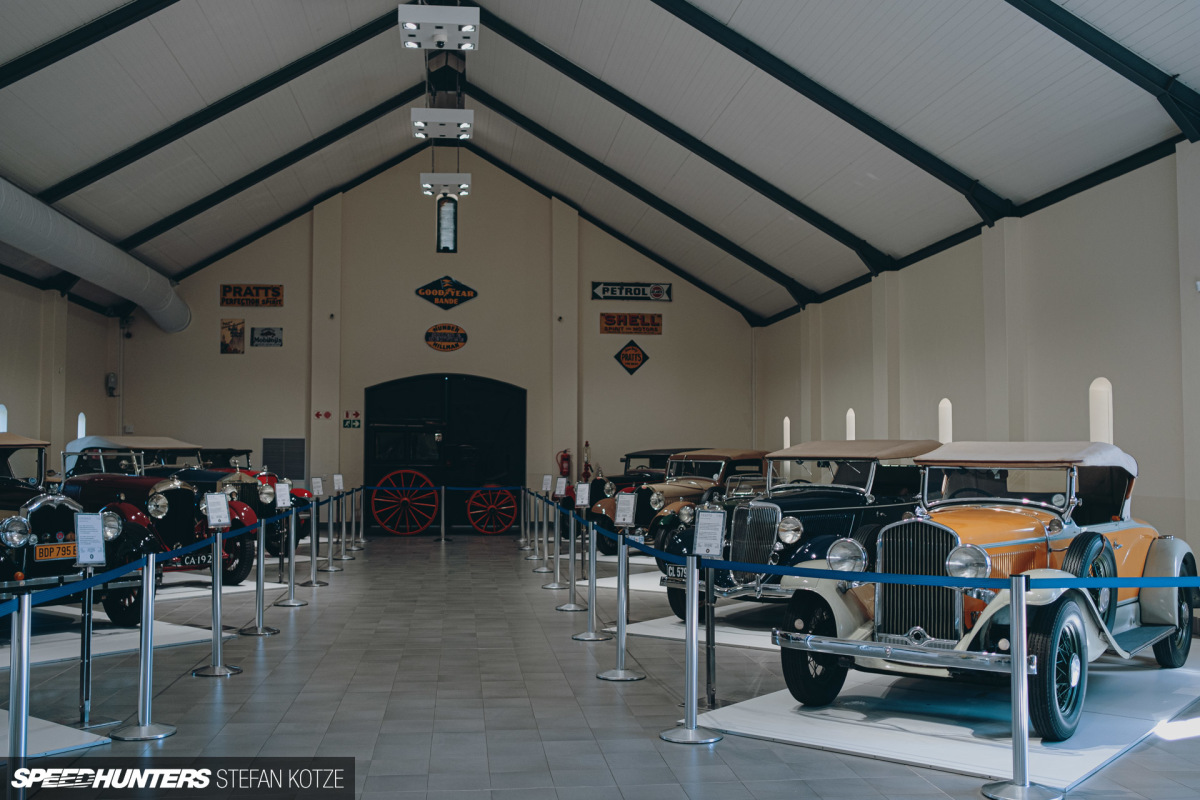
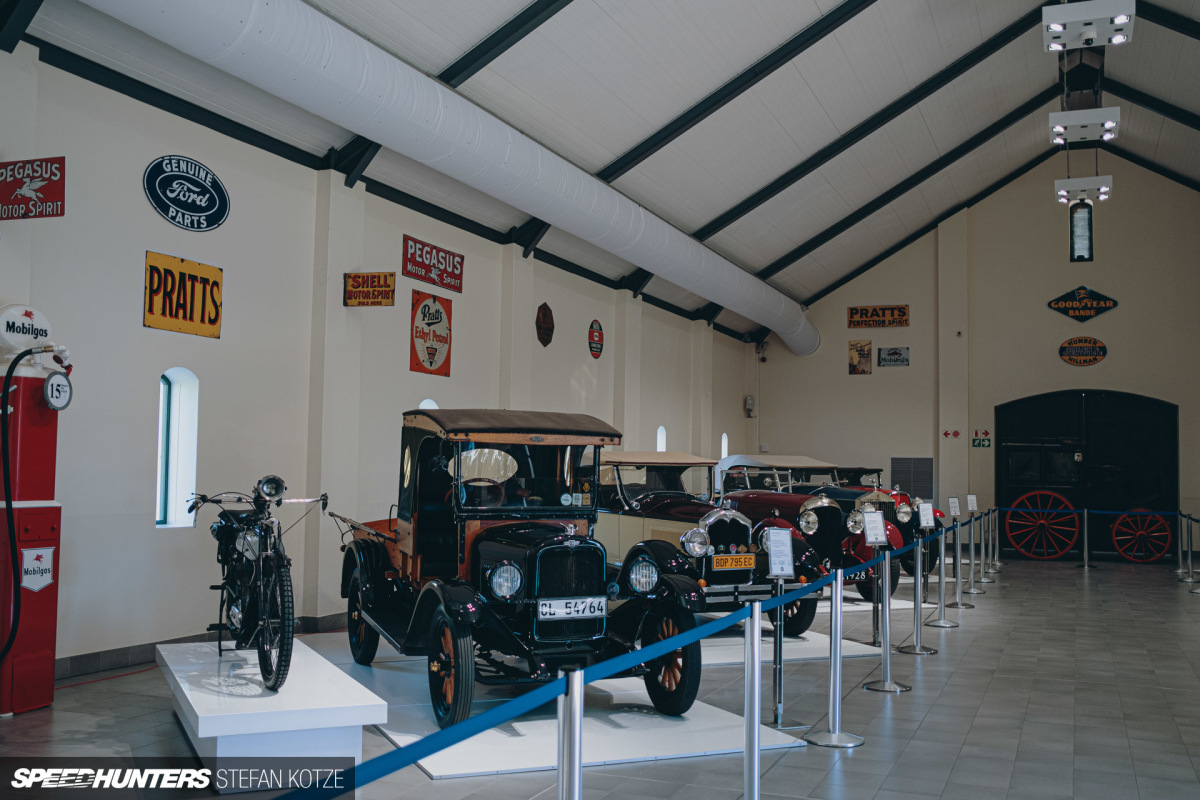
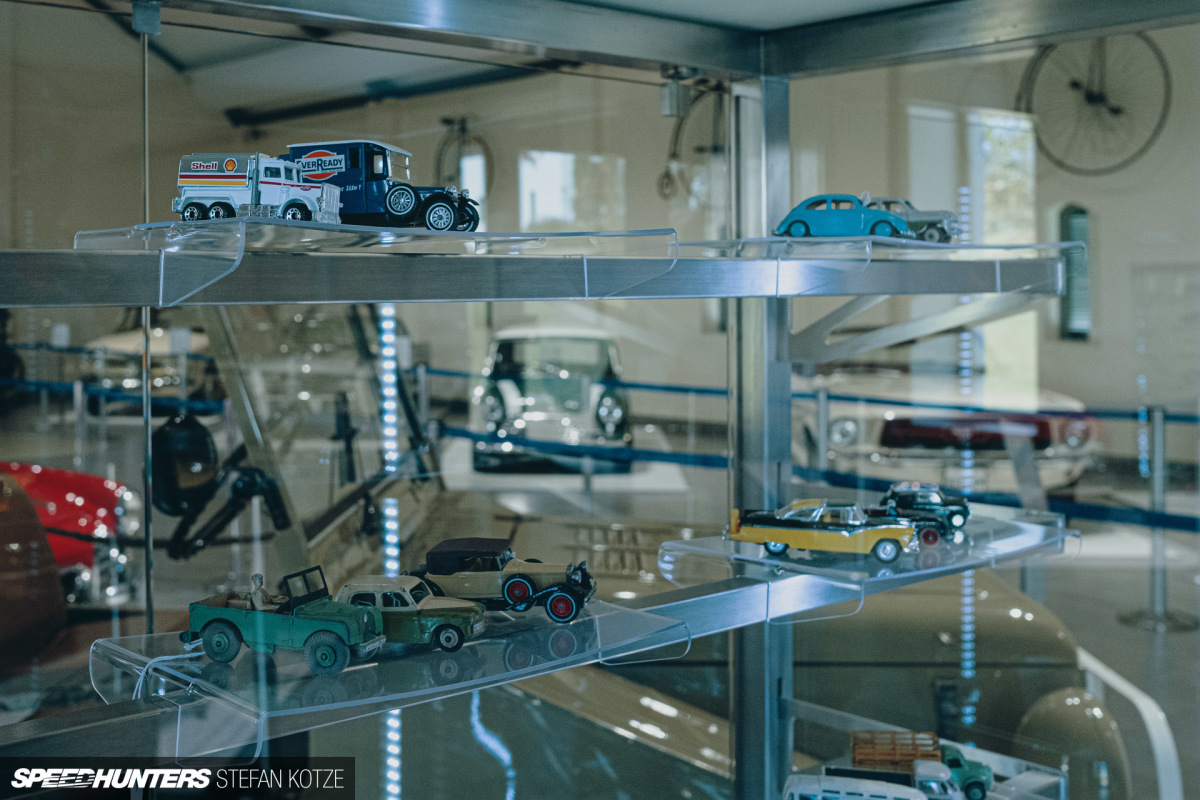
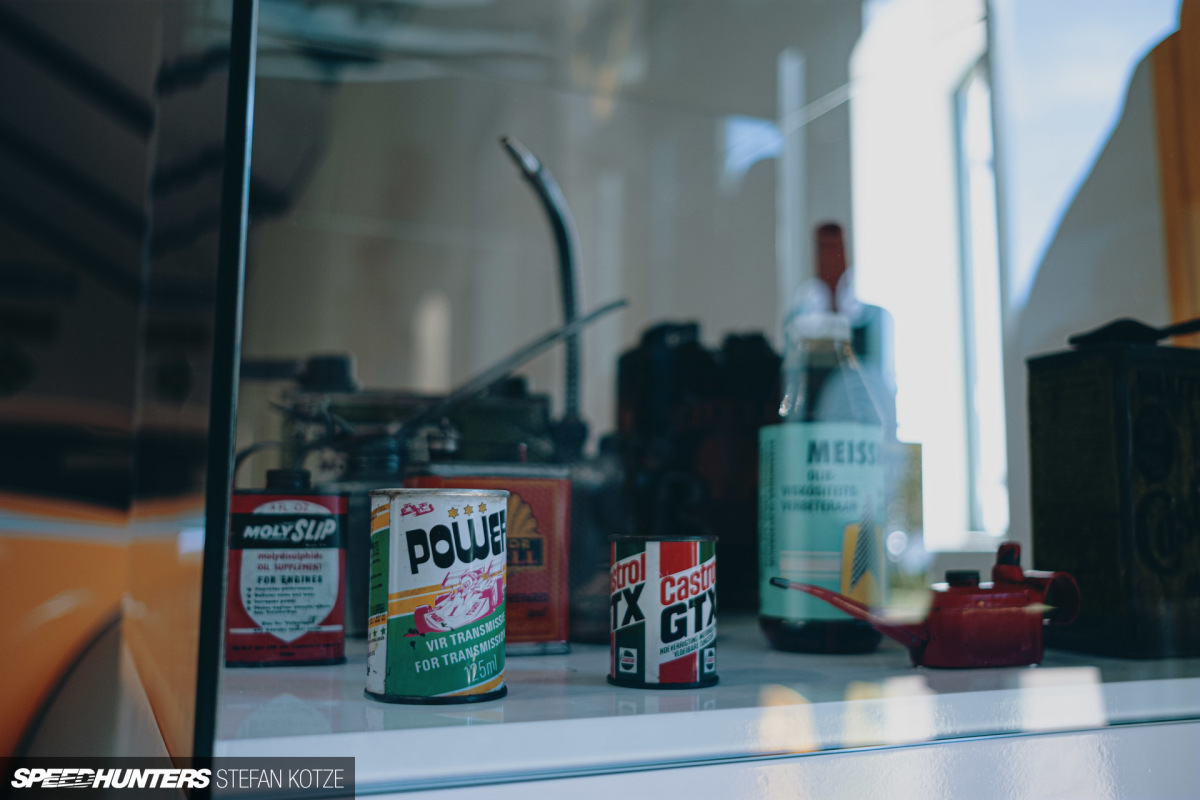
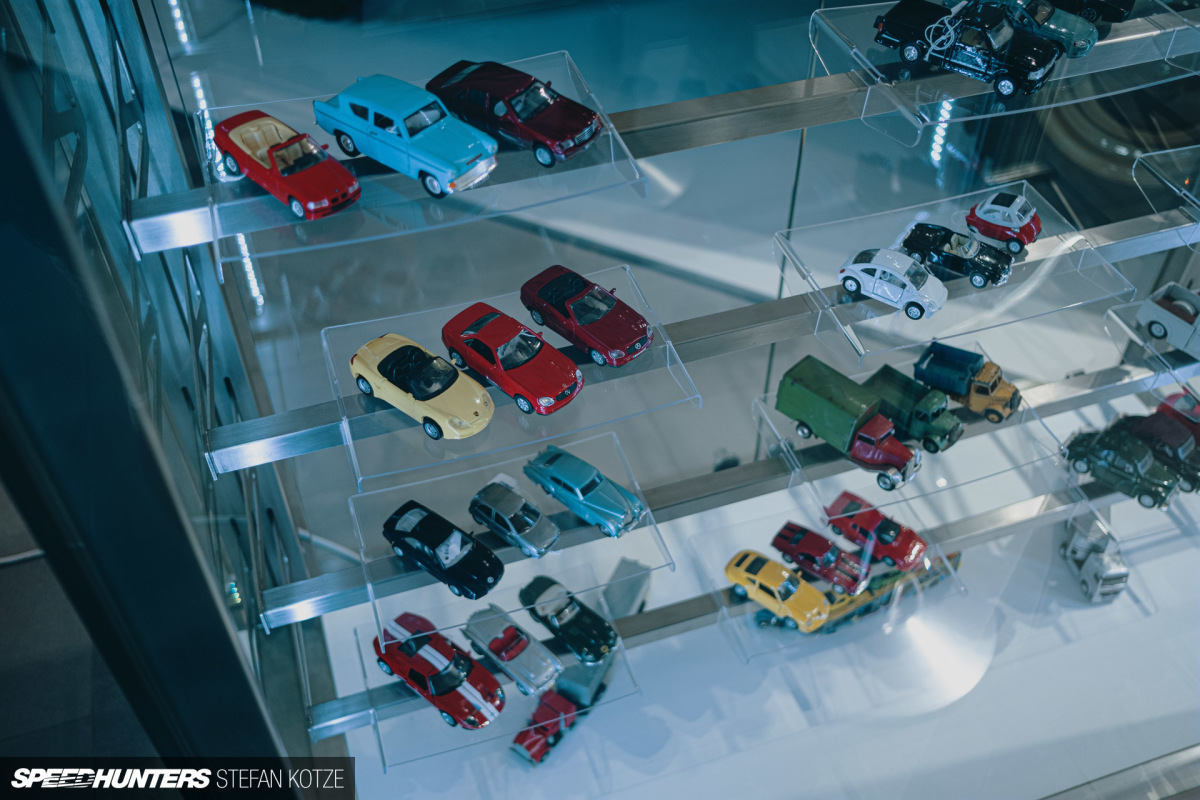
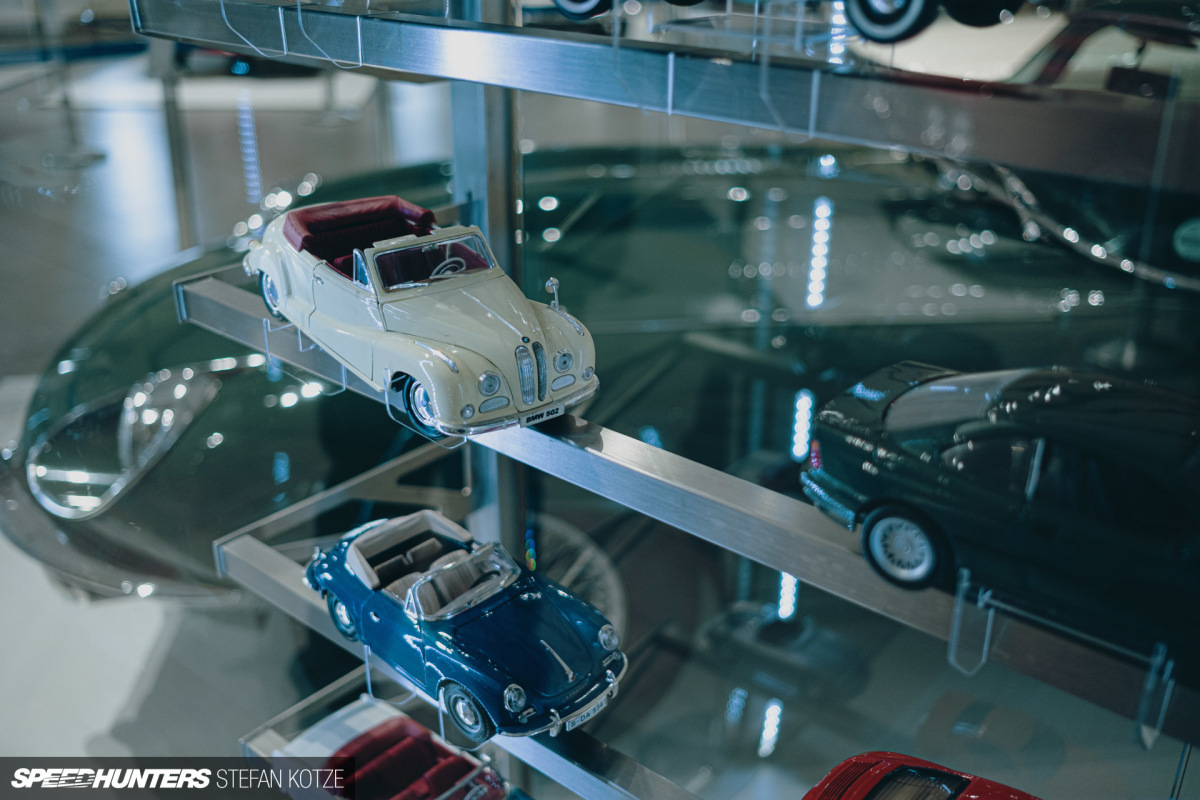
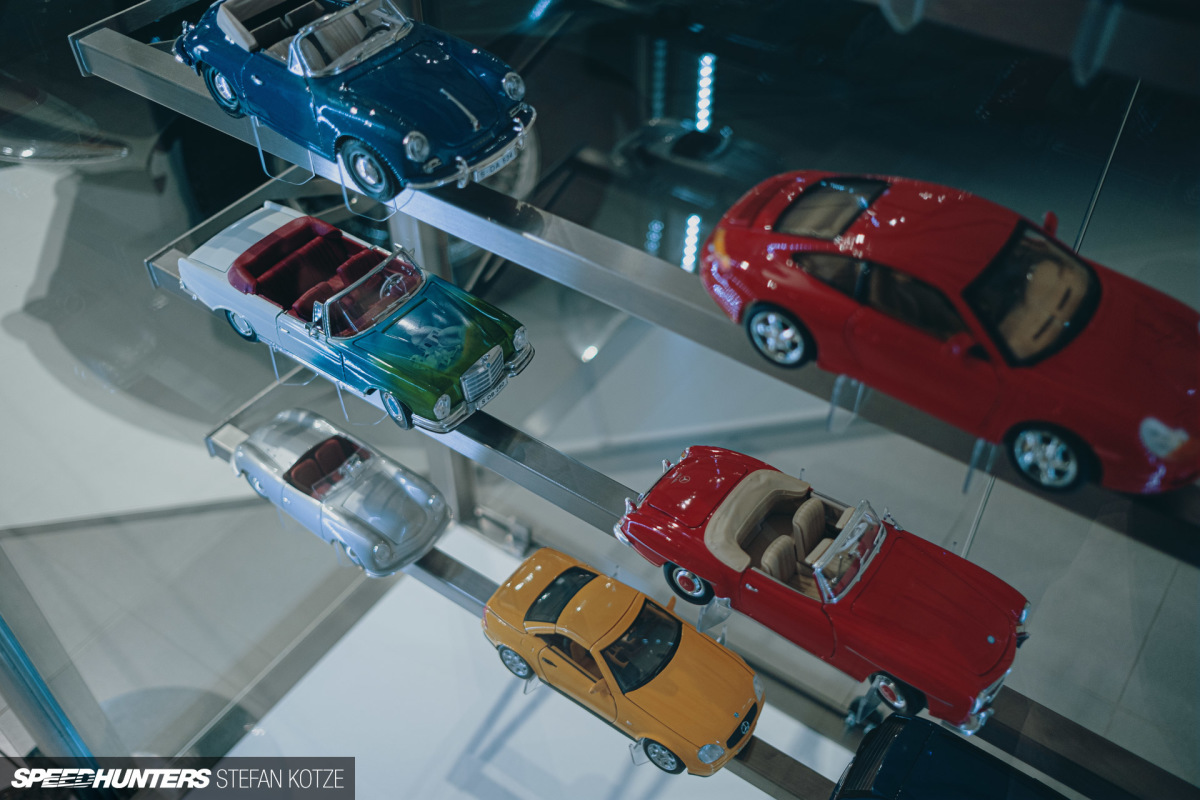
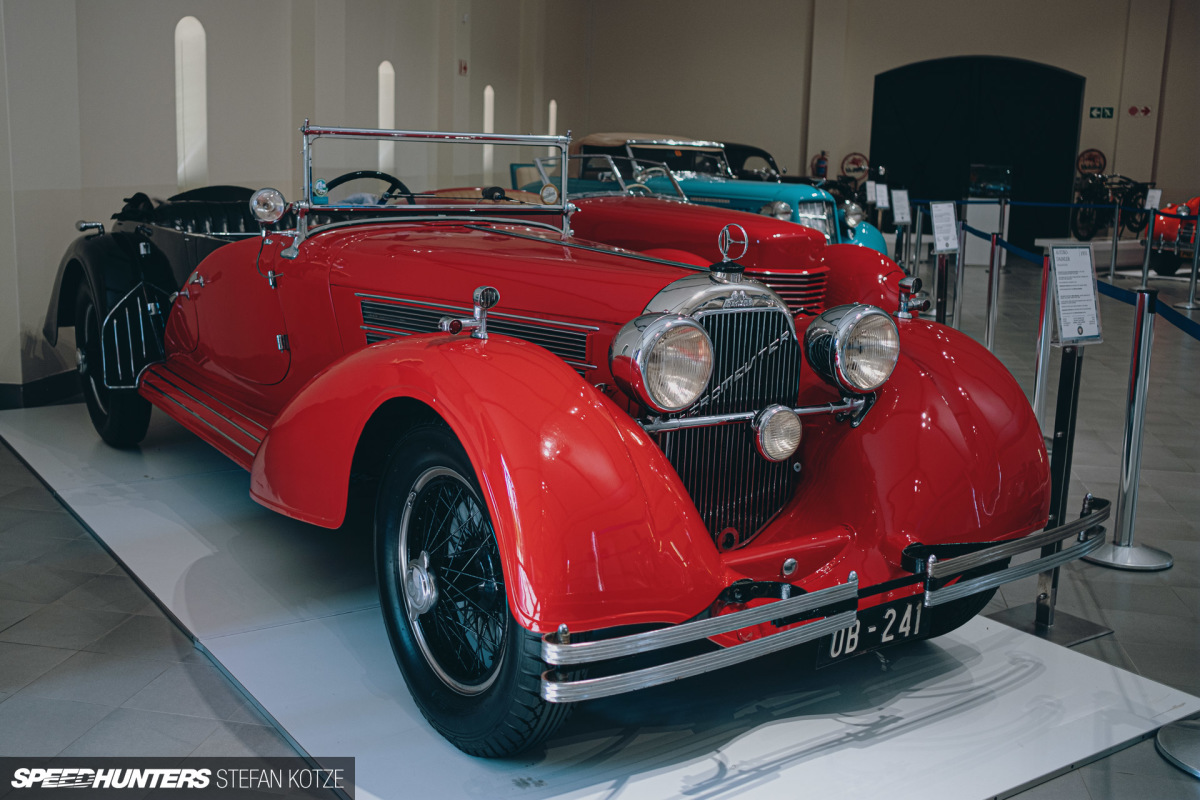
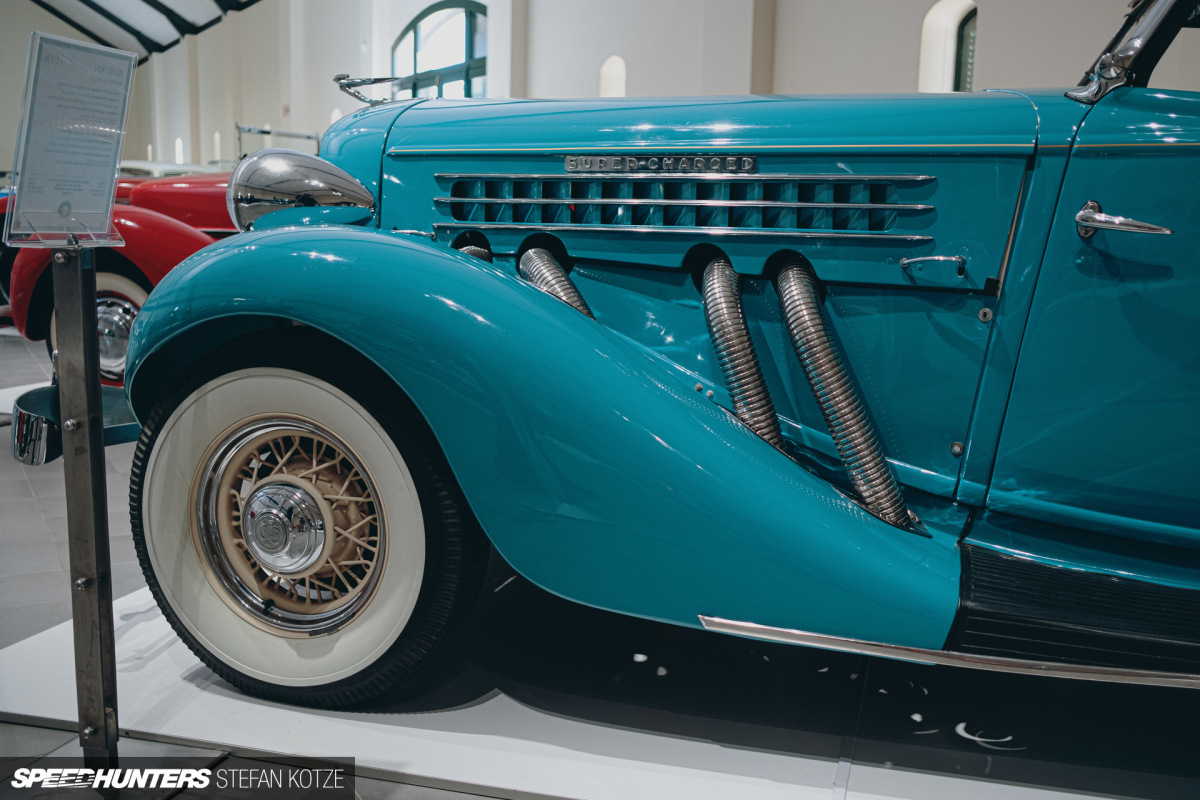
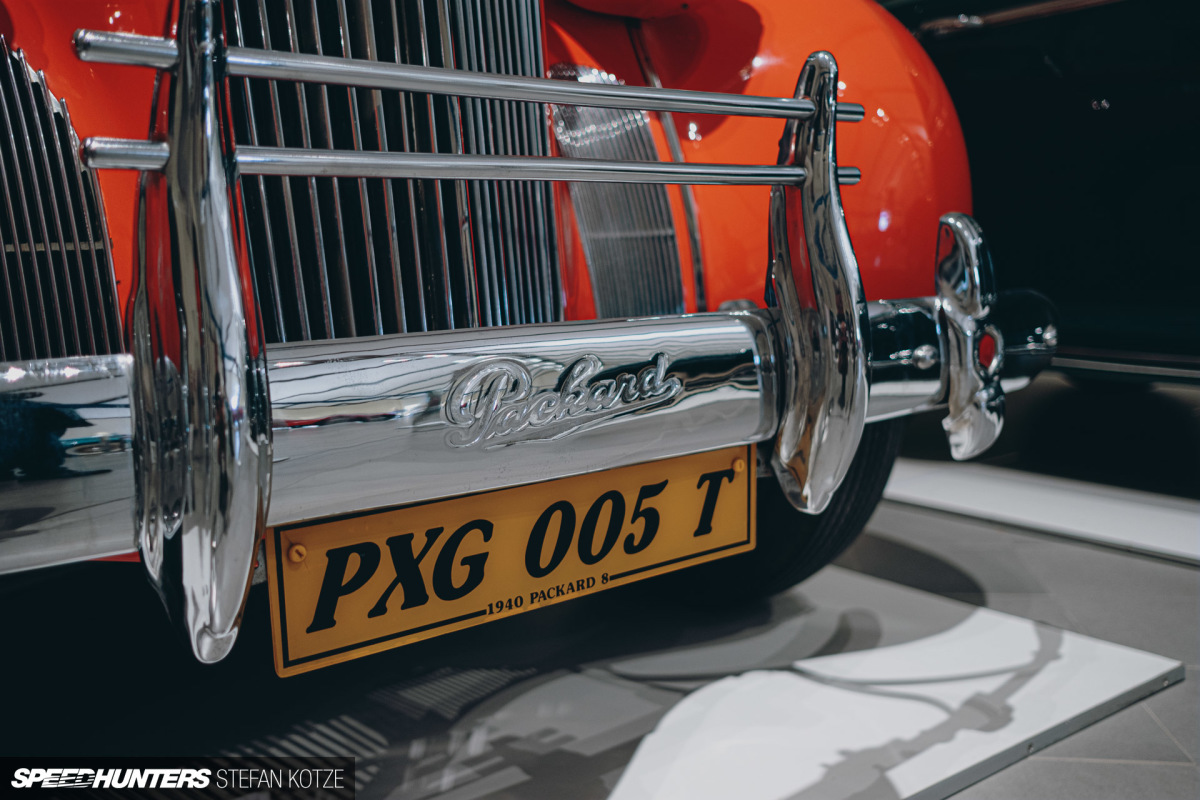
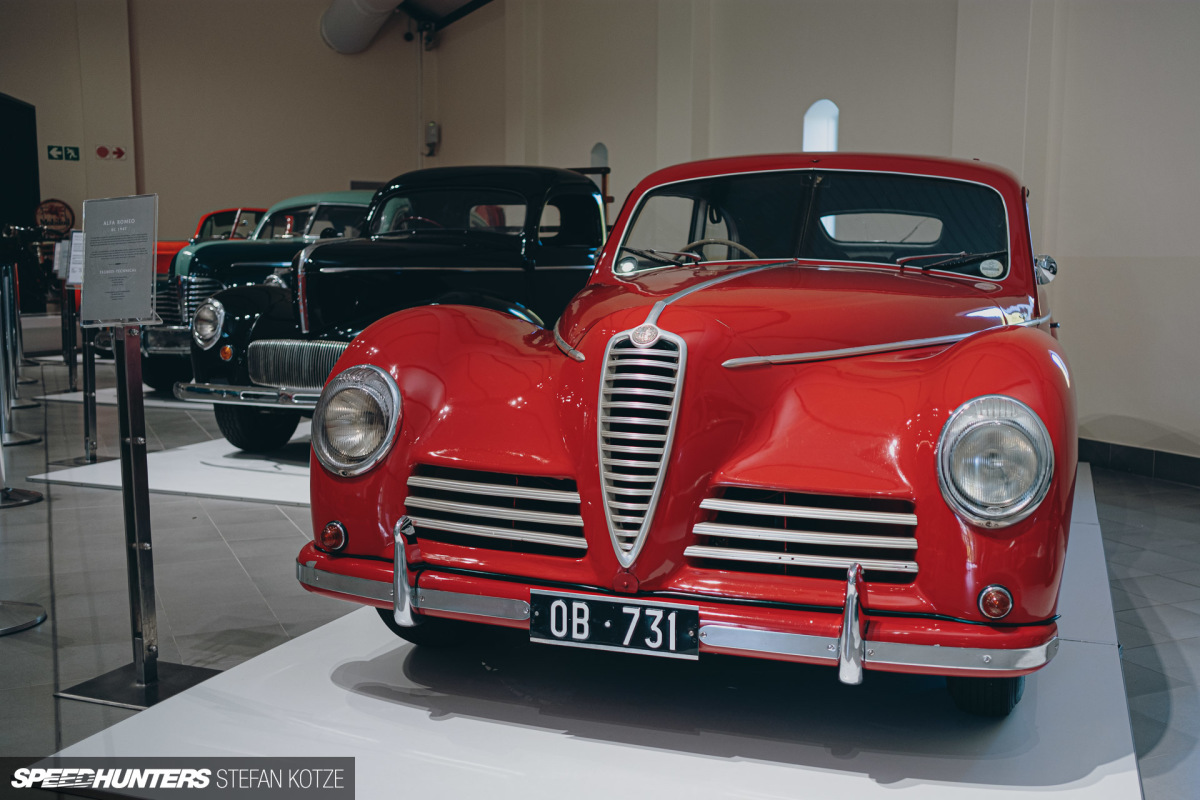
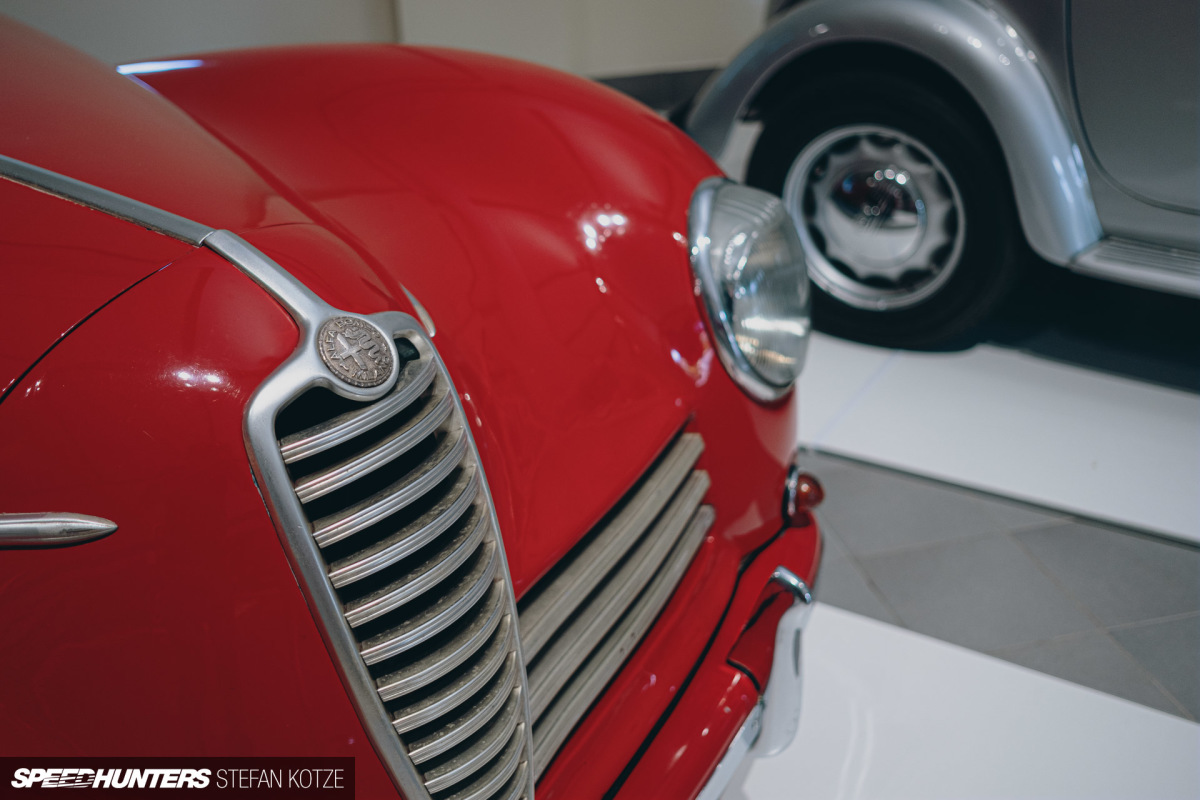
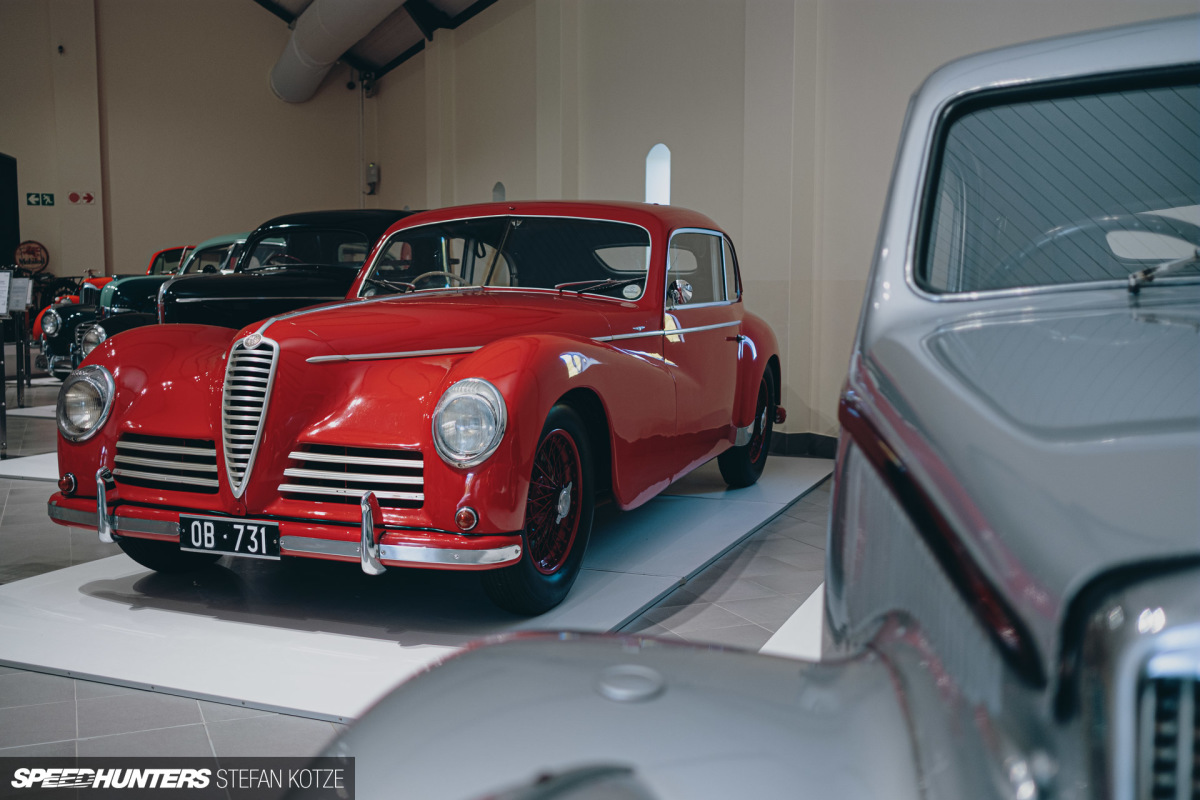
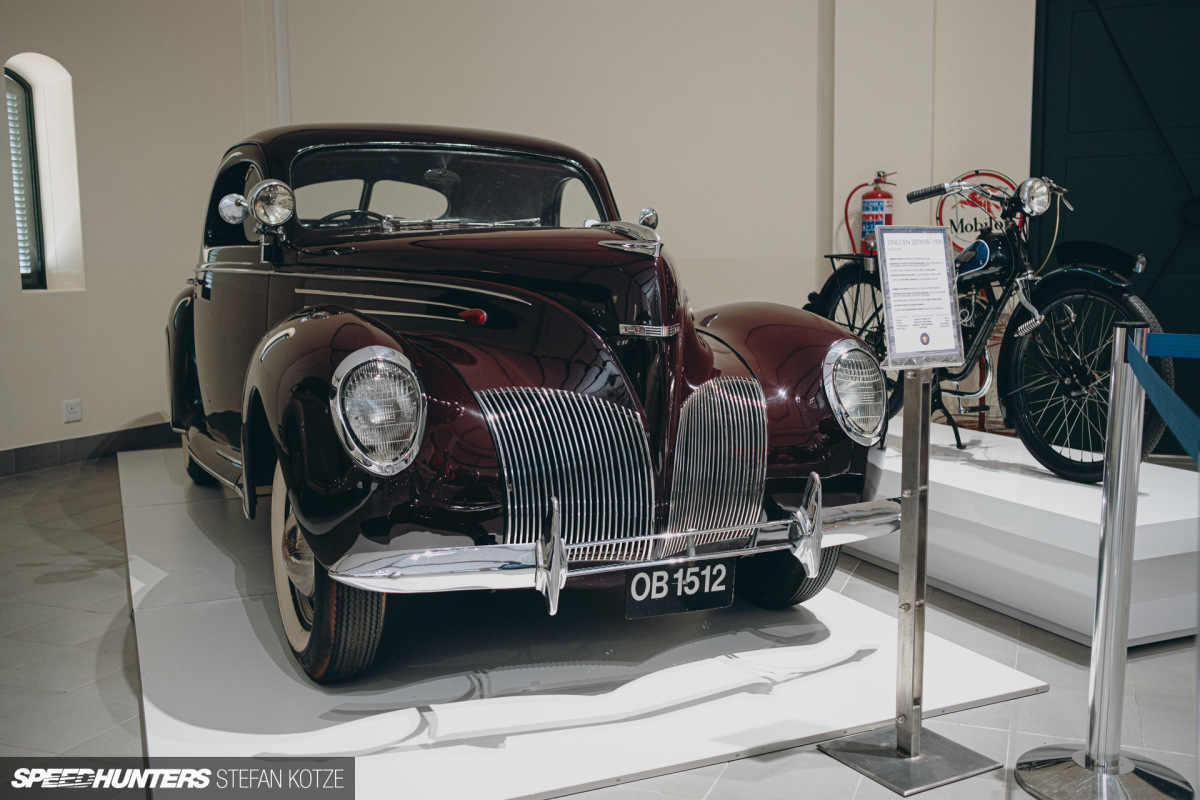
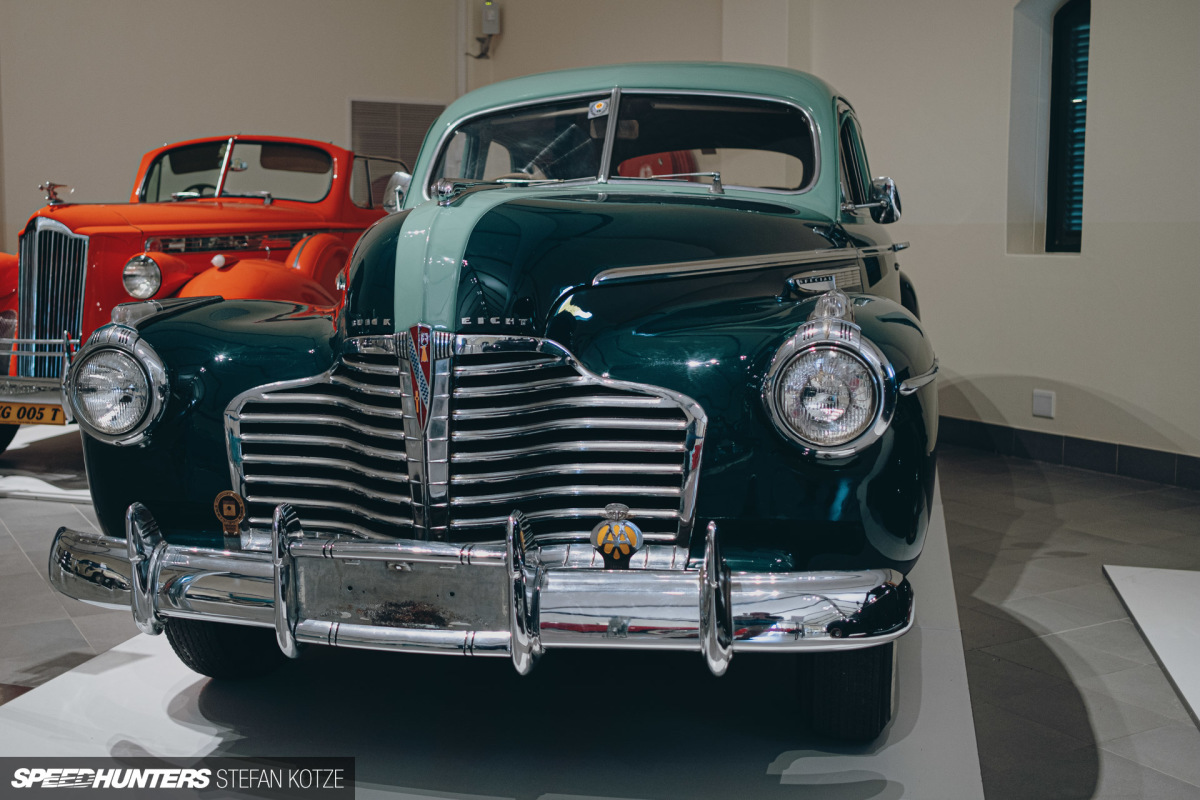
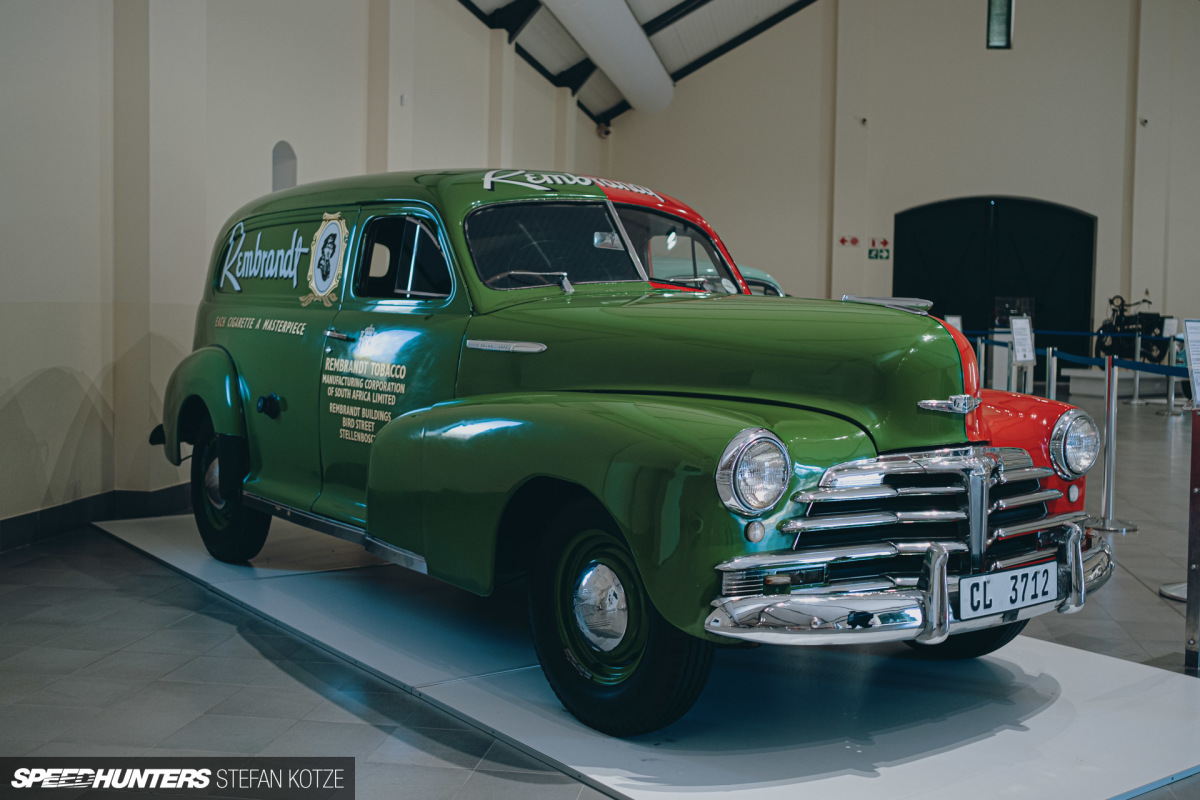
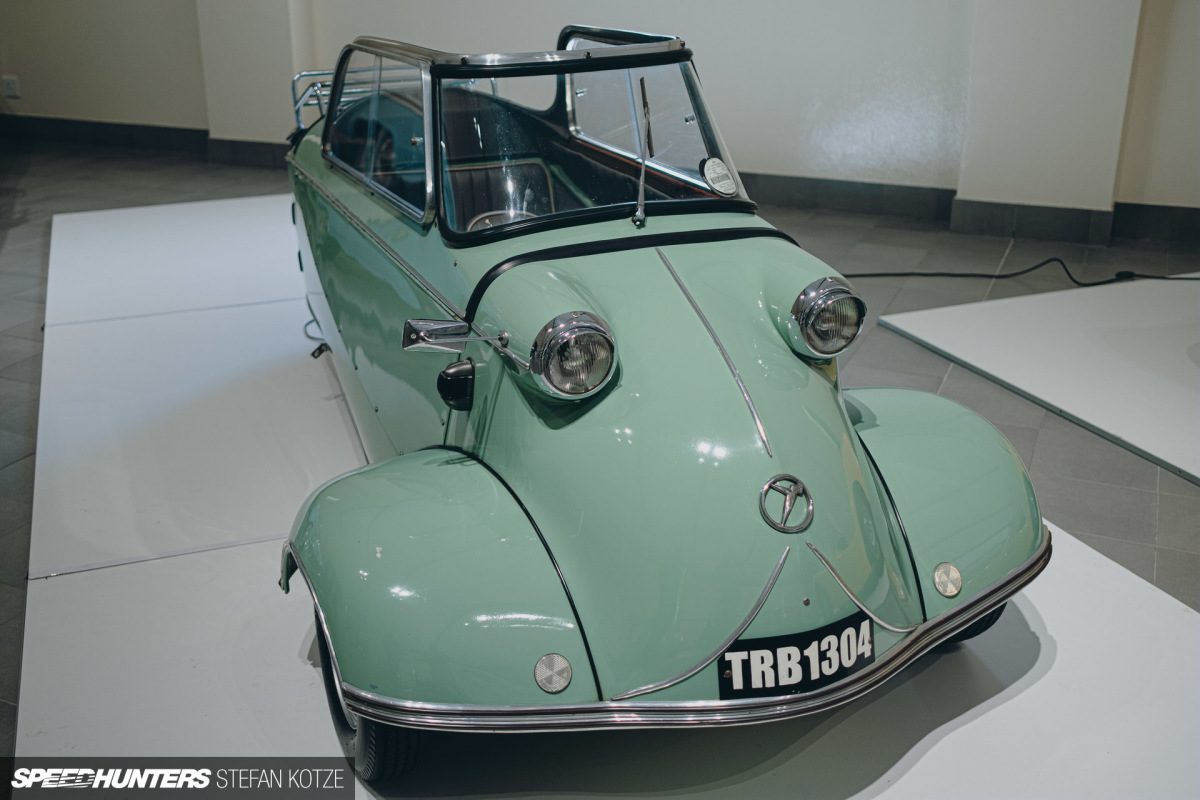
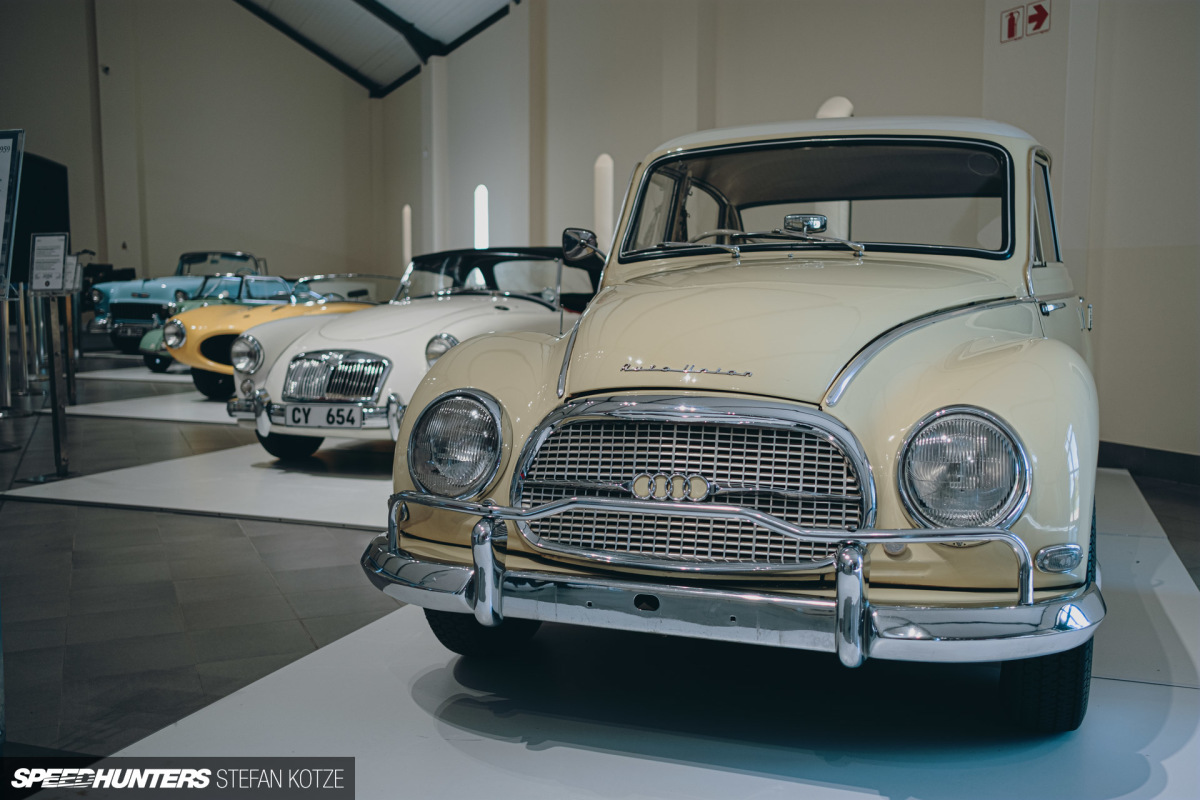
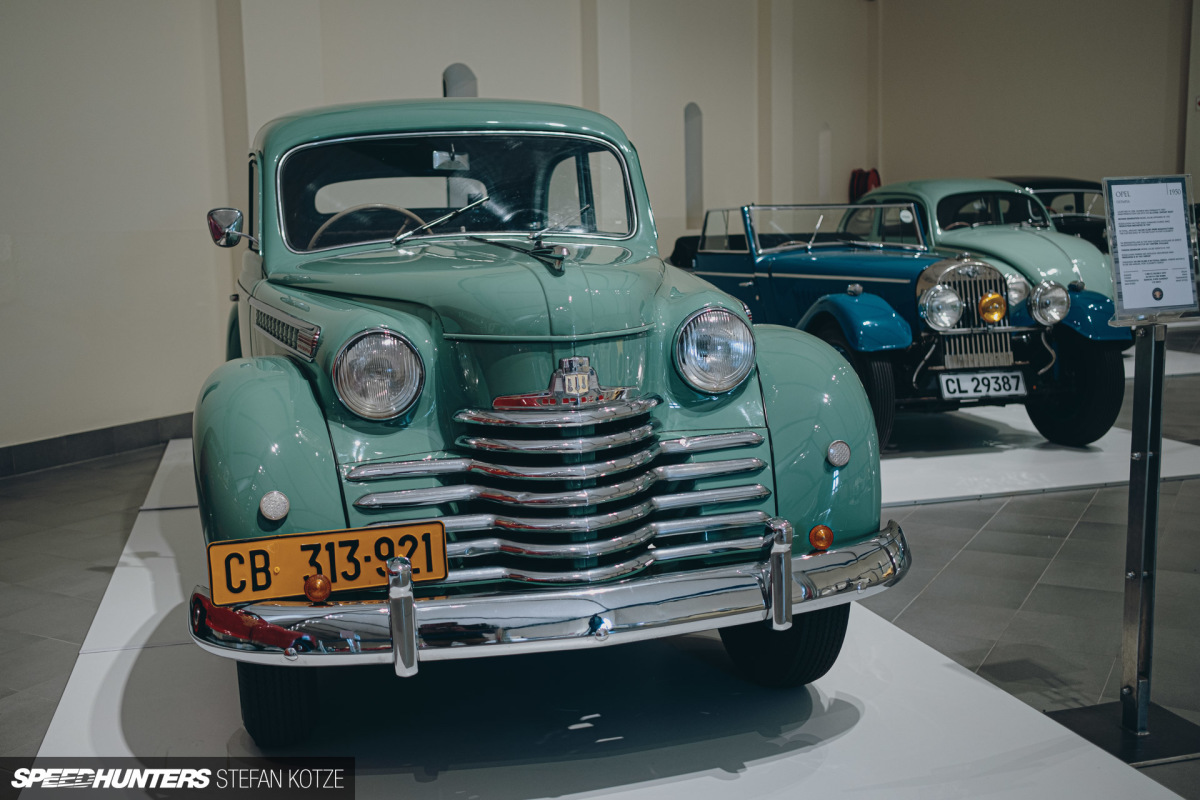
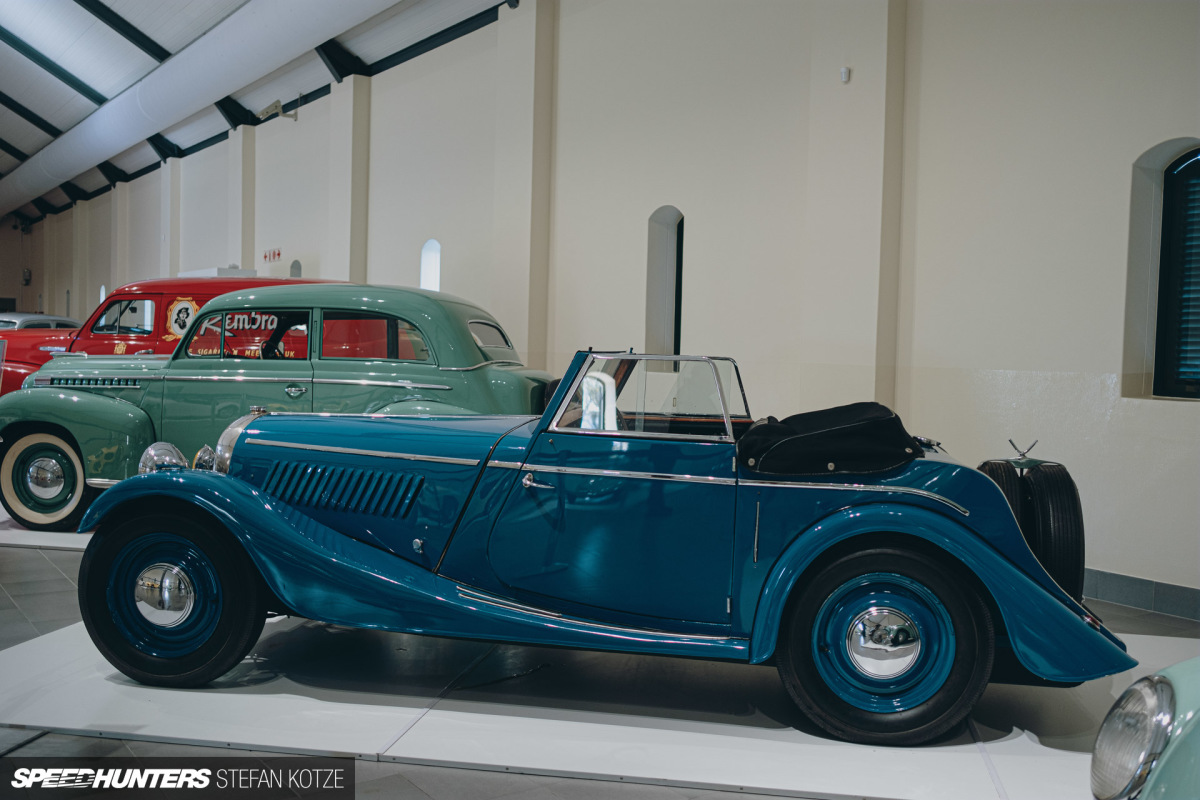
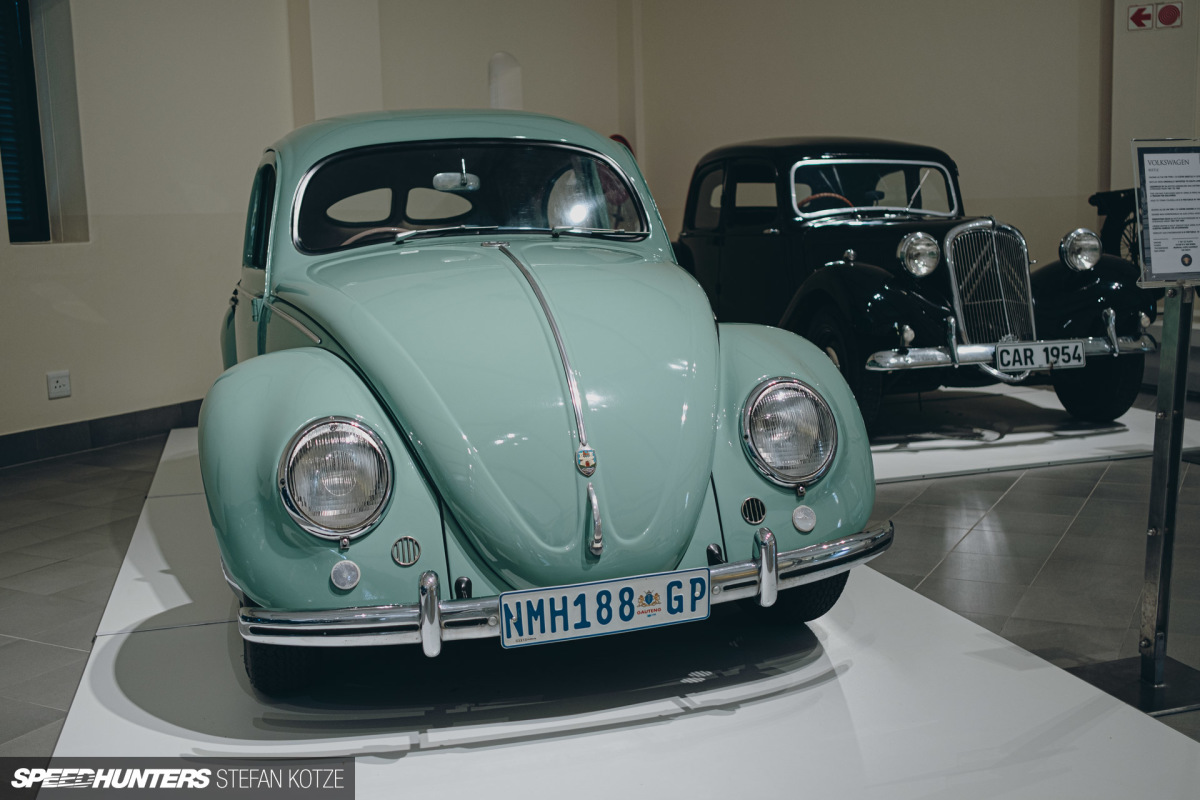
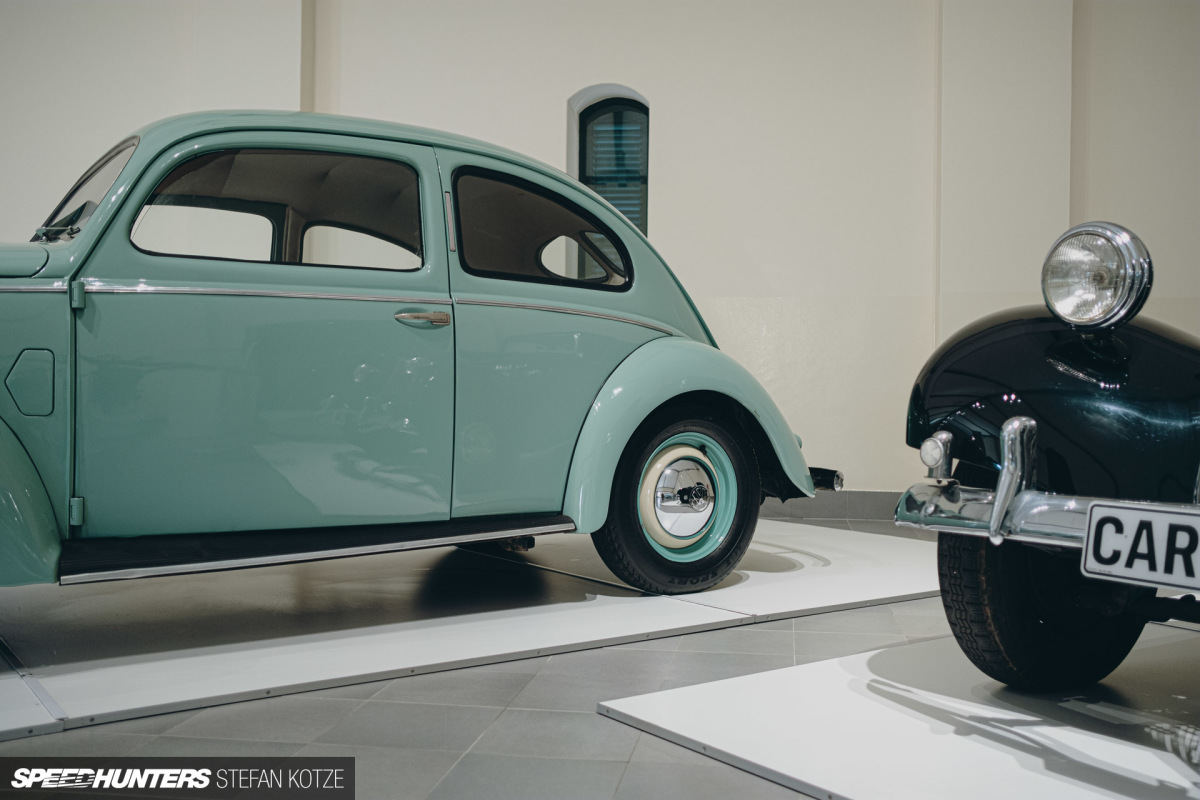
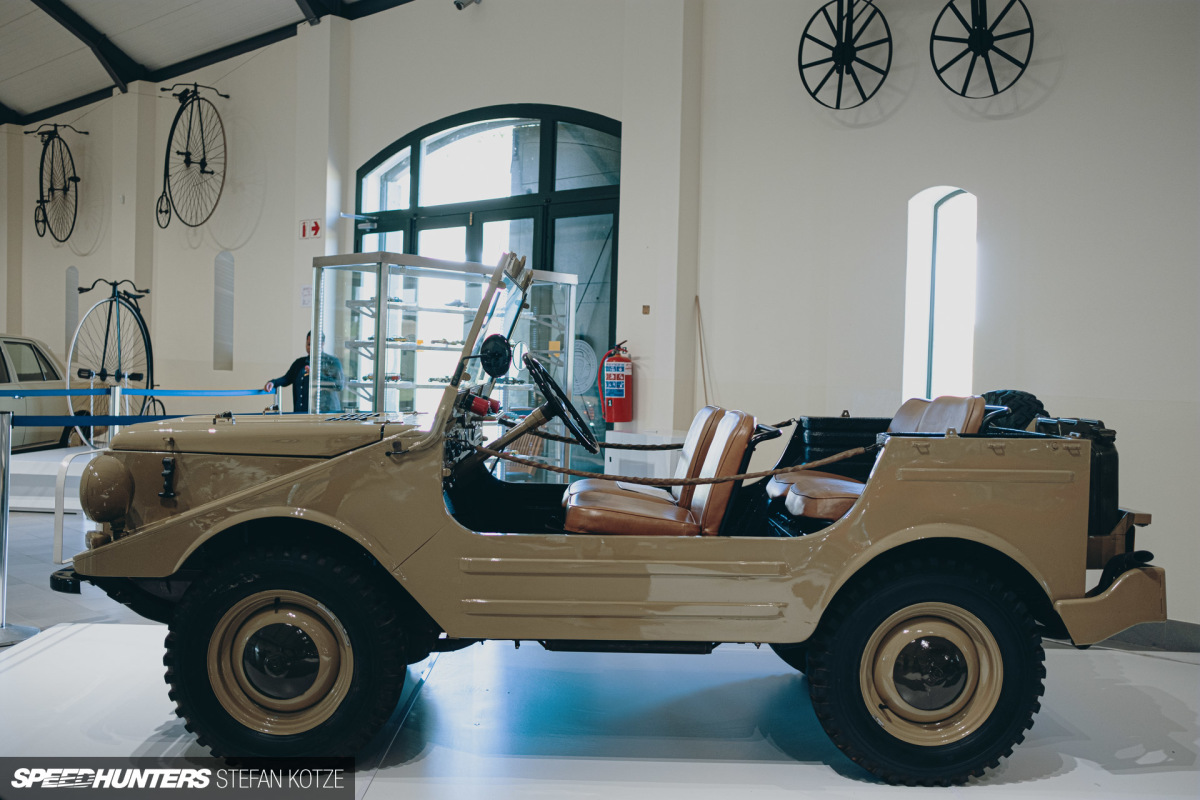
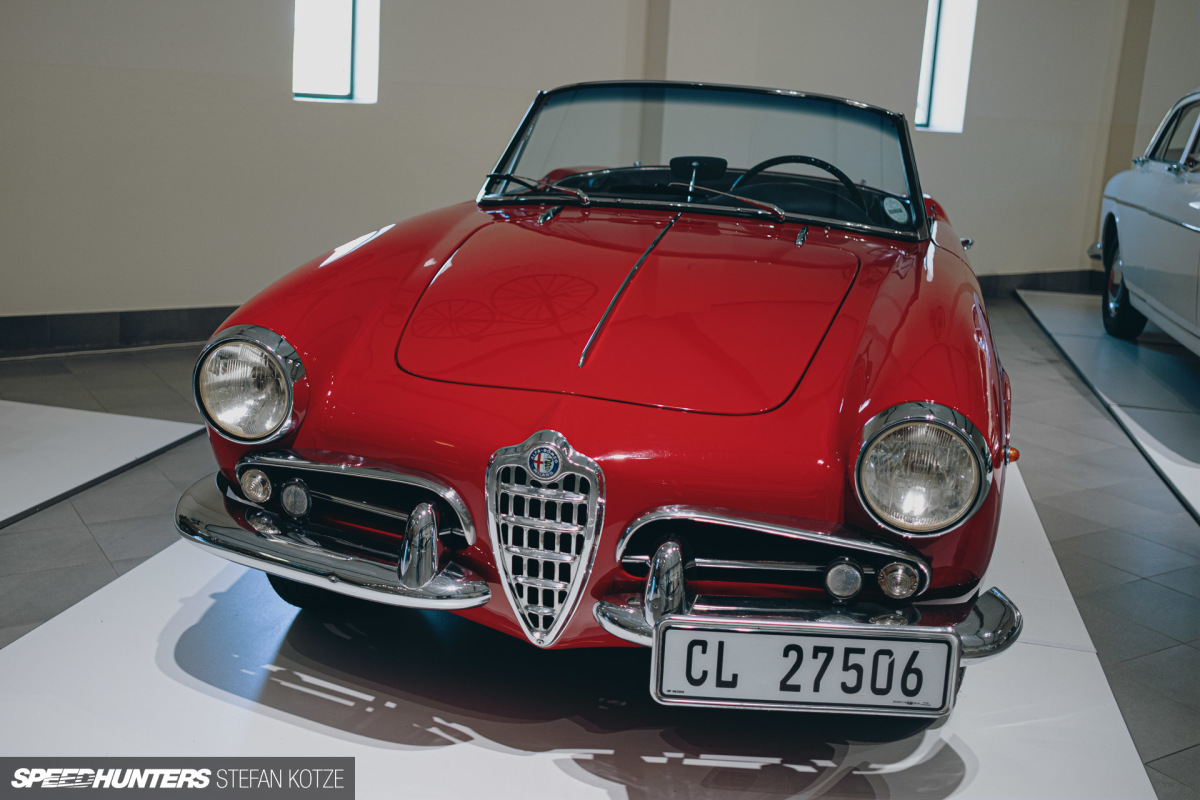
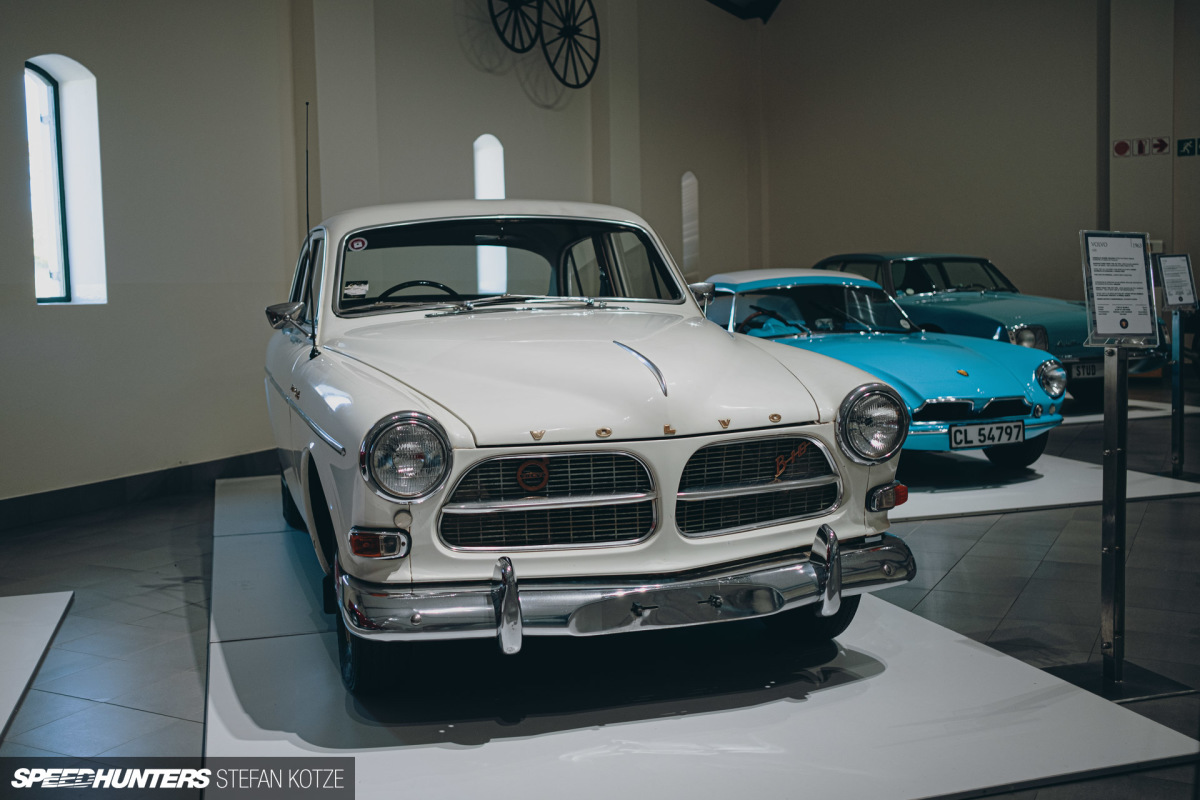
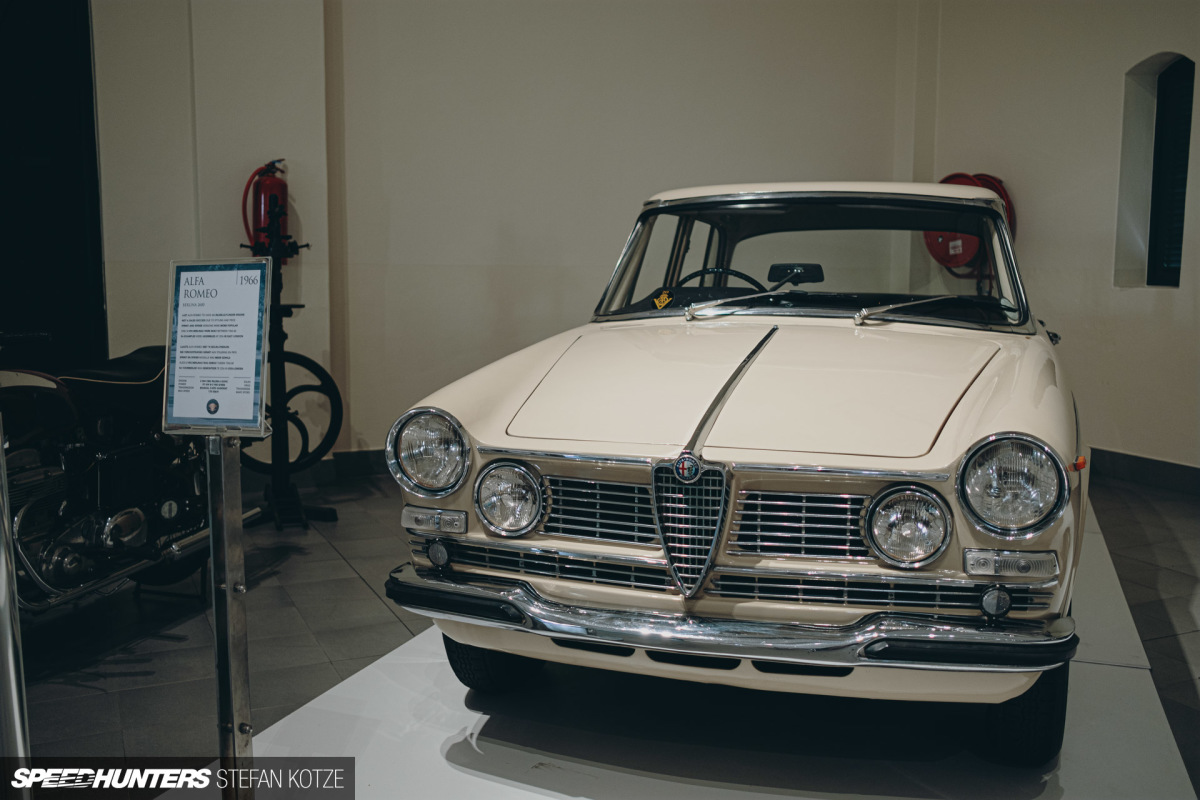
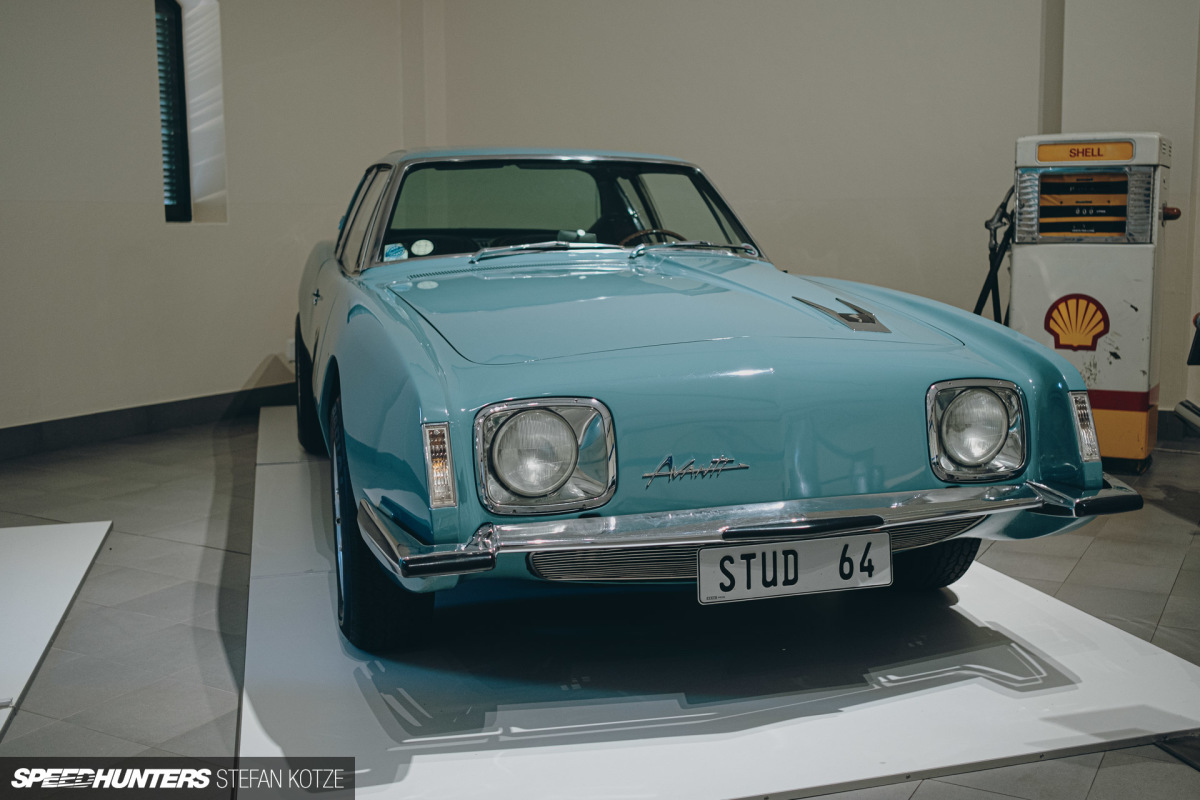
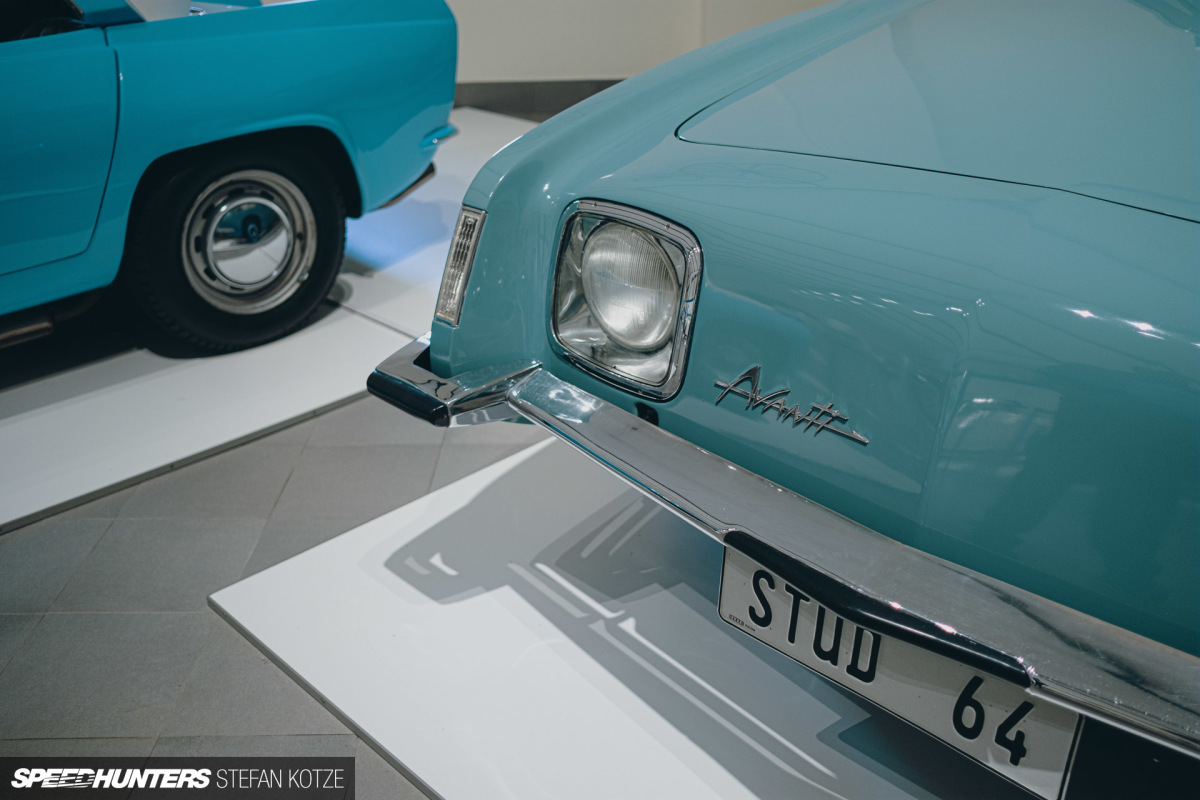
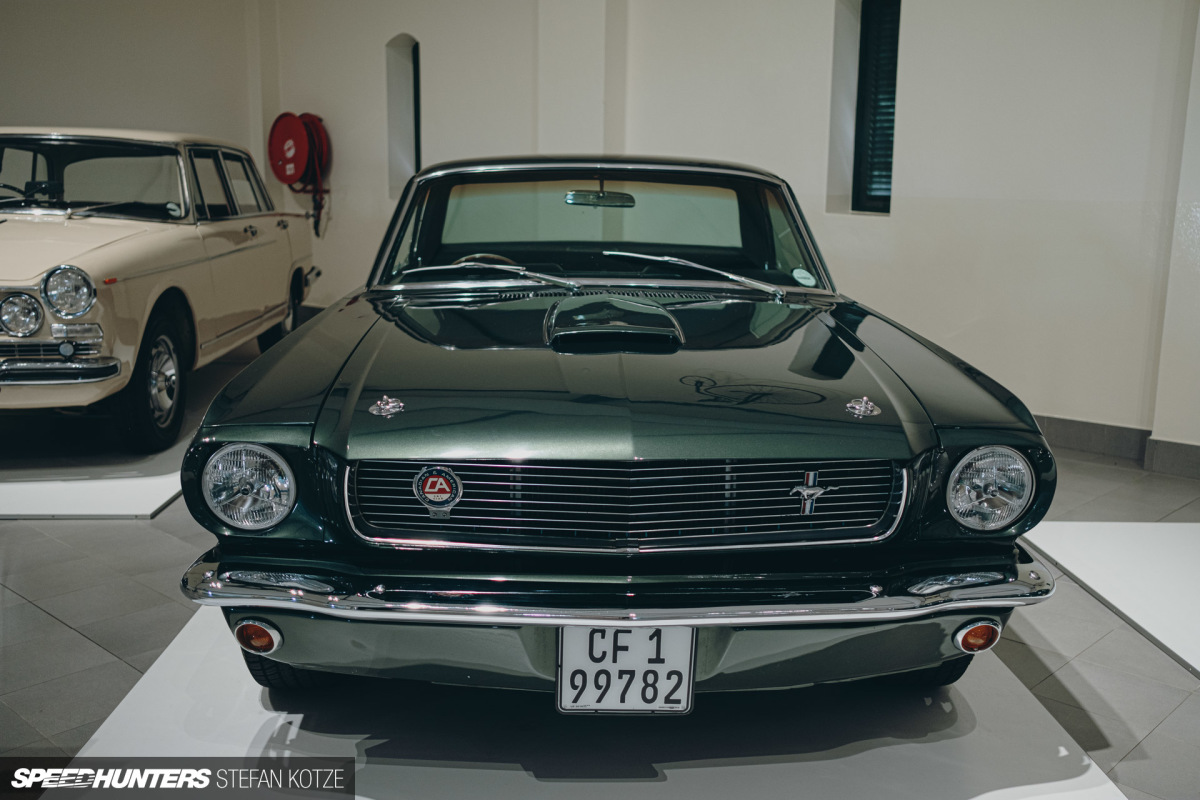
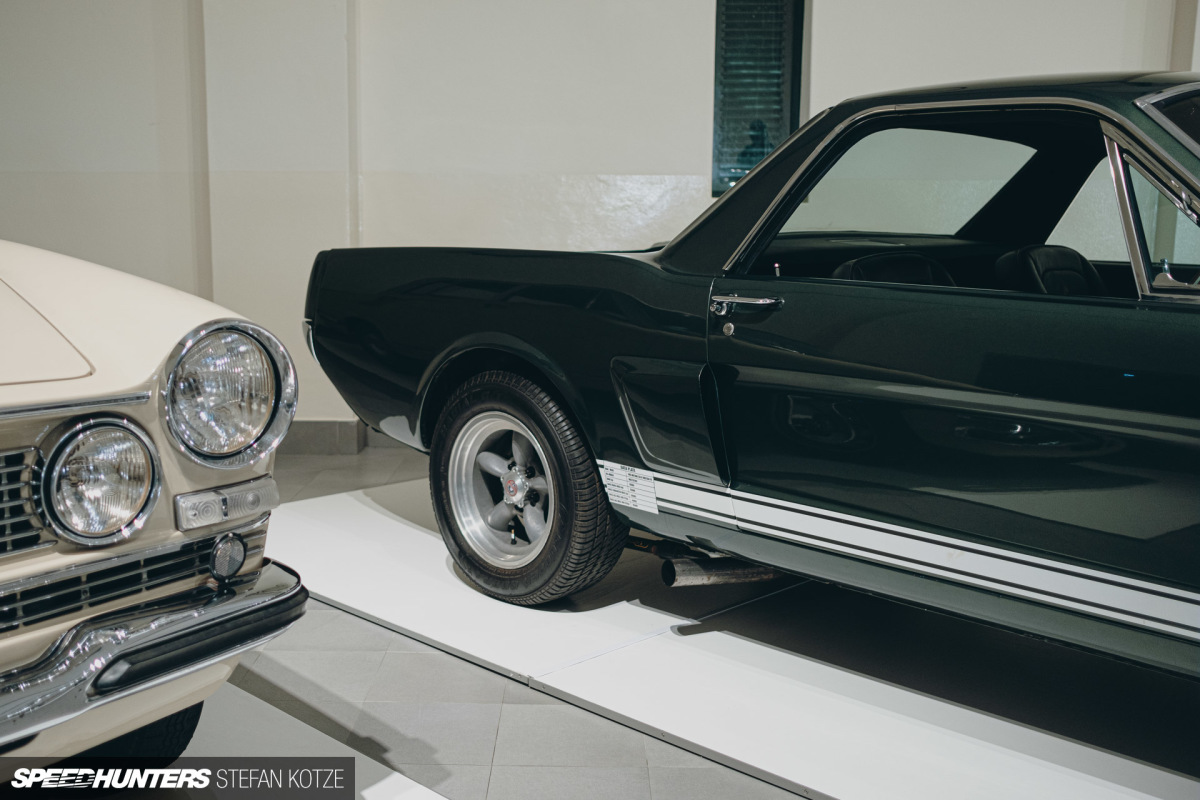
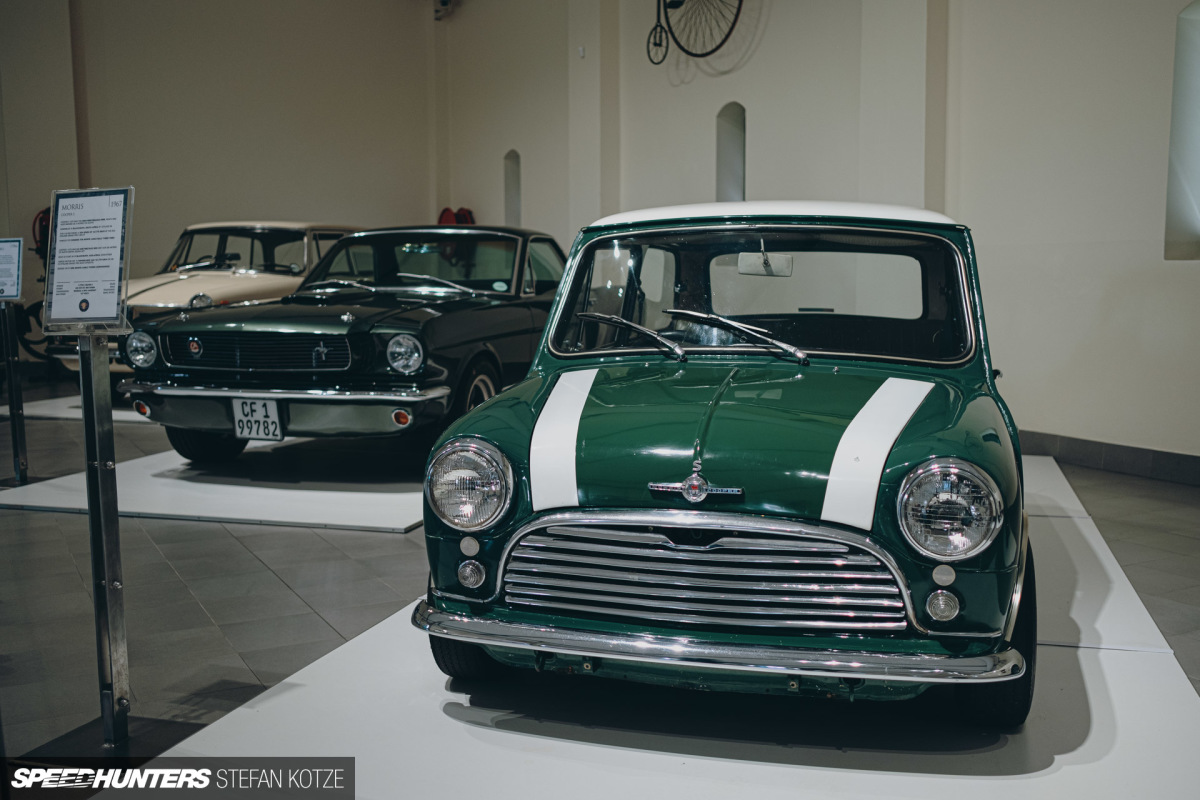
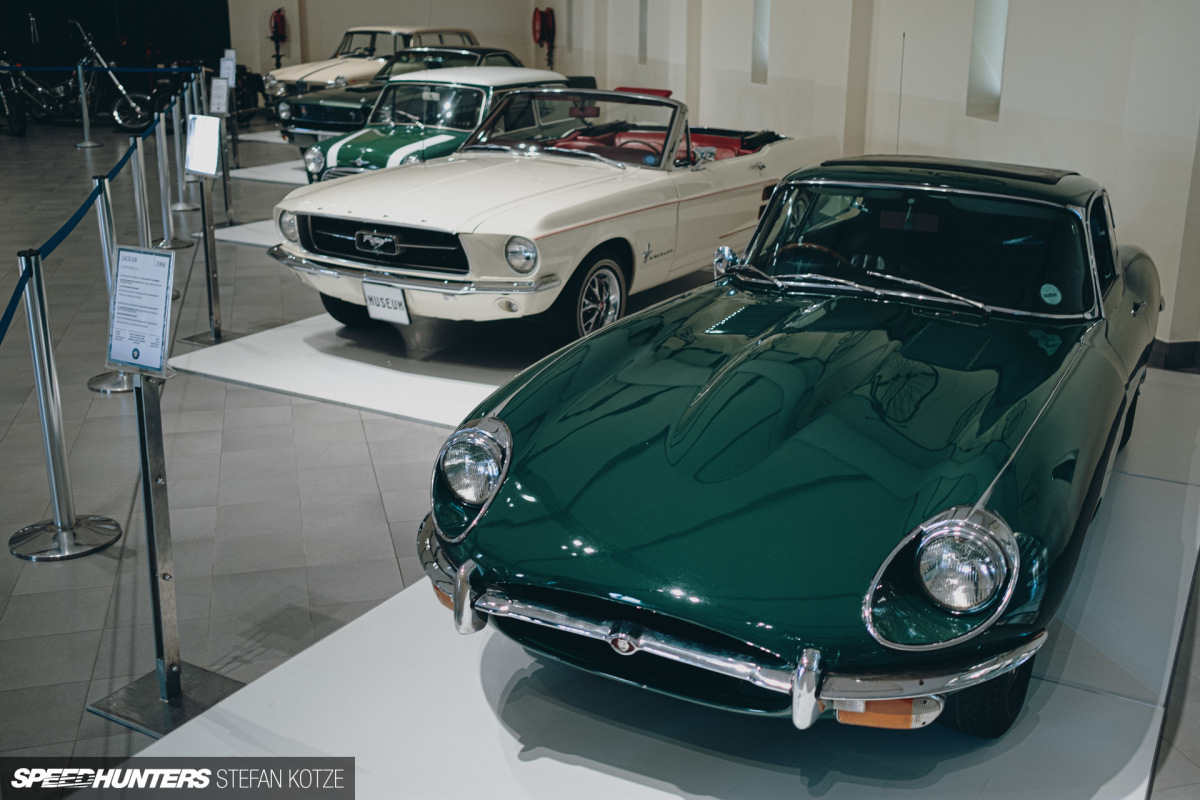
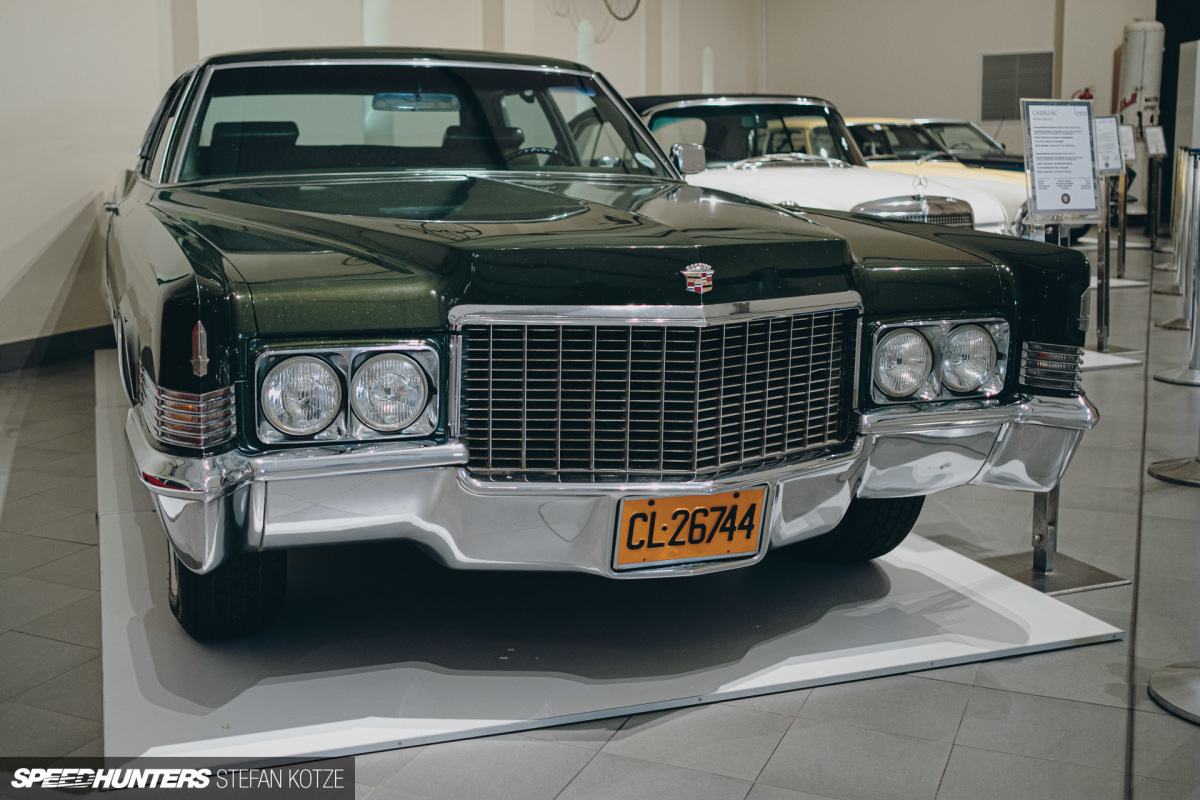
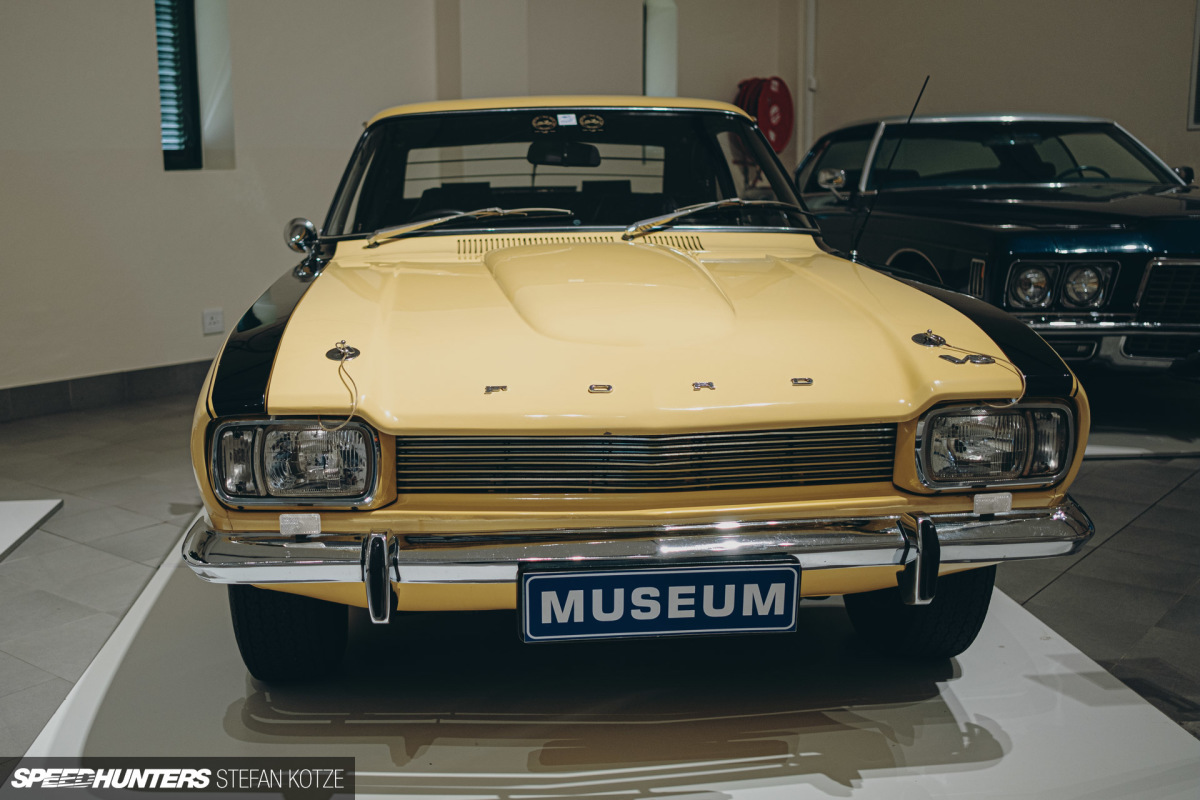
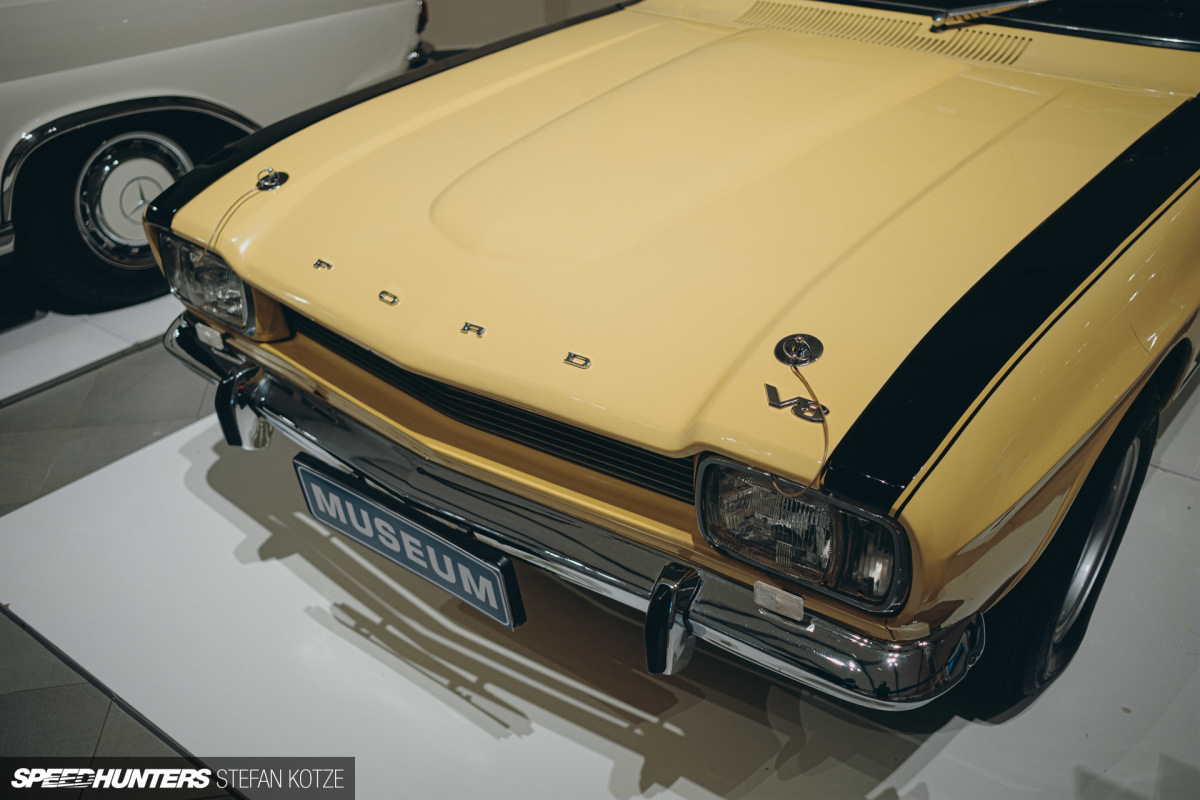
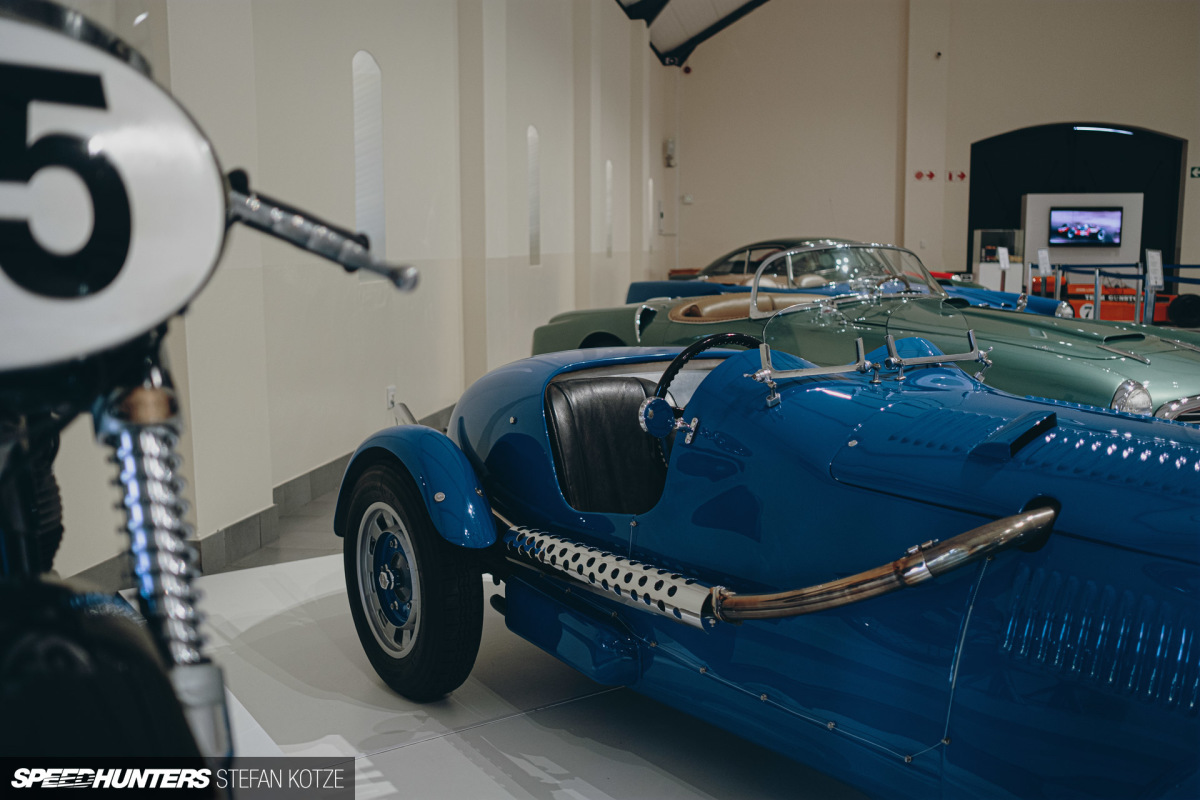
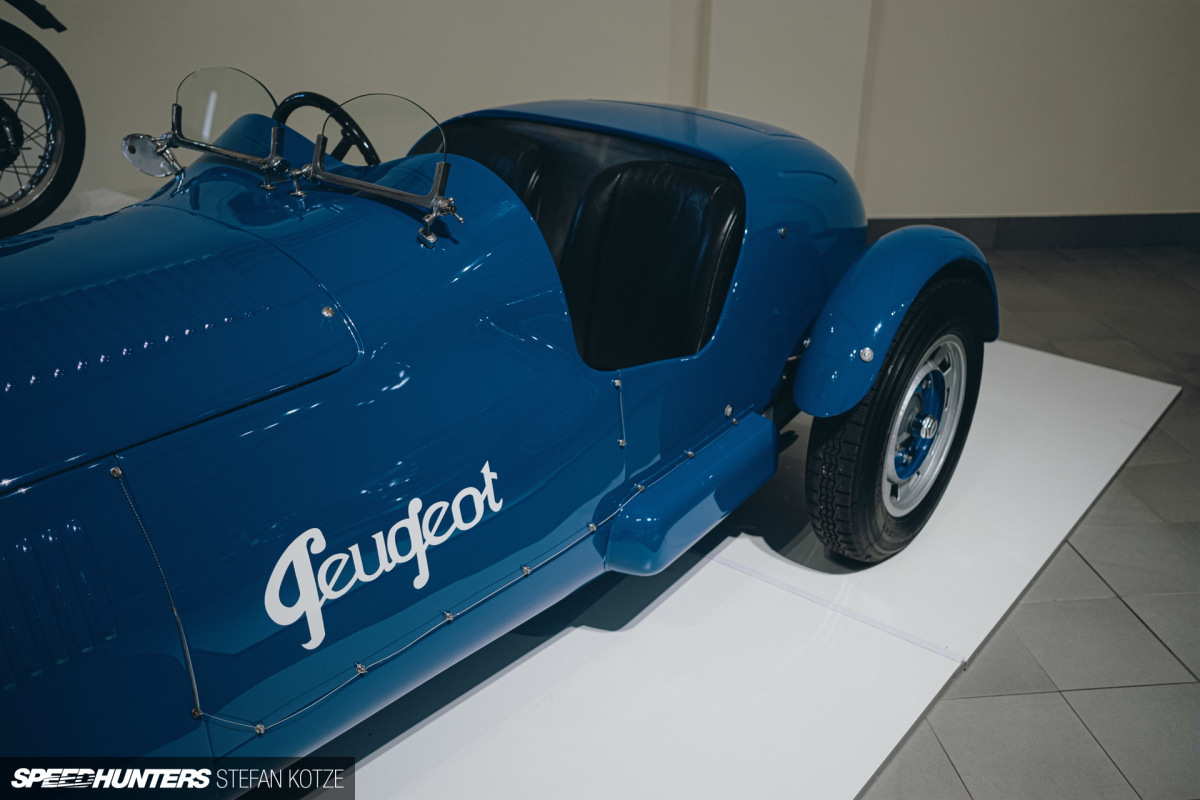
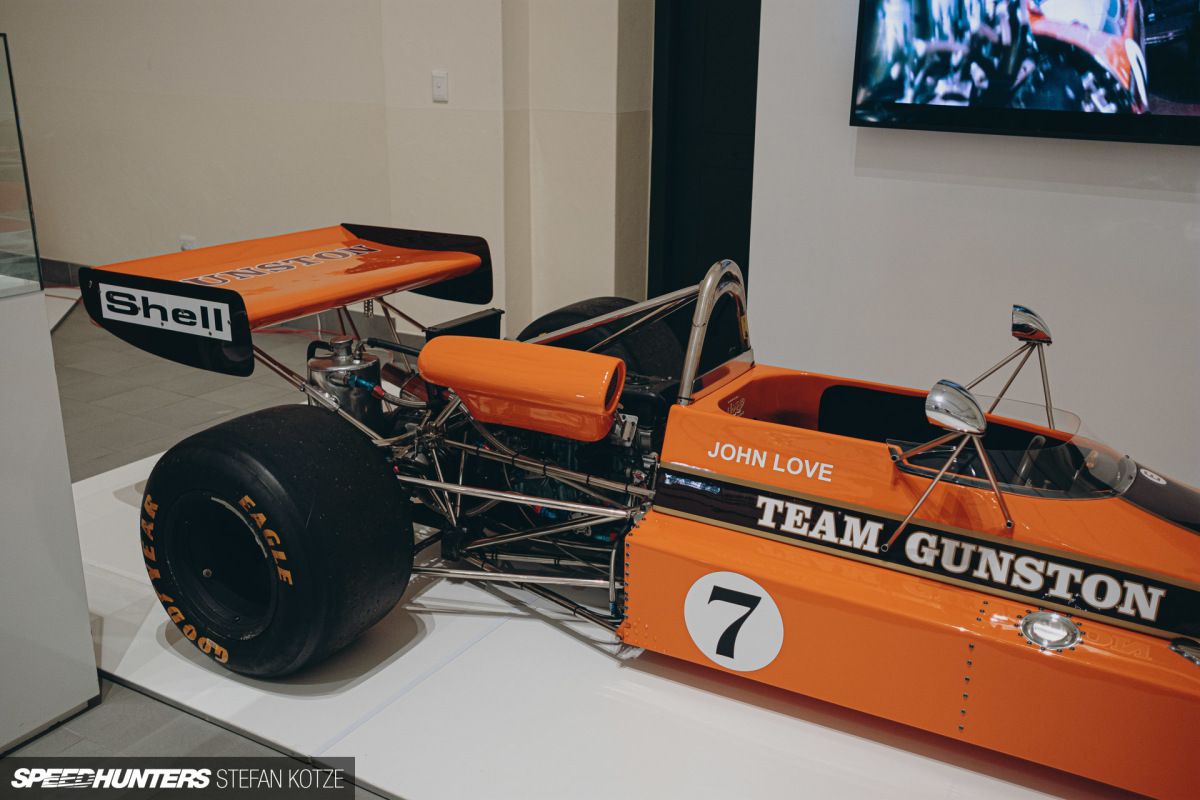
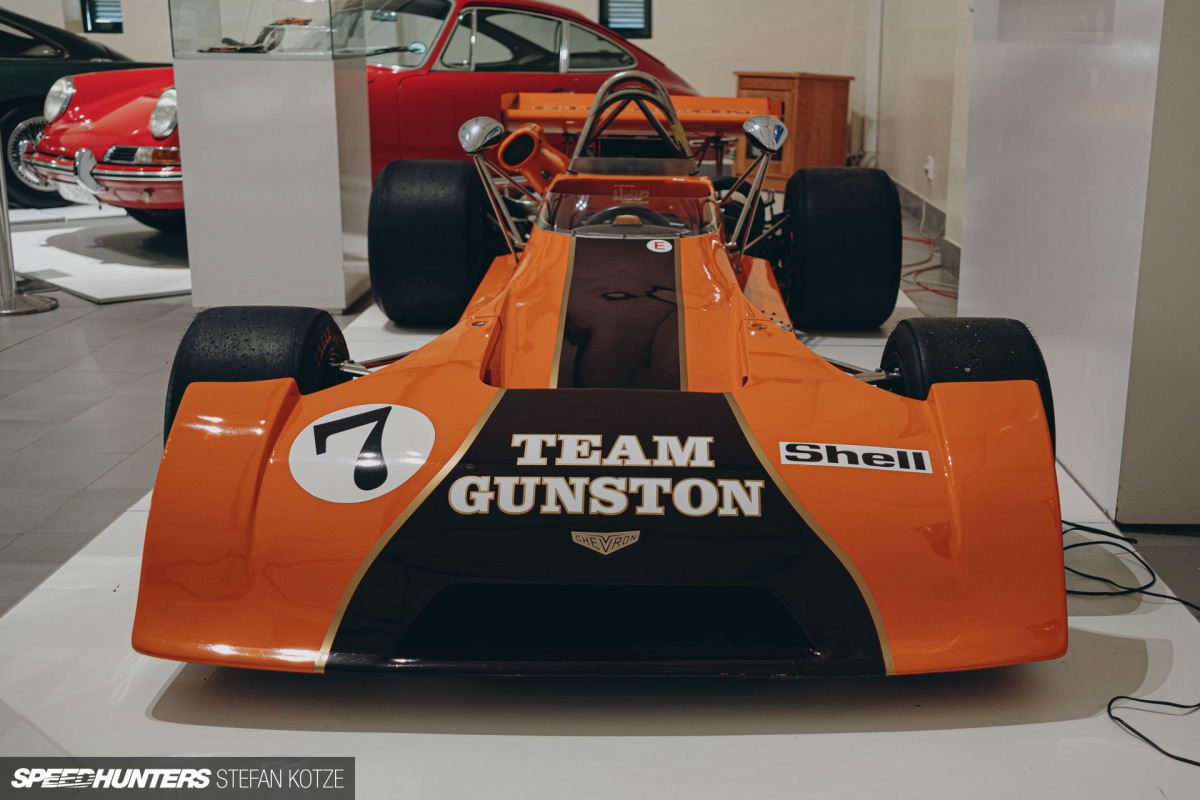
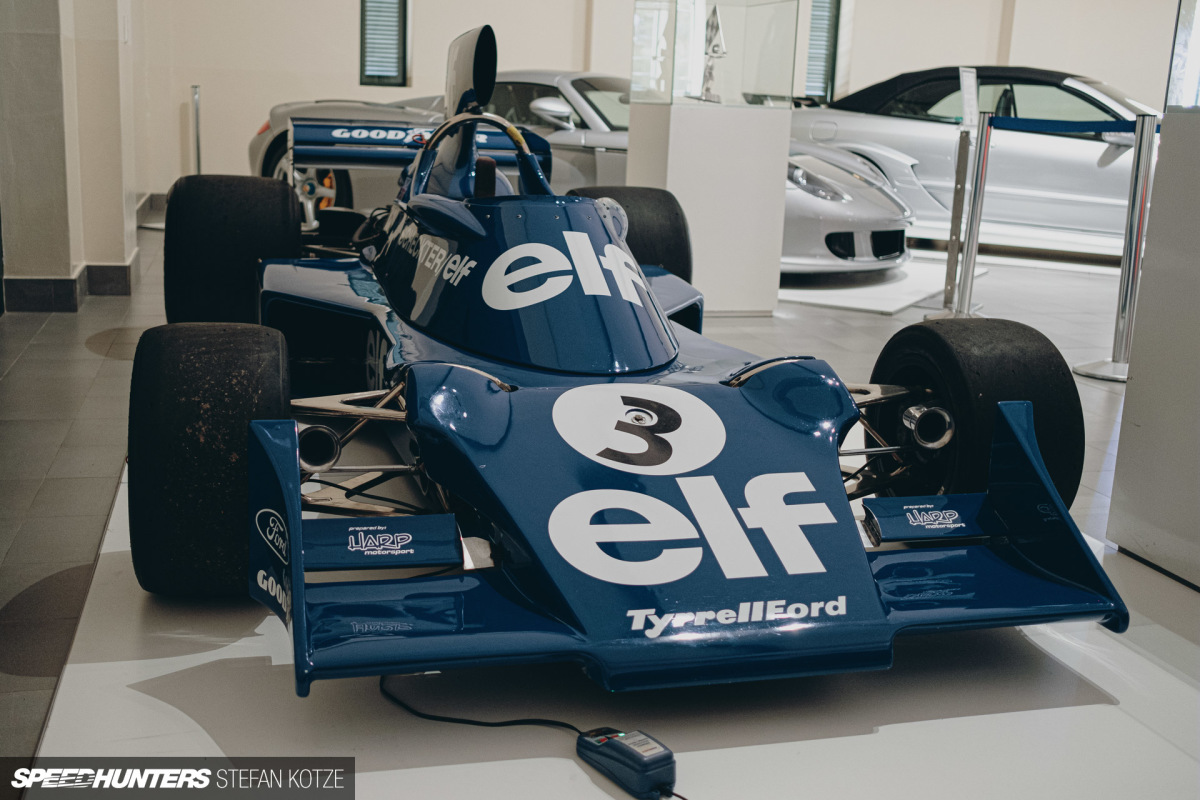
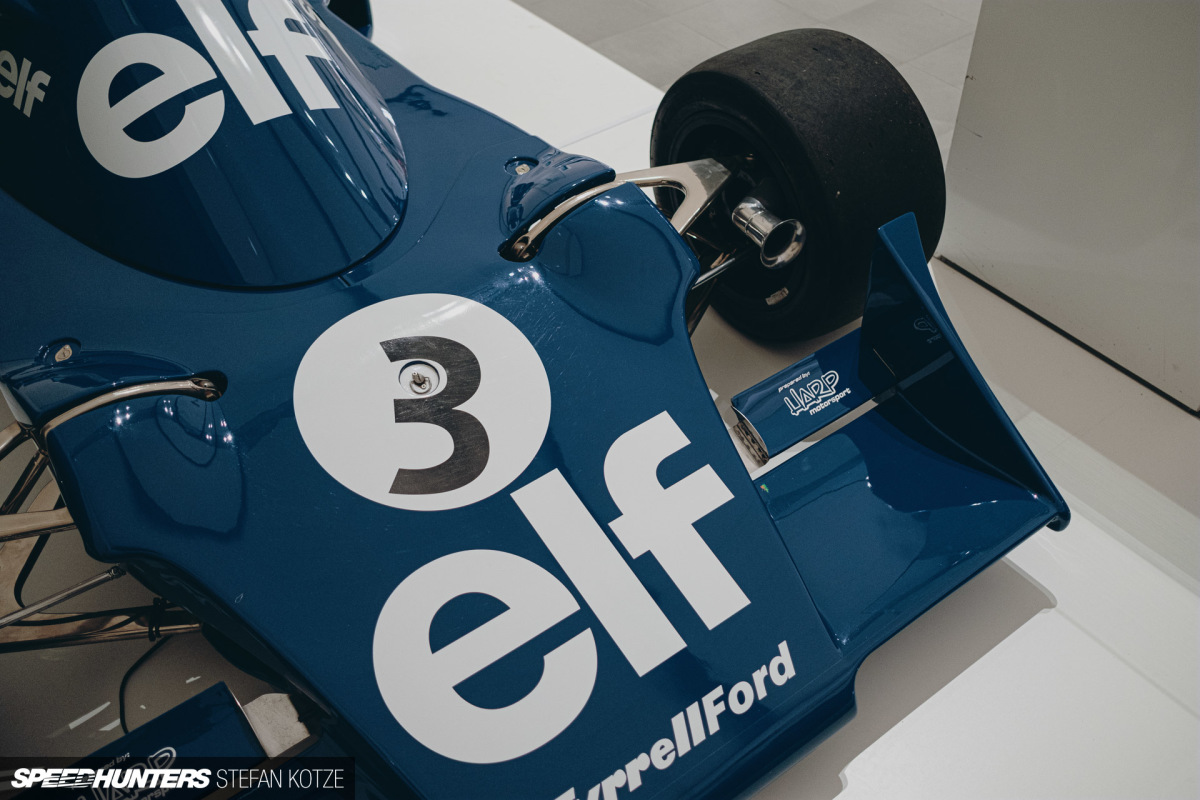
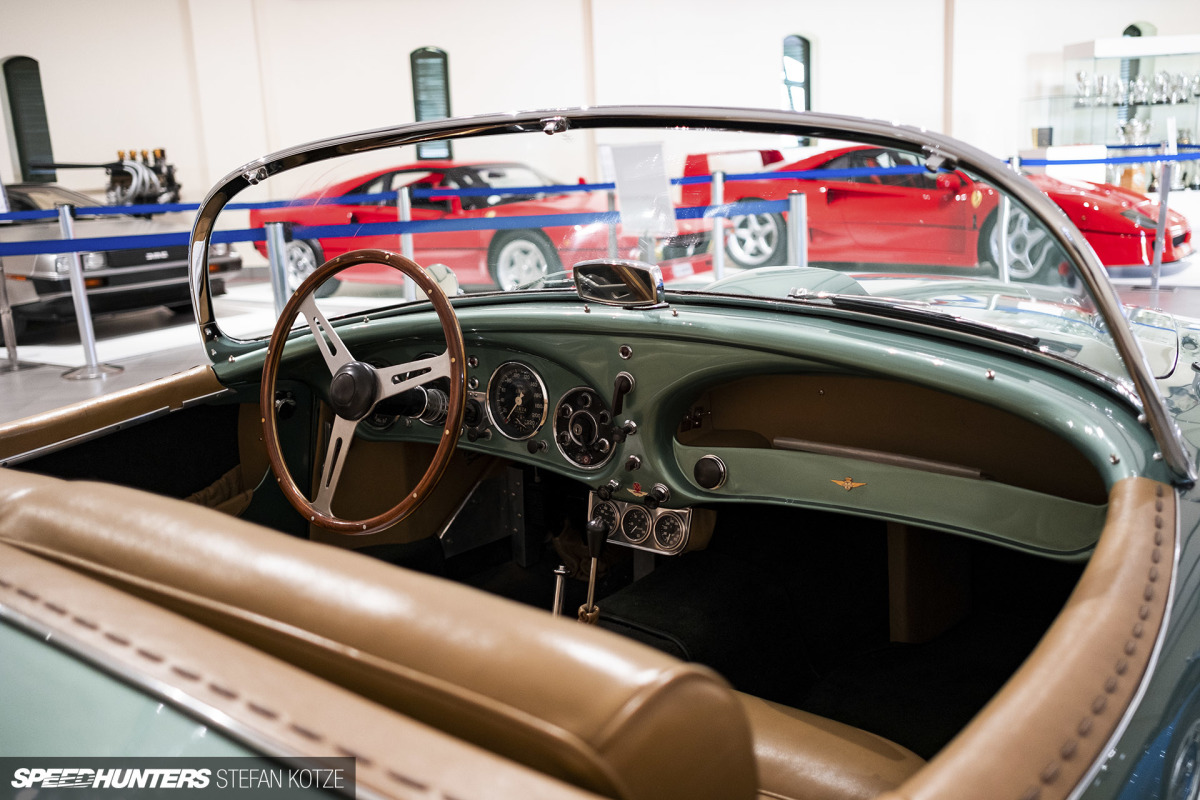
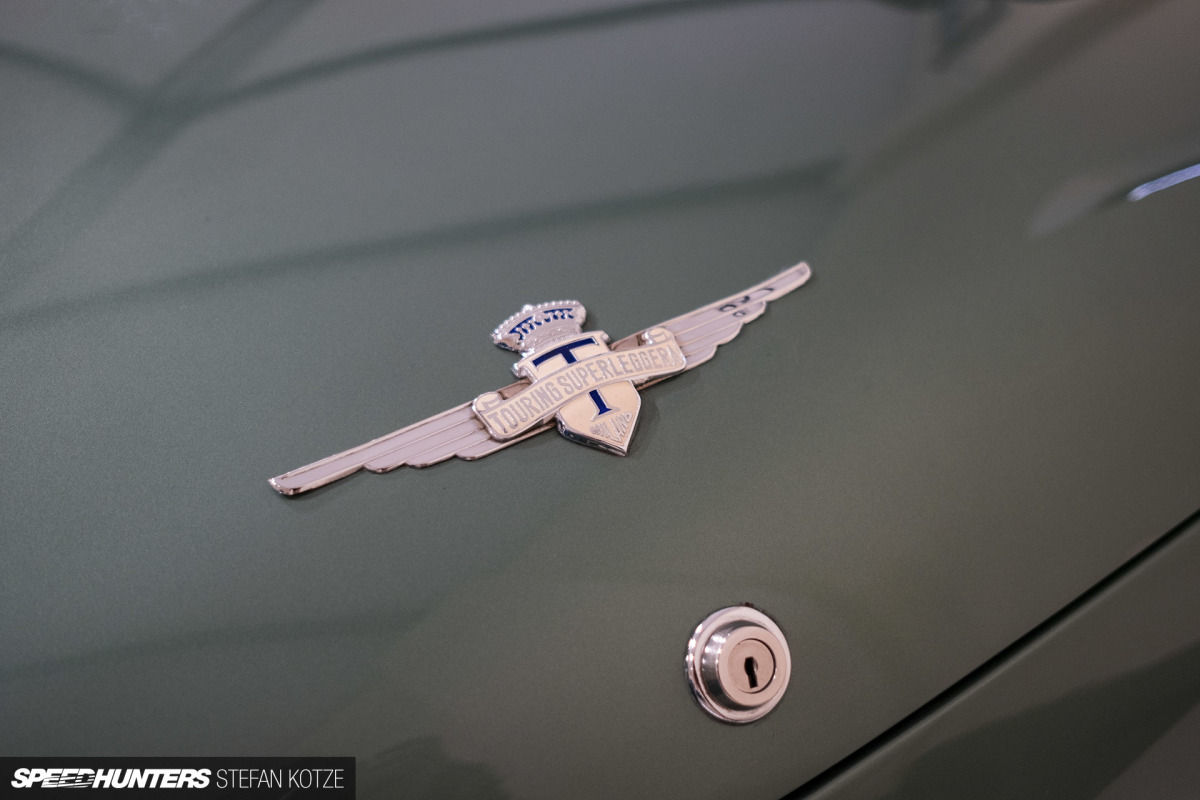
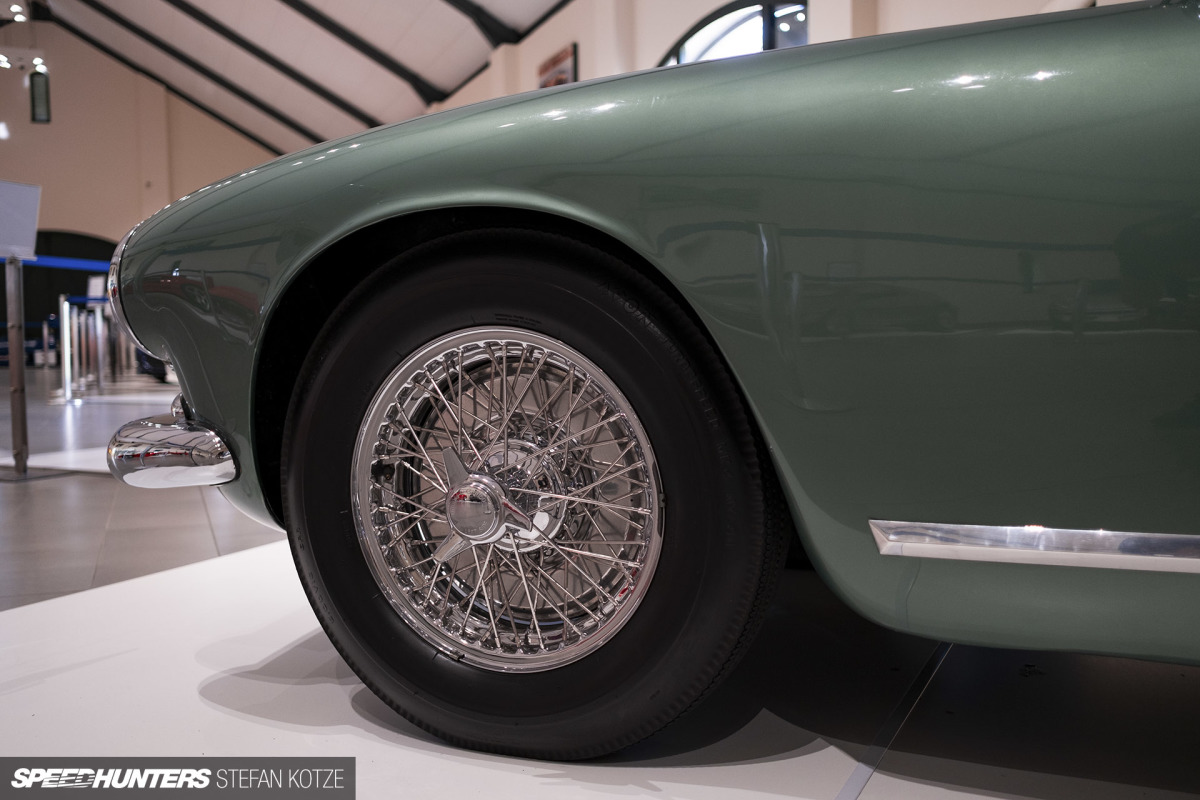
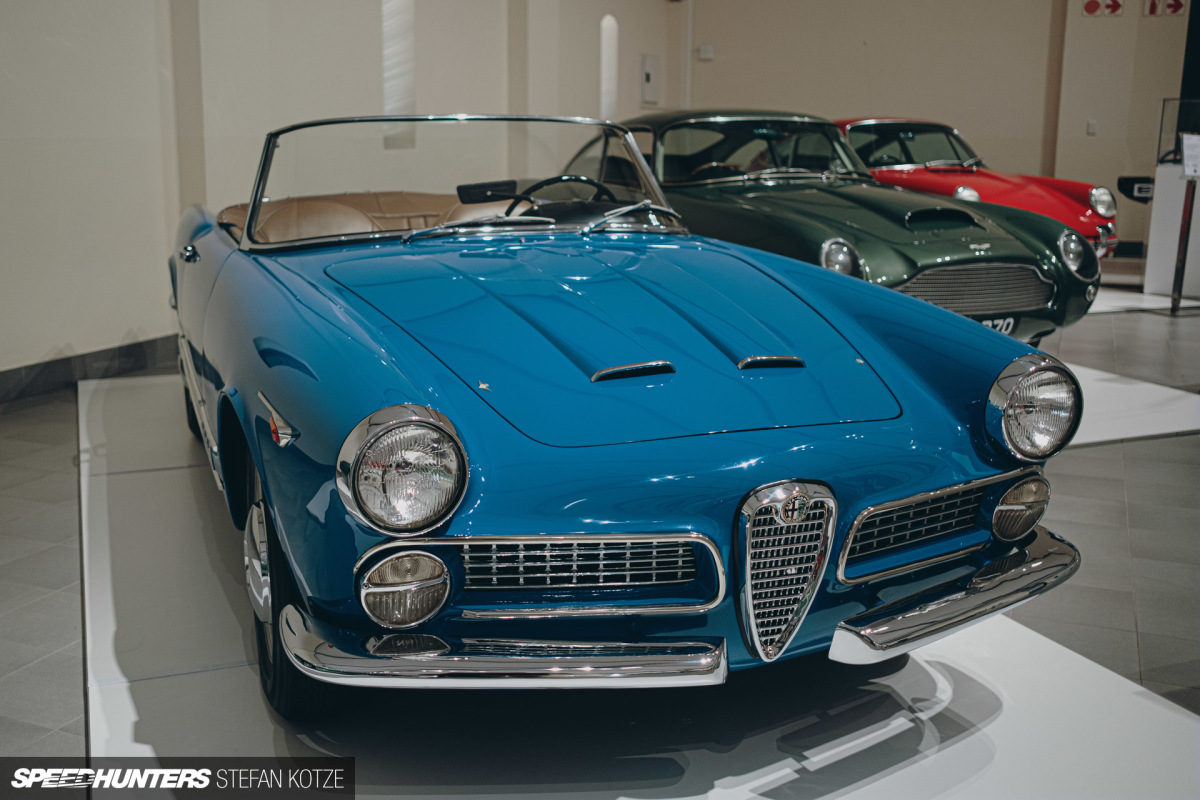
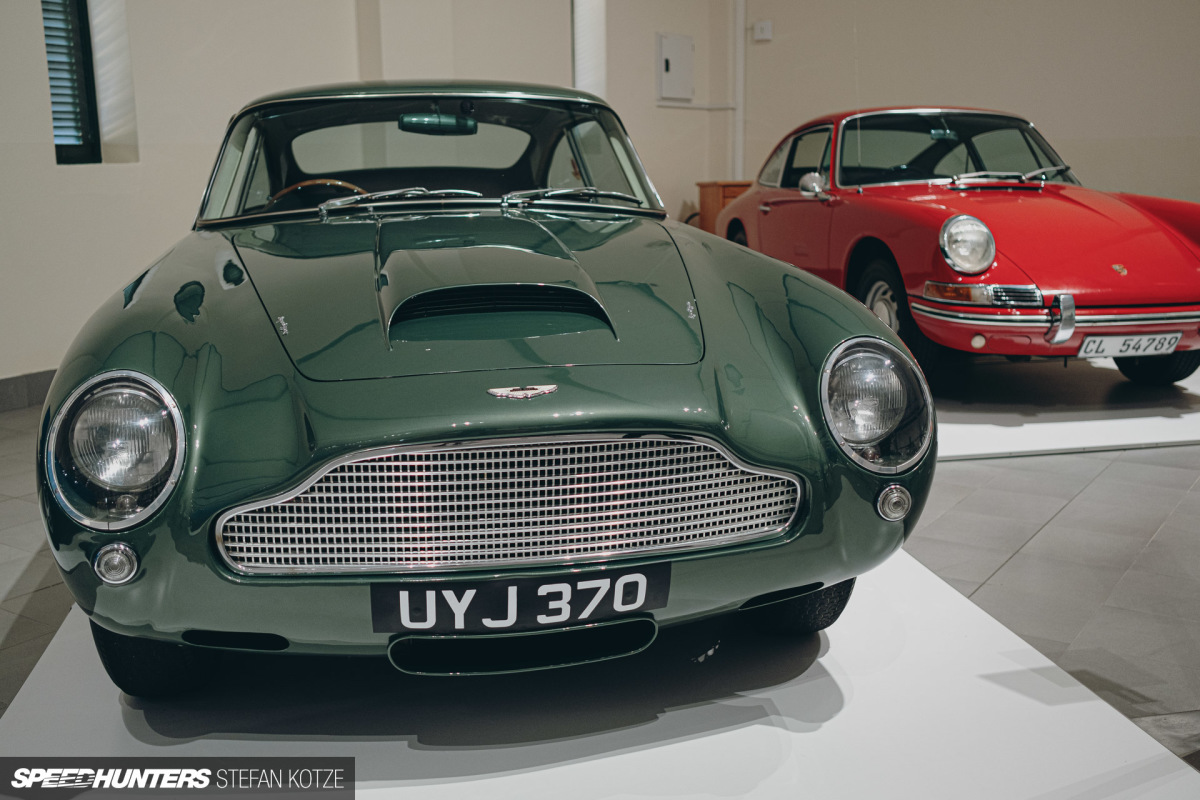
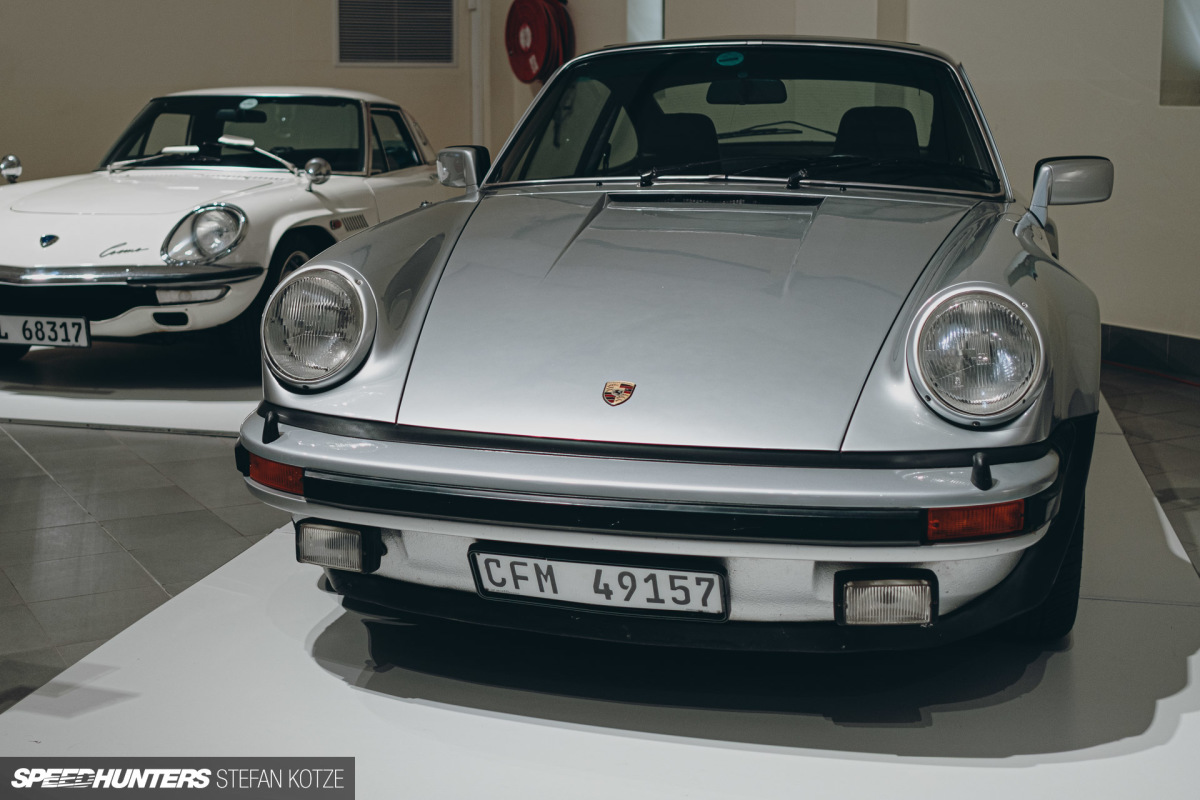
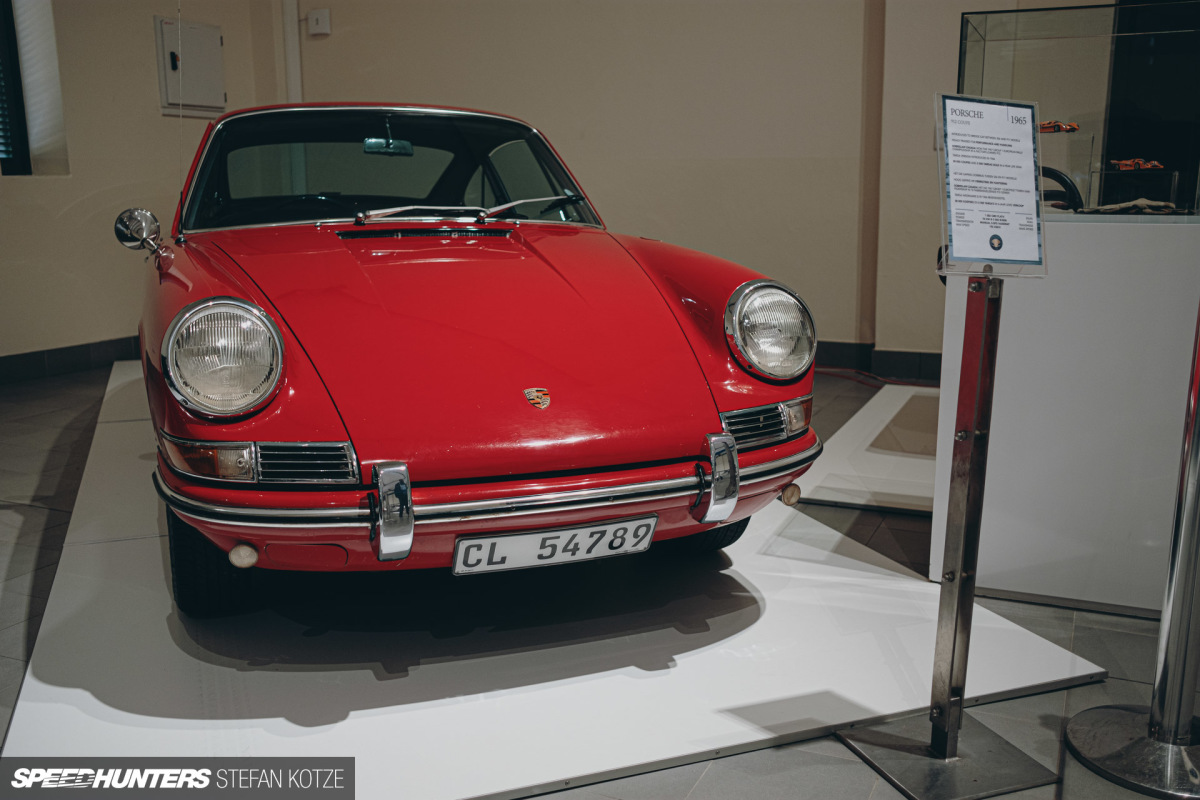
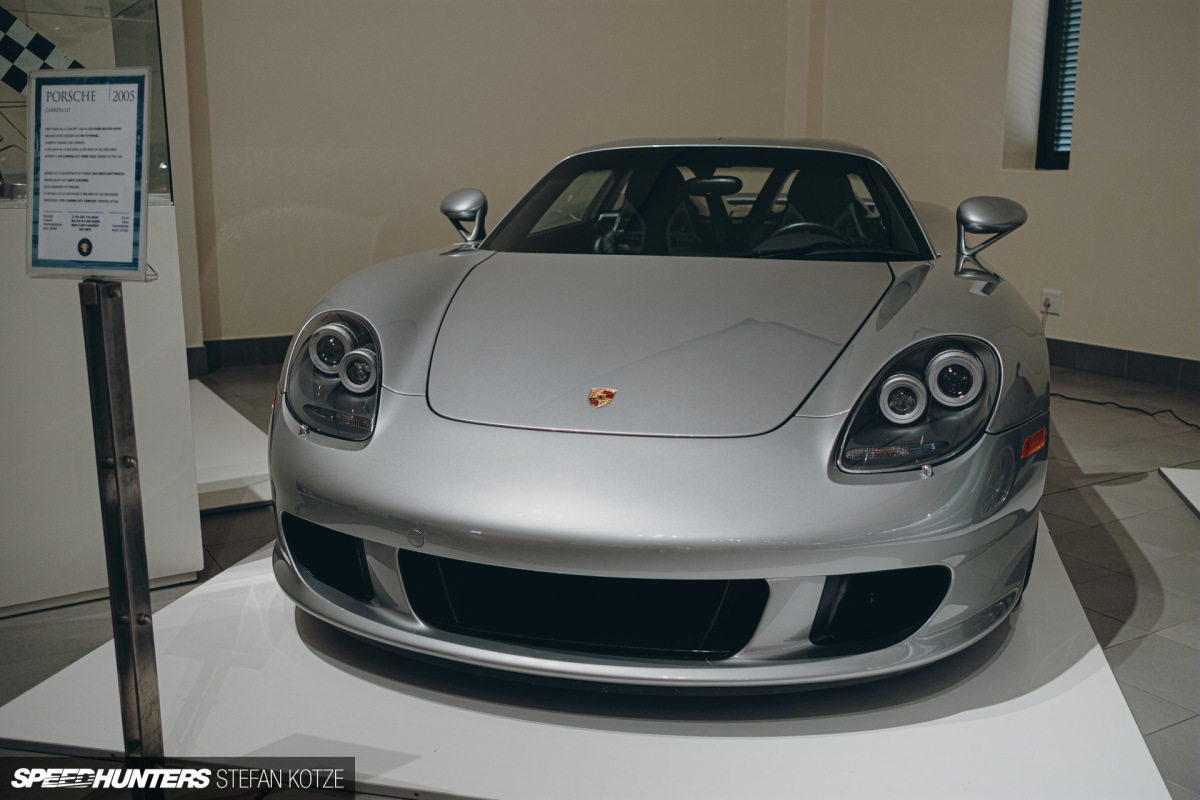
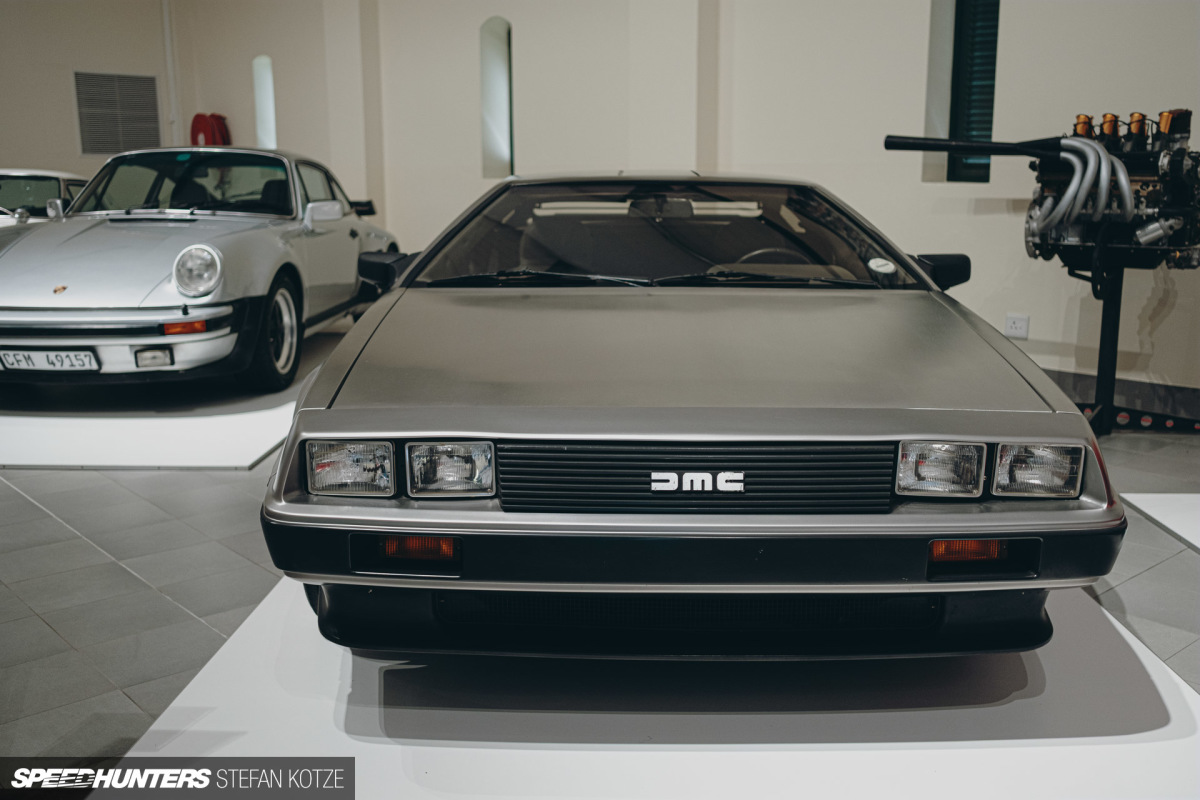
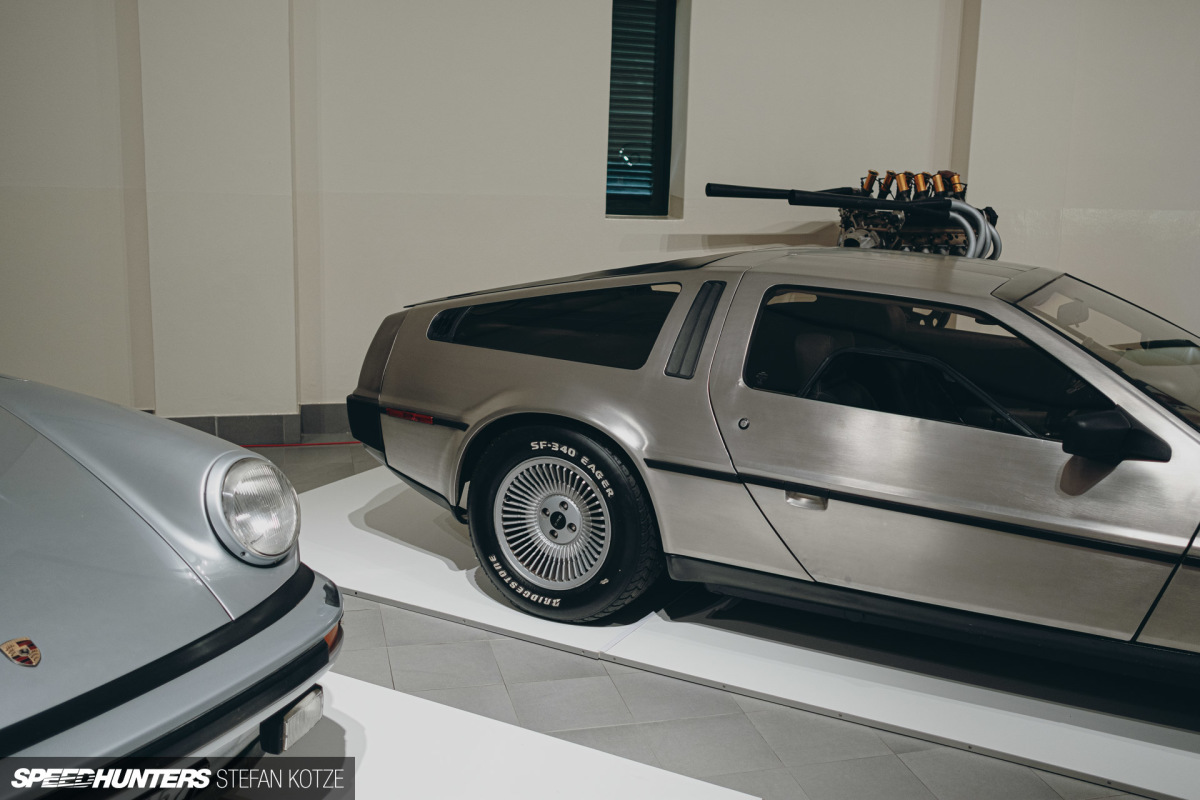
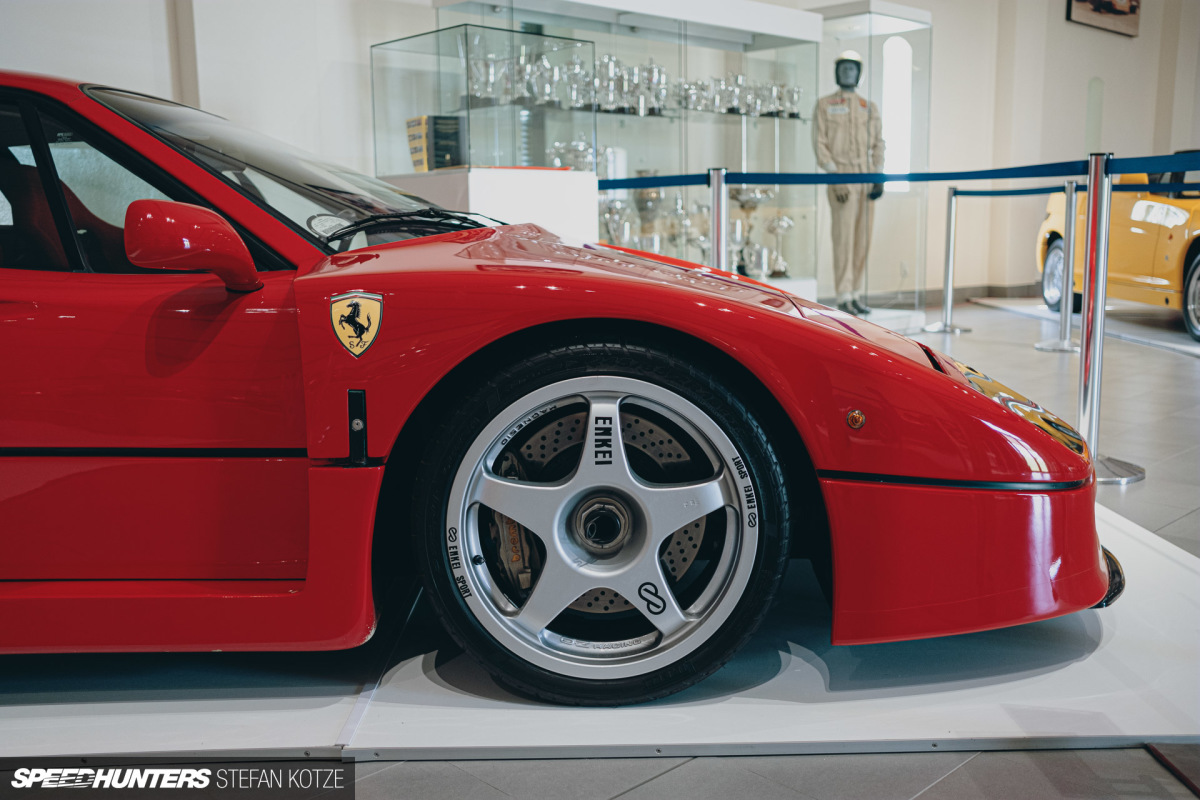
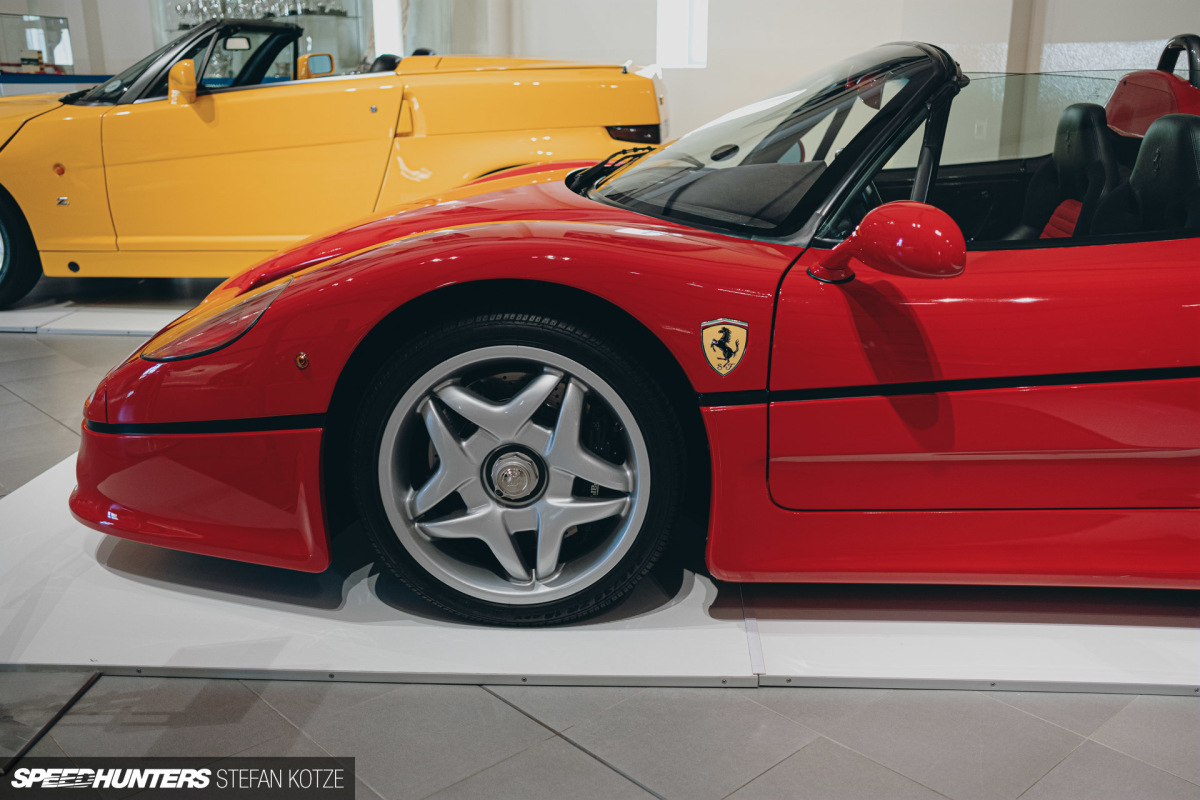
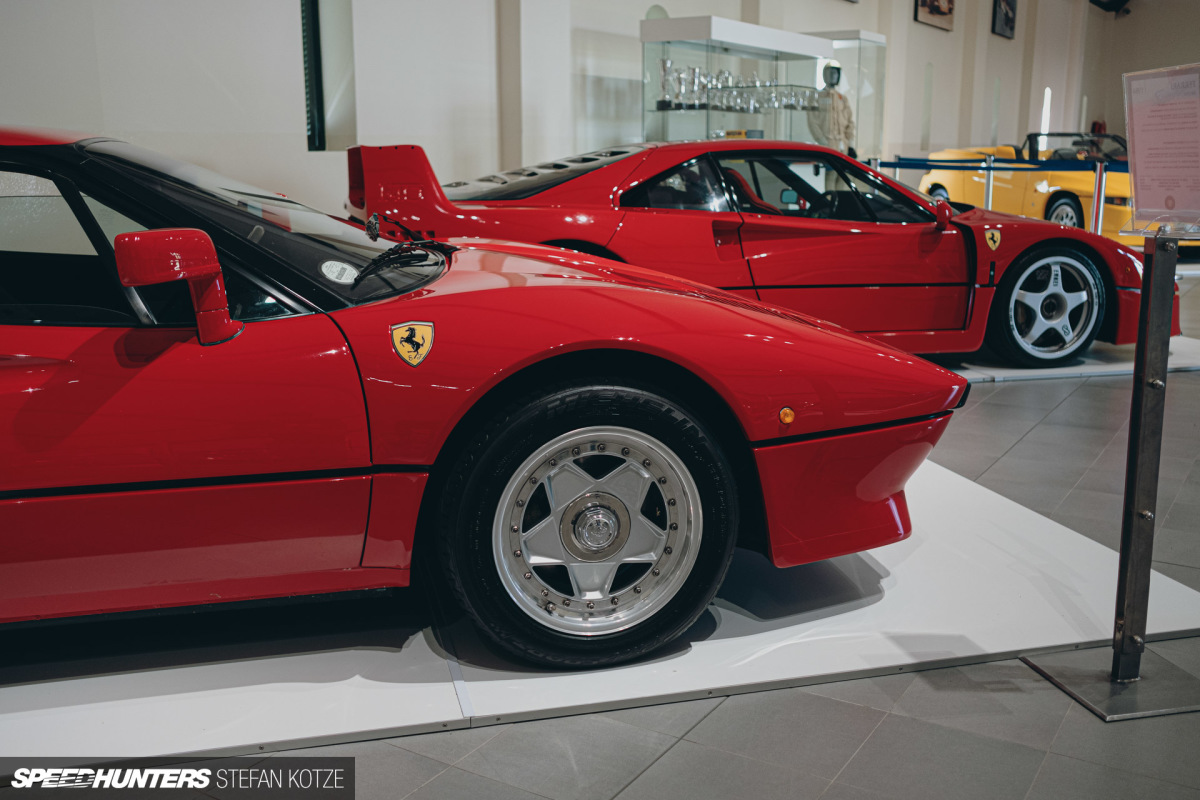
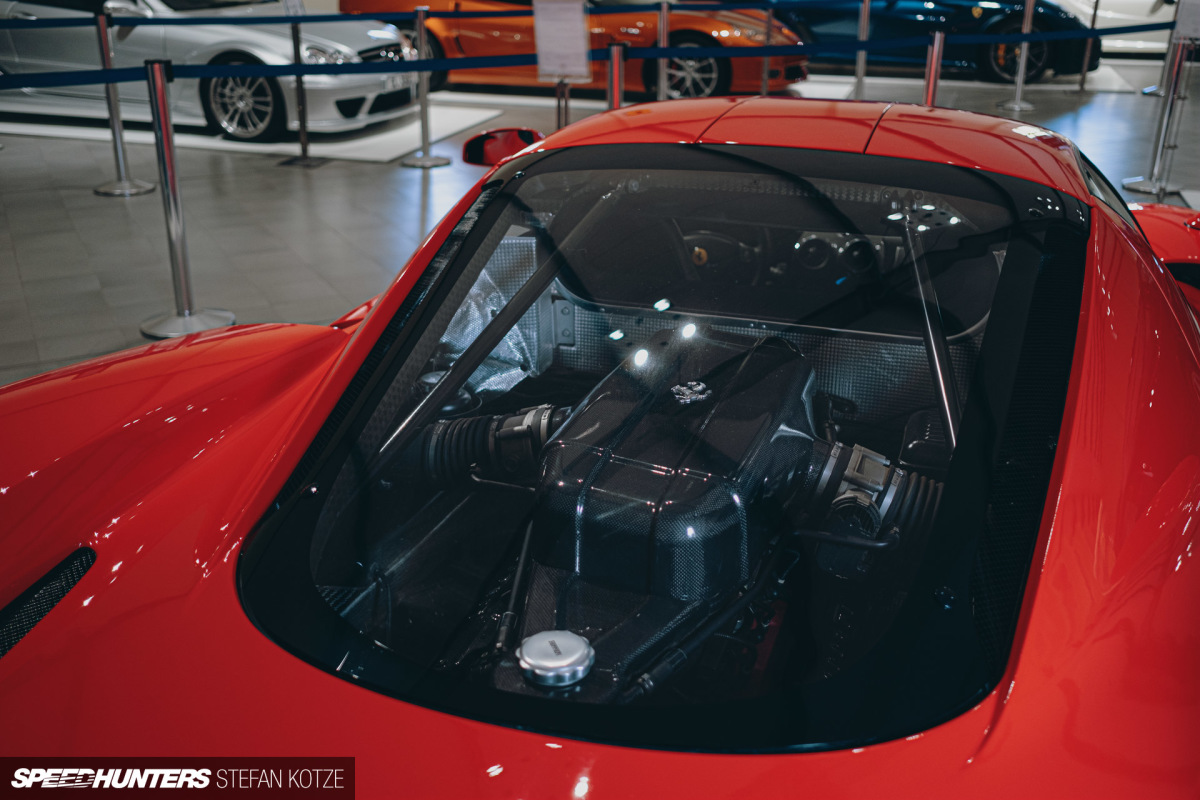
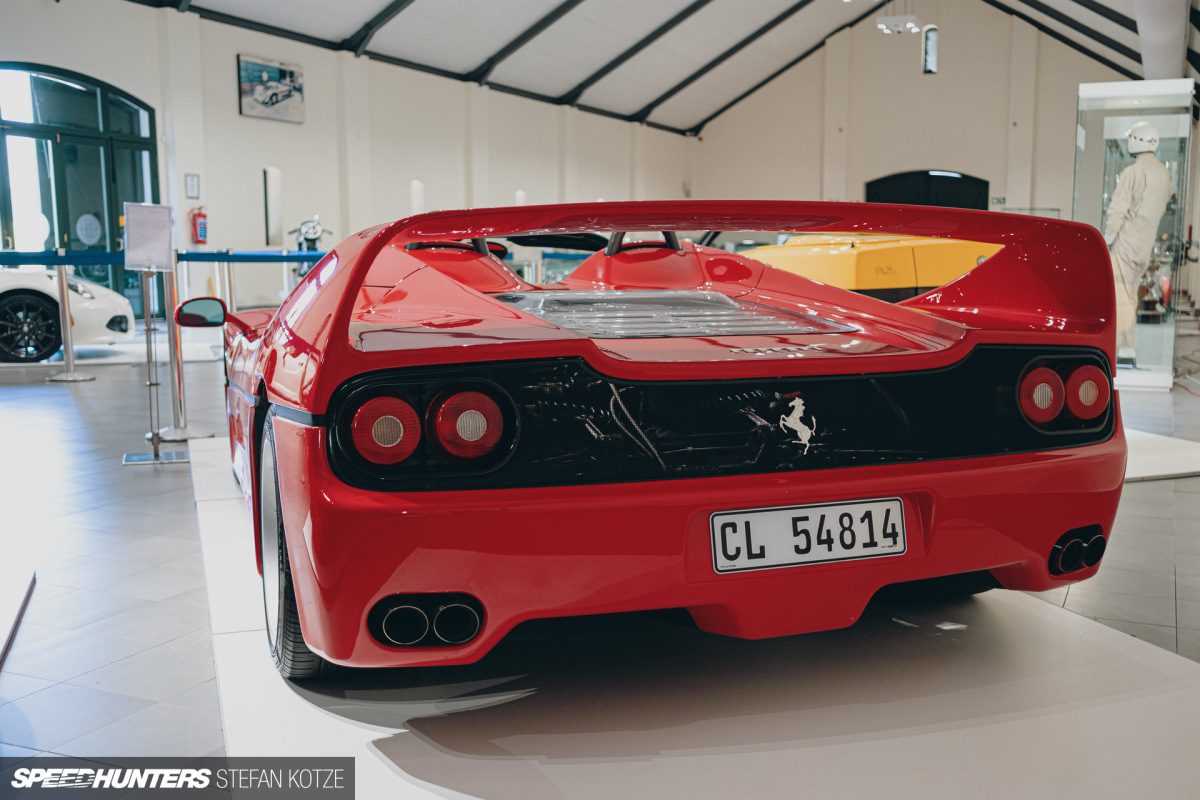
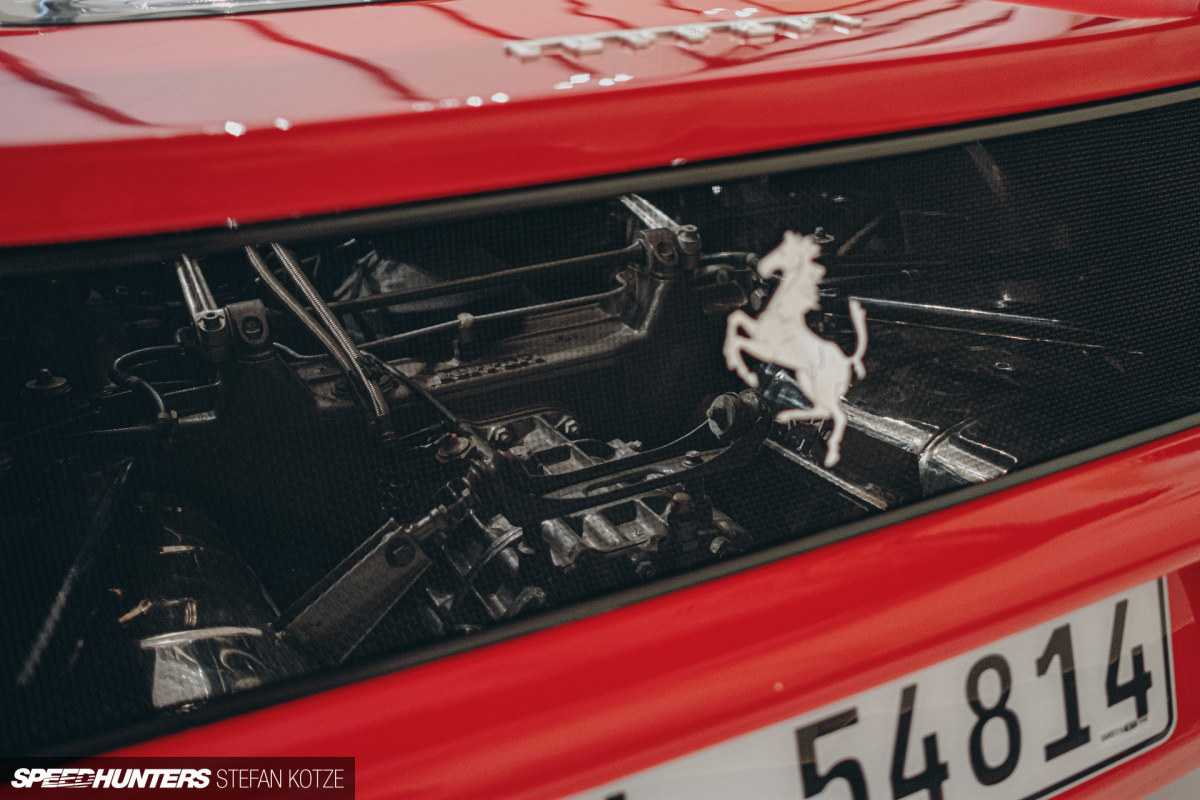
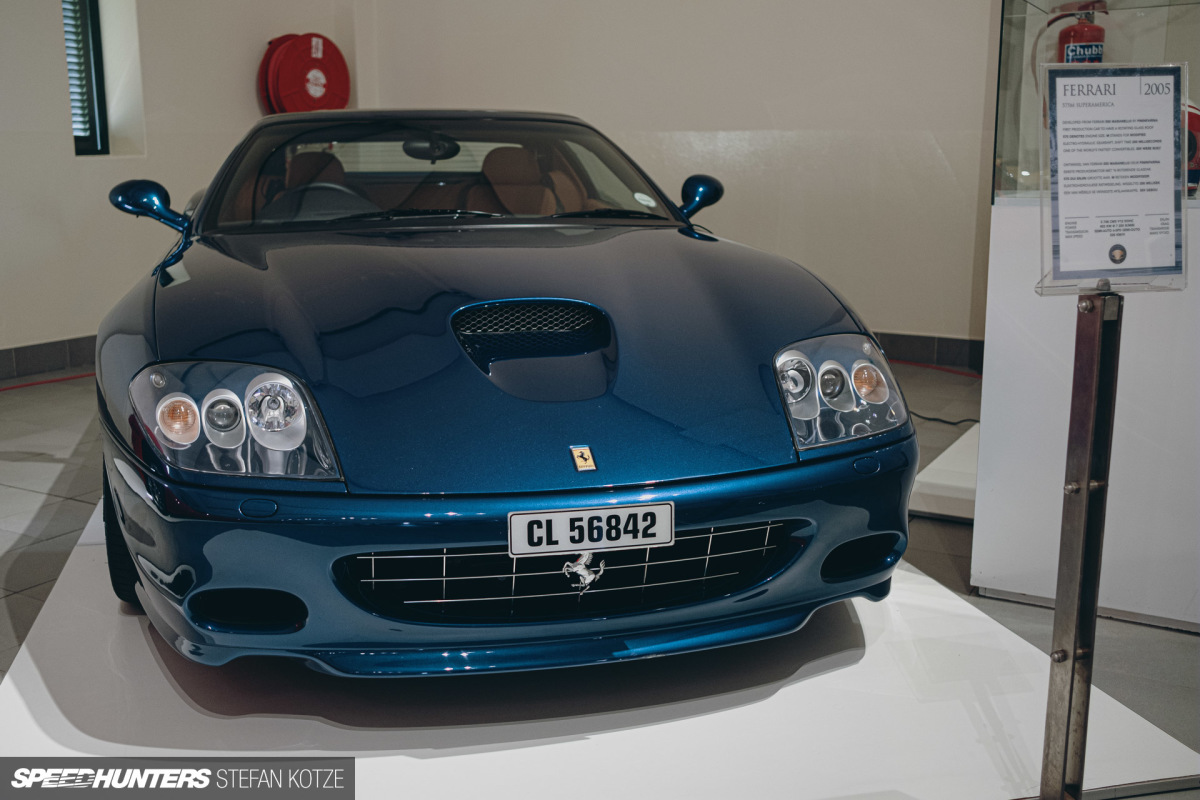
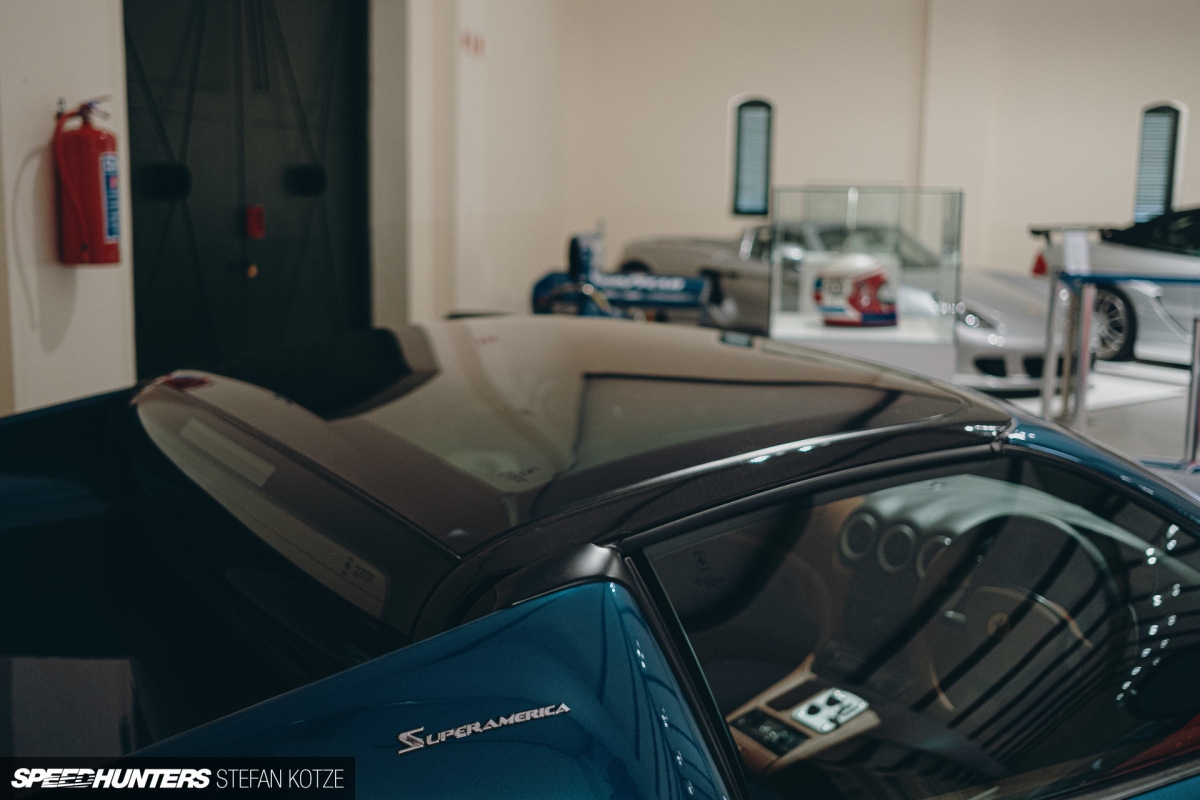
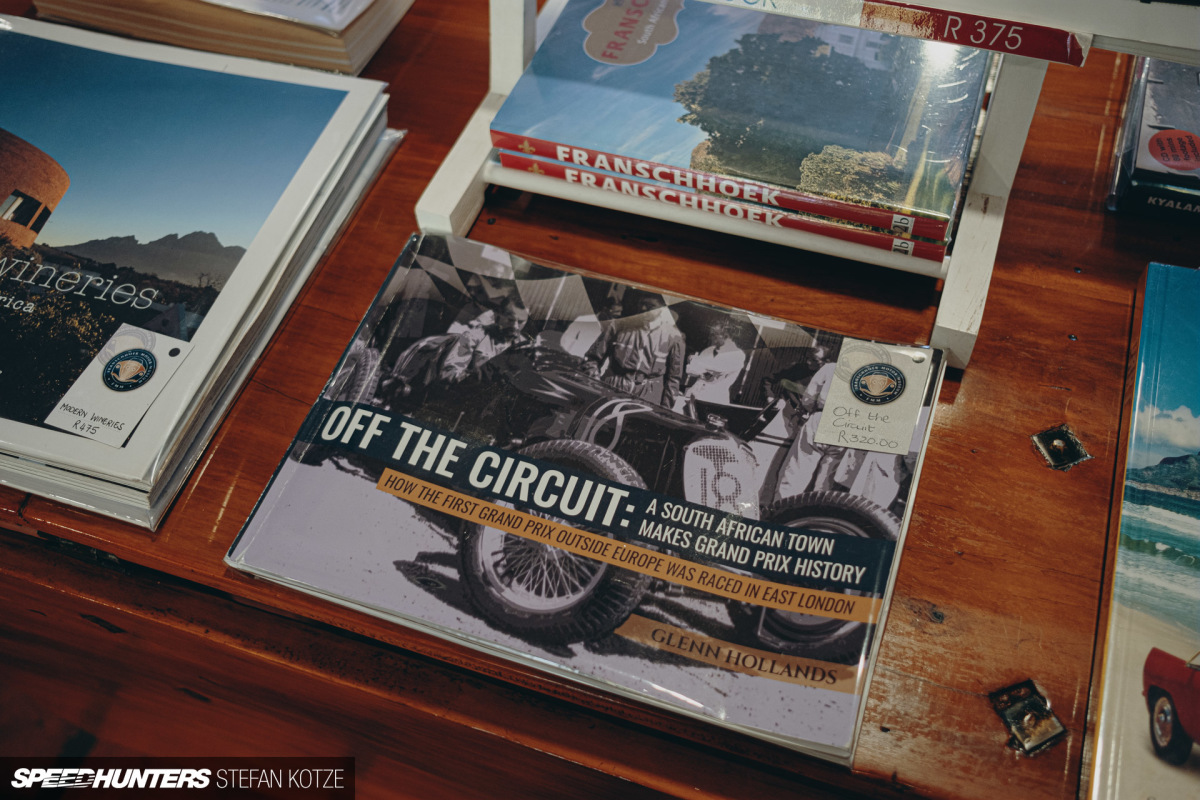
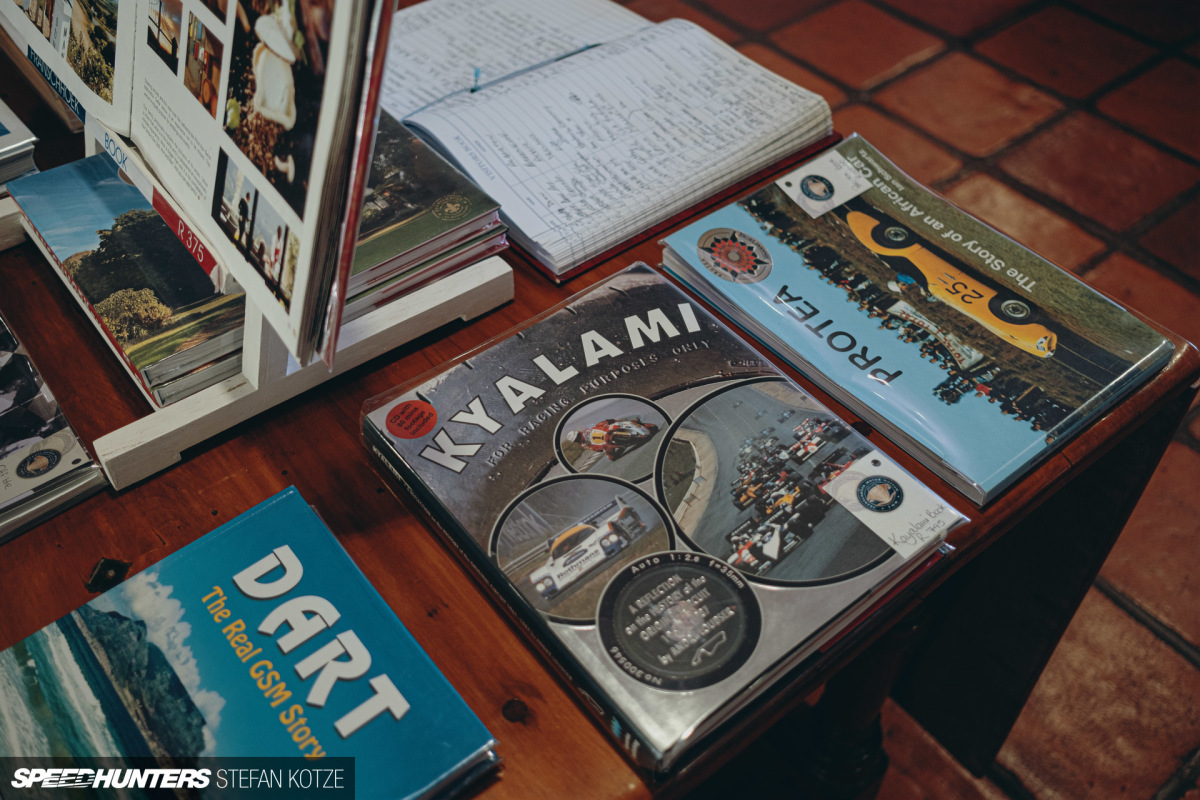
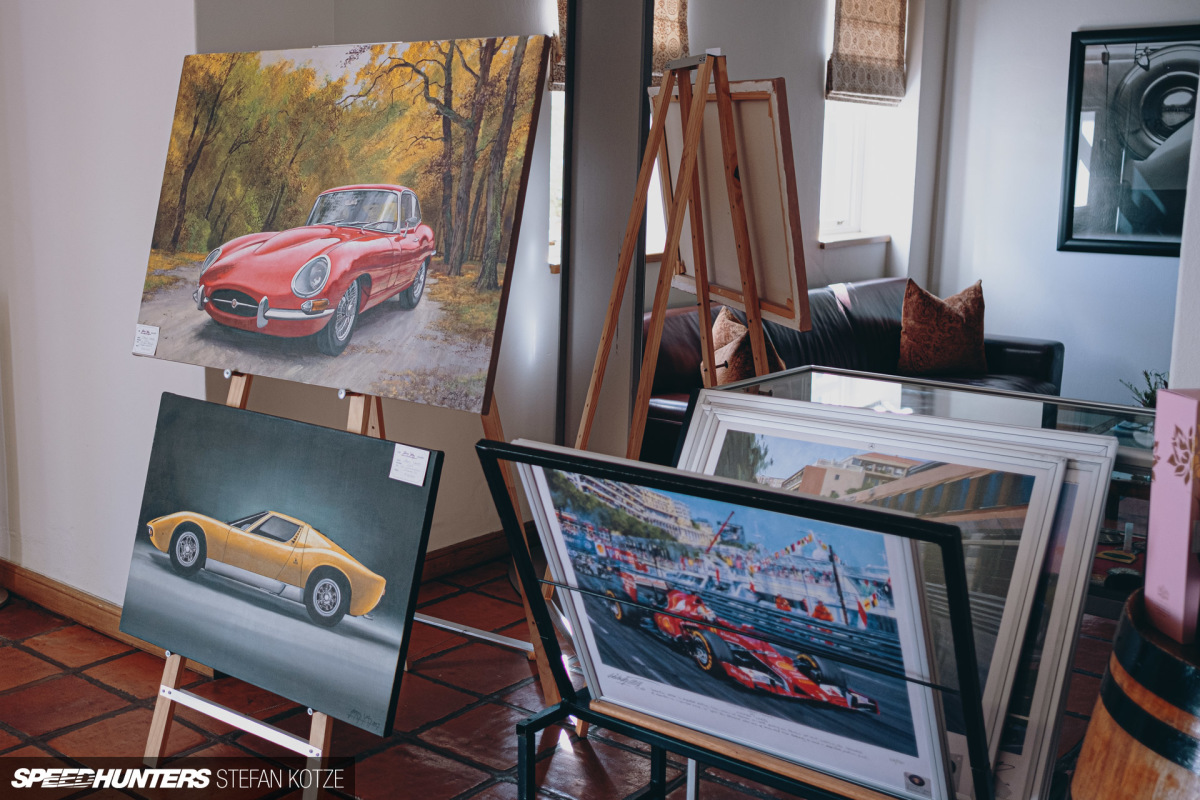





I was just there in November! Highly recommend everyone enjoy the drive out there and the wonderful cars.
It really is so cool and because they rotate the cars all the time, more than one visit is so worth it
Hmm, looks like a place where black people won't be let in :^)
Bro I only want that CLK DTM, 599 GTO and Carrera GT.....that's all
That's not even asking much, still leaving them with at least 197 cars at a minimum
Nice selection of cars there. Whets the brown/tan off road looking thing about halfway down the page next to the blue alfa?
It's a Citroën Mahari, similar to VW's Thing.
You mean red Alfa? It's a DKW Munga. A German car from the mid 50s mainly for military purpose.
One of my favourite places to visit! They also regularly do demonstration runs with the vehicles around the courtyard
Yeah those demonstration runs are epic. They also have a full racetrack connected to the premises
Oh man!
Amazing place! Pity the McLaren F1 and Porsche 956C weren’t there on that day!
Maybe the F1 is out on its annual service?
They always rotate, so might just been out of rotation at the time. The F1 gets it service done in SA, the previous time it was done, Paul Lanzante came out and did it here.
Nice one Stefan! TONS of beautiful cars there. But, the JDM blood in me has one question: Is that NSX Manual or Auto? LOL
Small error in the section "The first automobiles". The 1903 ford is labeled as a model A when its actually a model T. Lots of high quality examples of automotive history in there. Great article!
Cool! Here, in Bikaia(Basque Country) there is a similar museum. It named Loizaga Tower. Have many old and historic cars, over all a lot of Rolls Royce. My favorite in the place, a genuine Countach 5000. Sometimes you can be surprised with a car collection anywhere that you can´t imagine!!
Thank you for article and photos, it's awesome. I didn't know about that place, but it is remarkable.